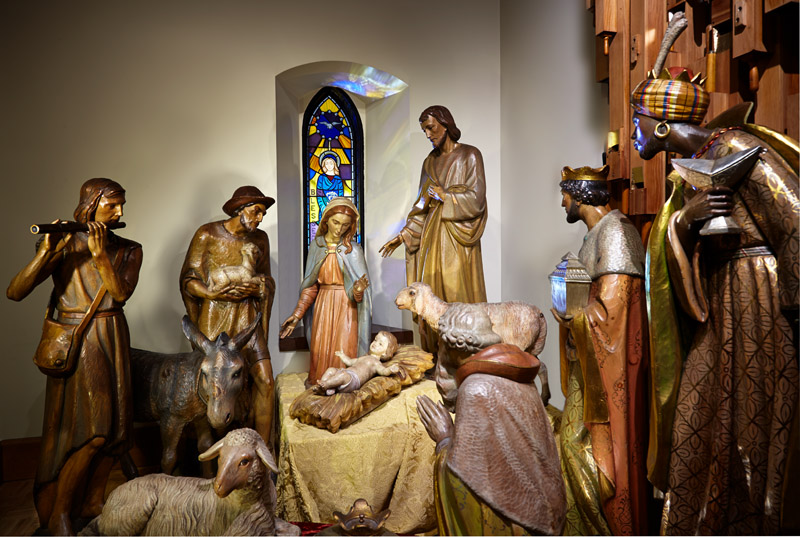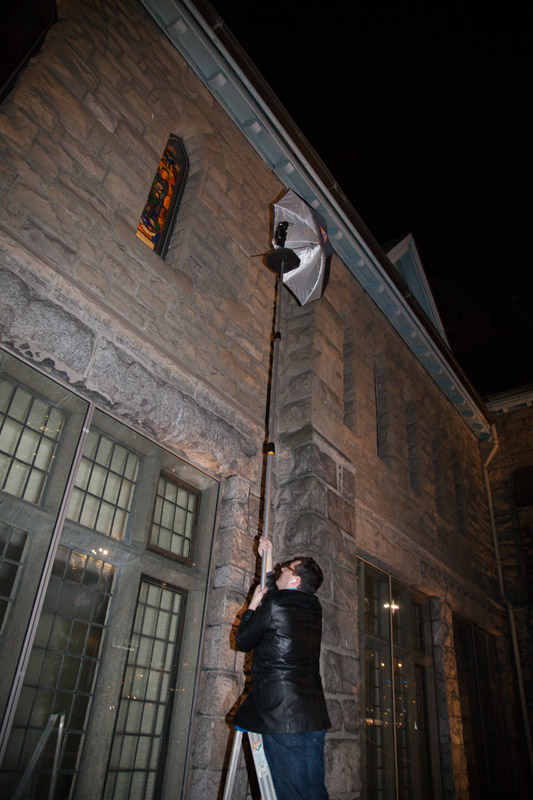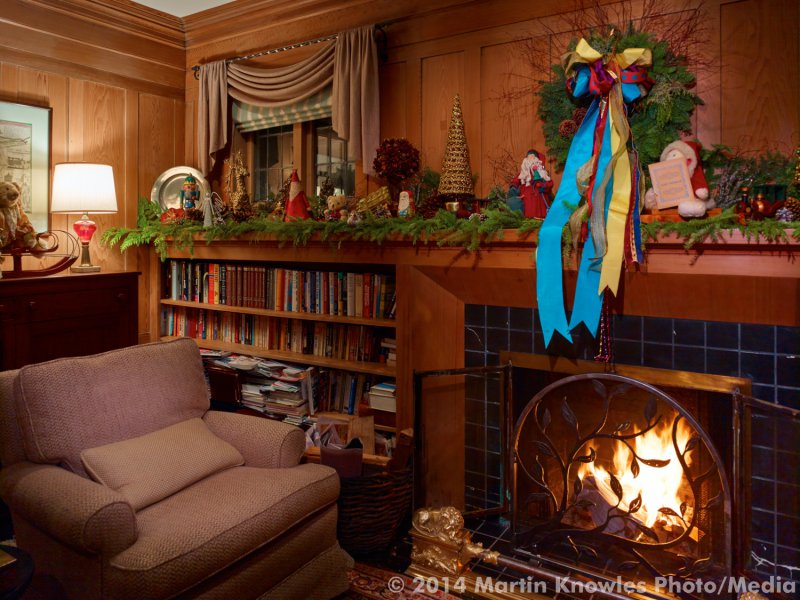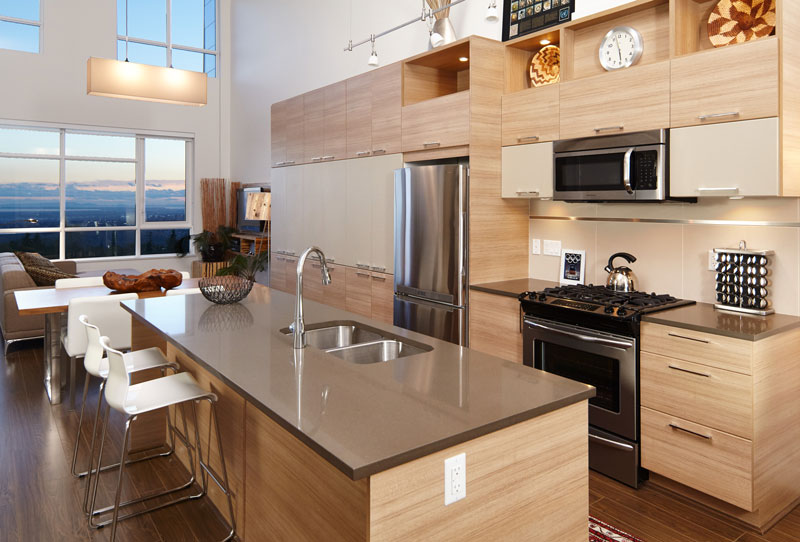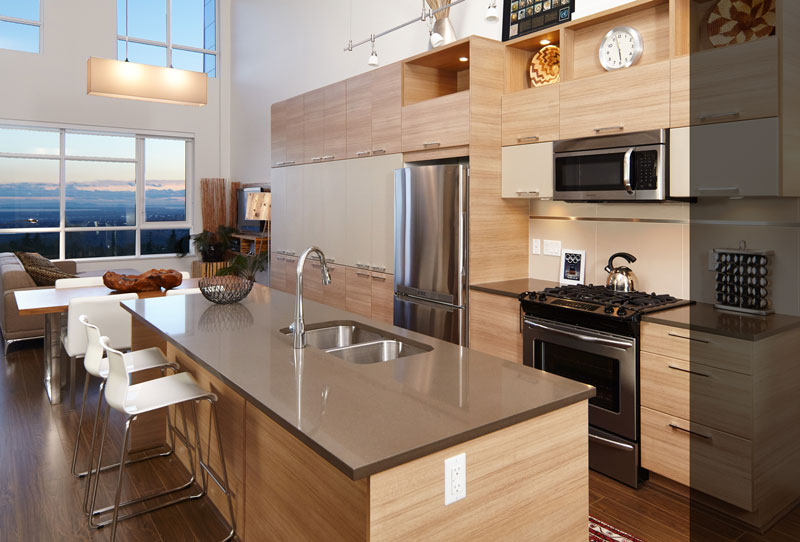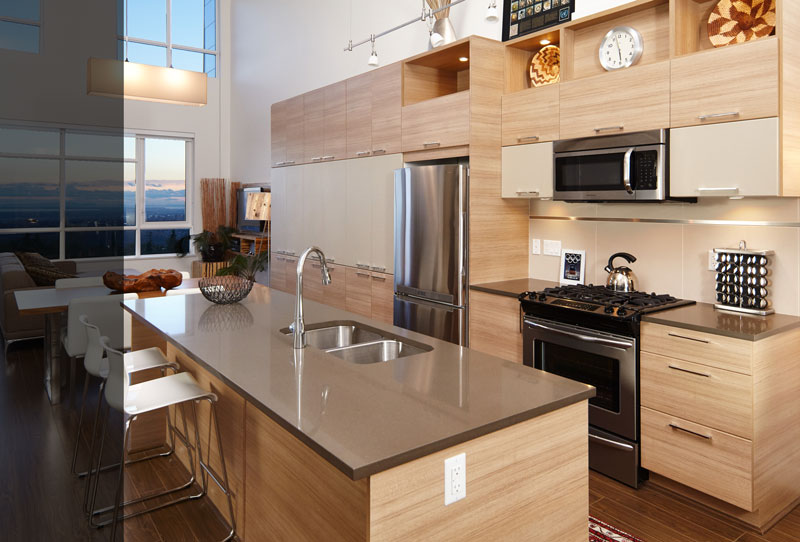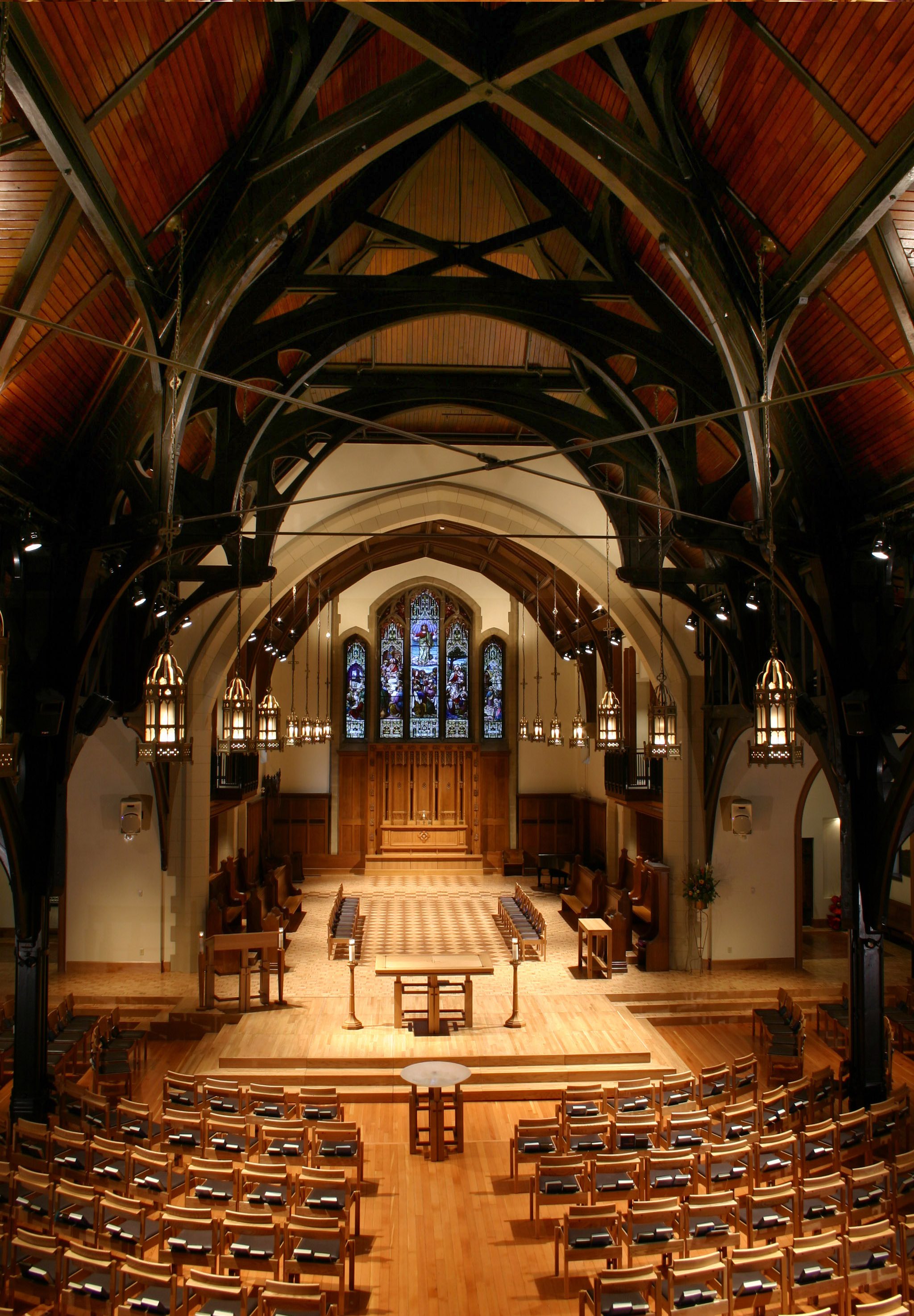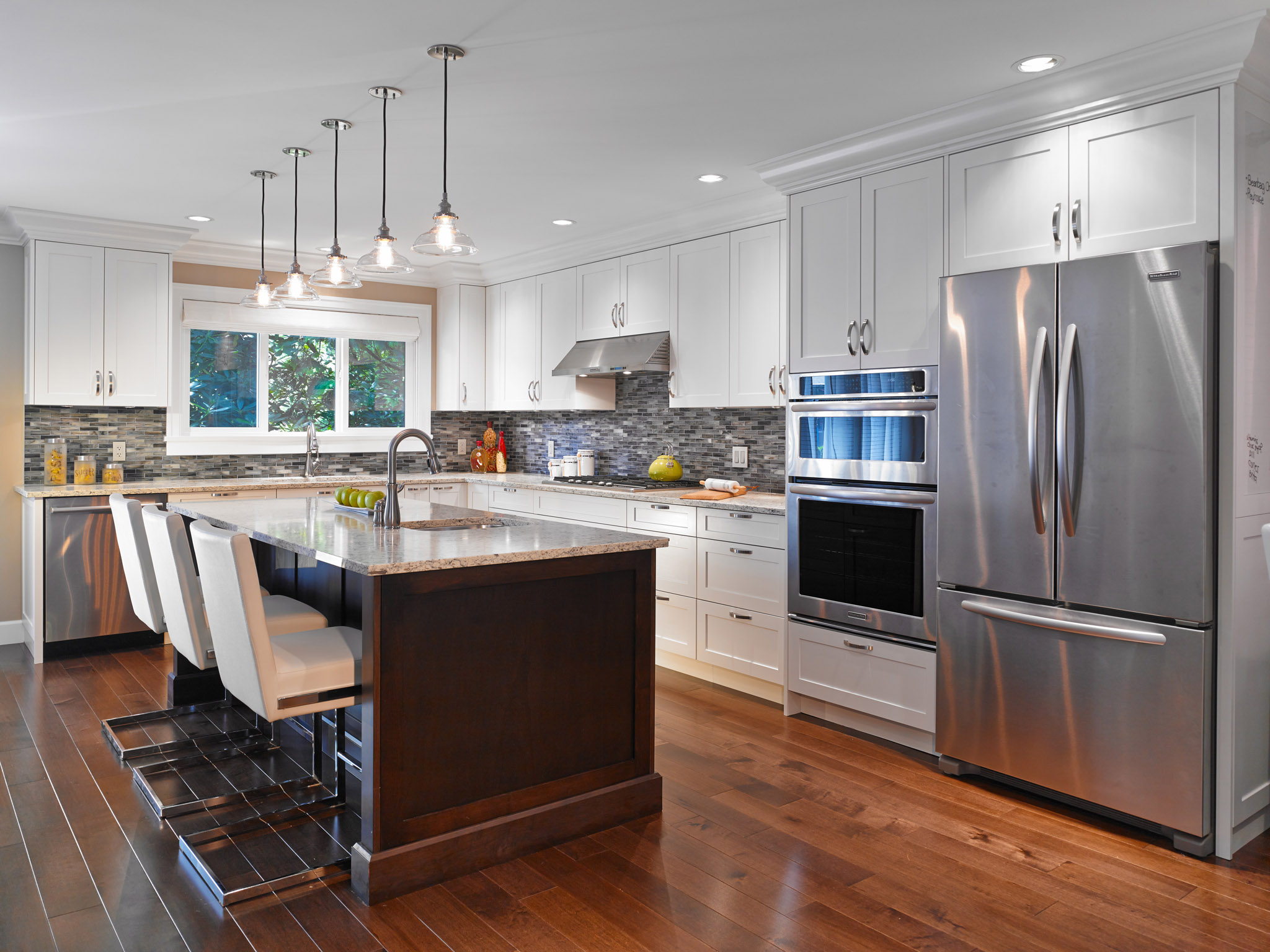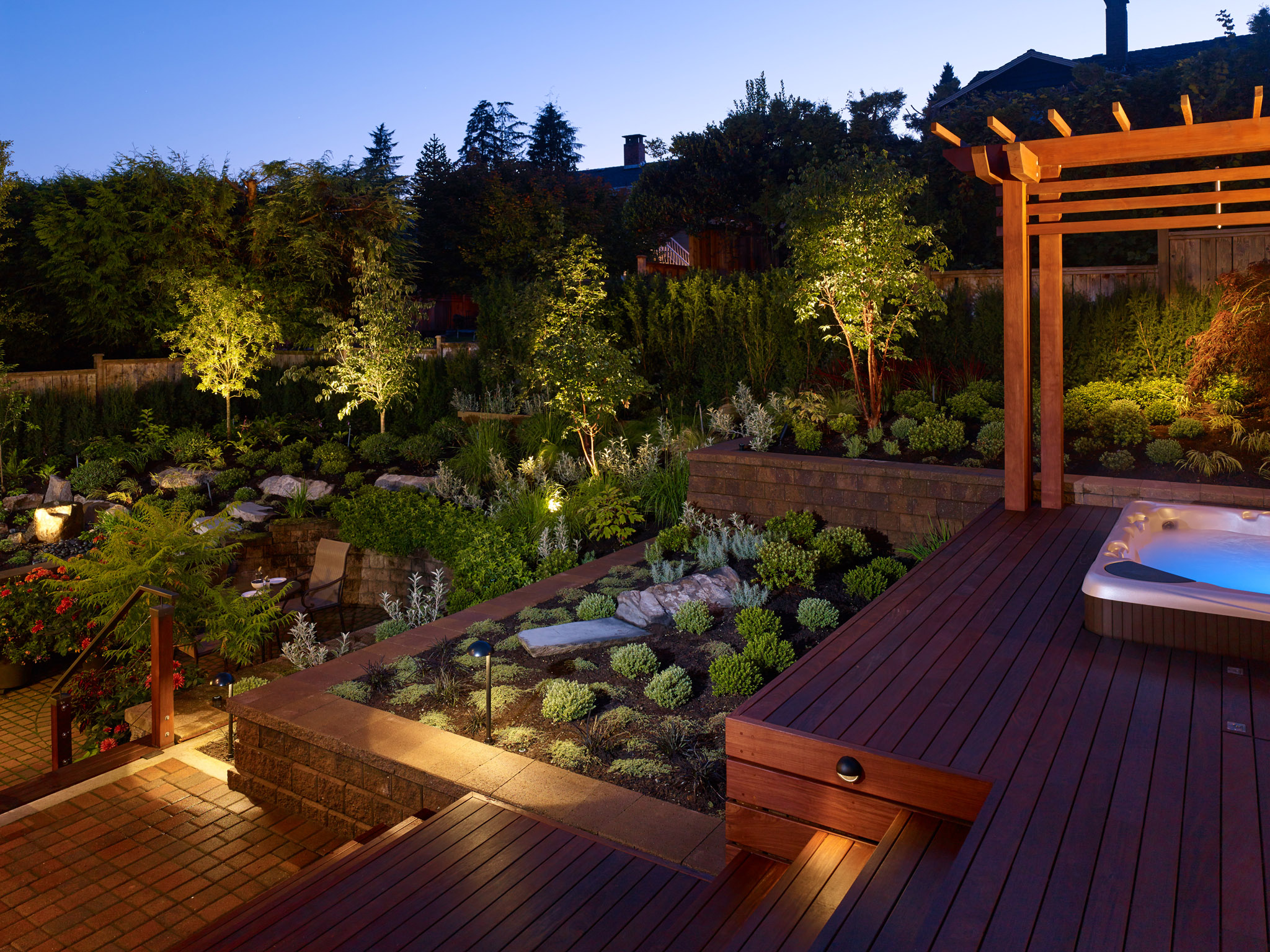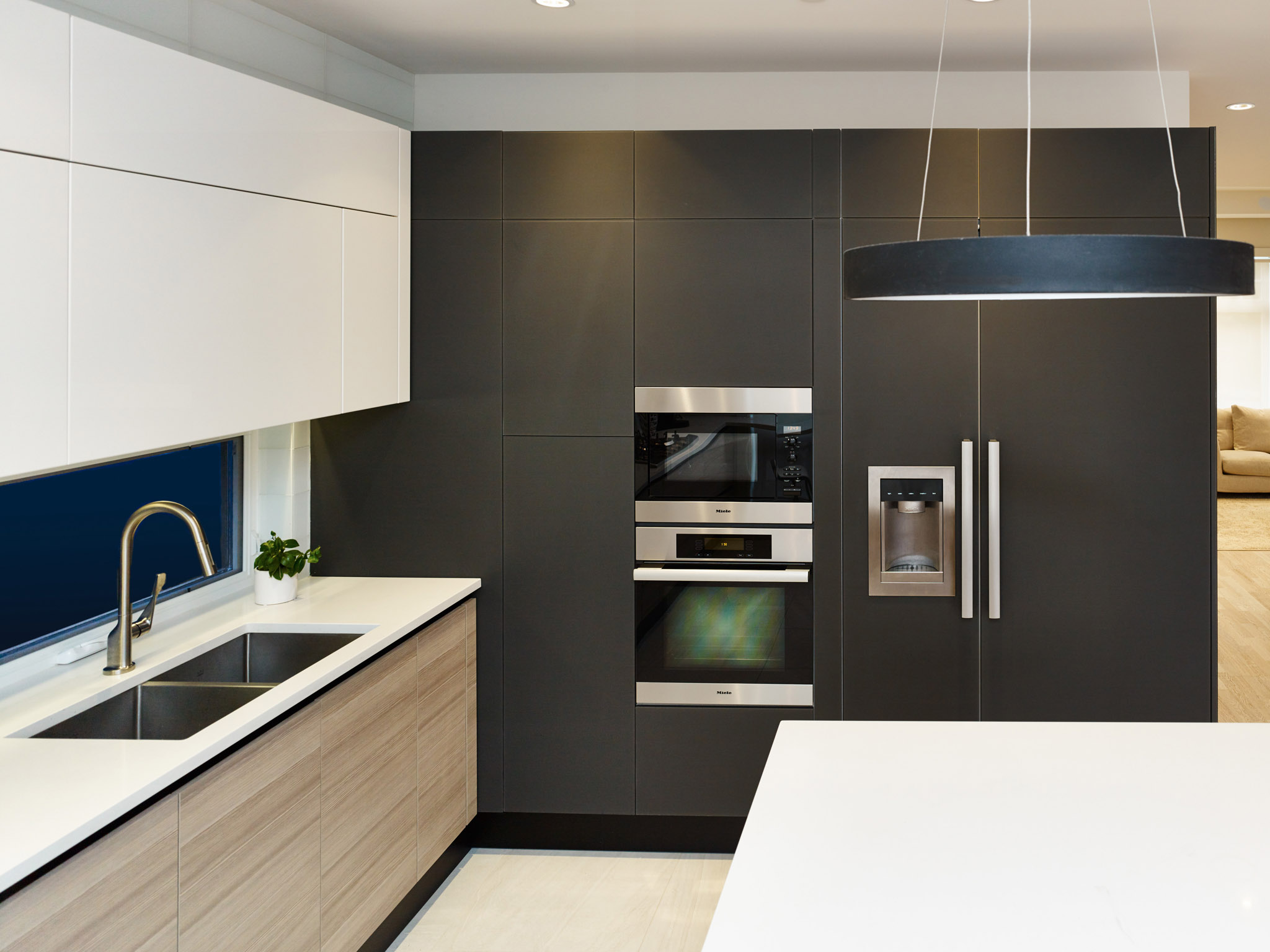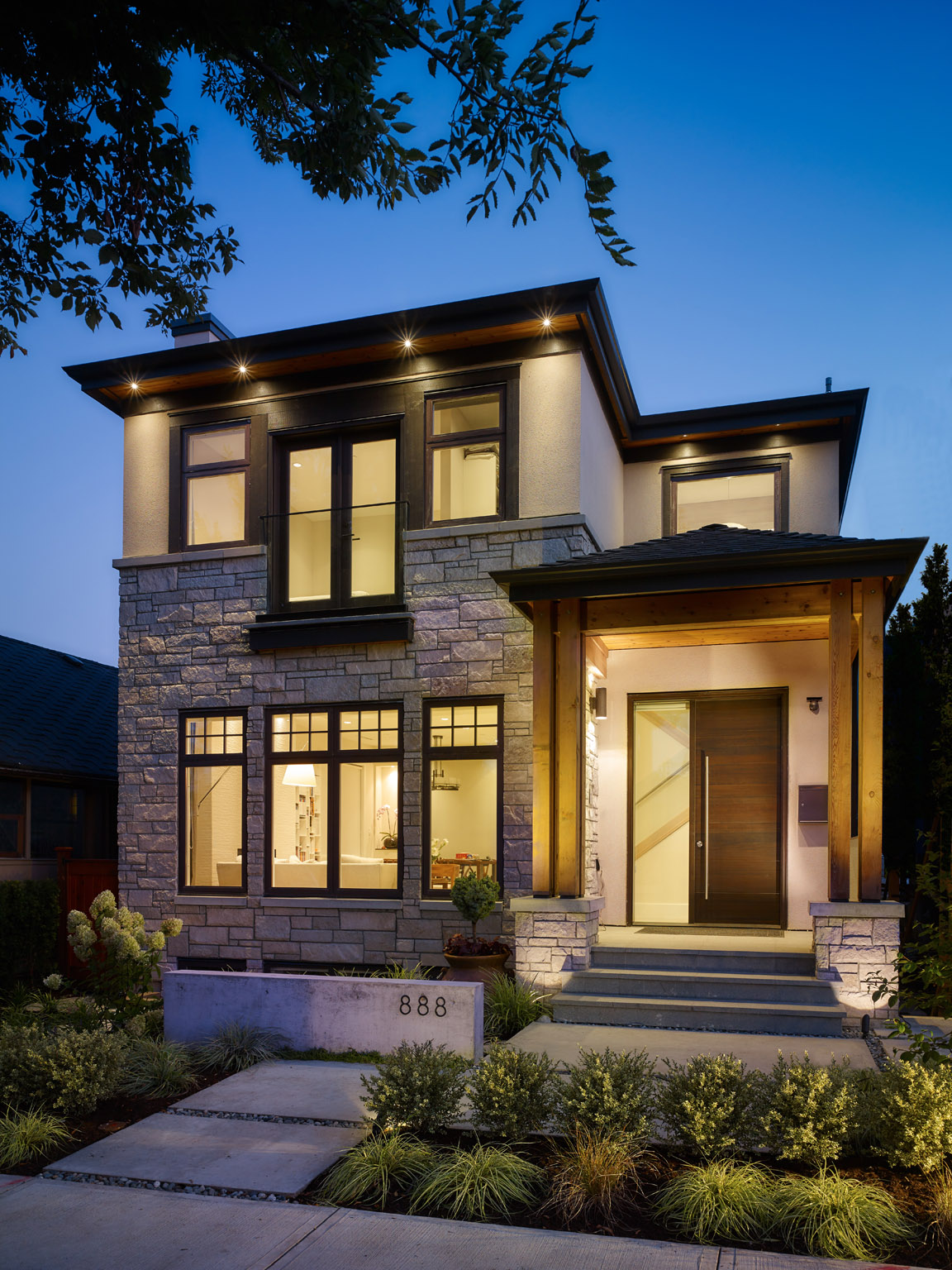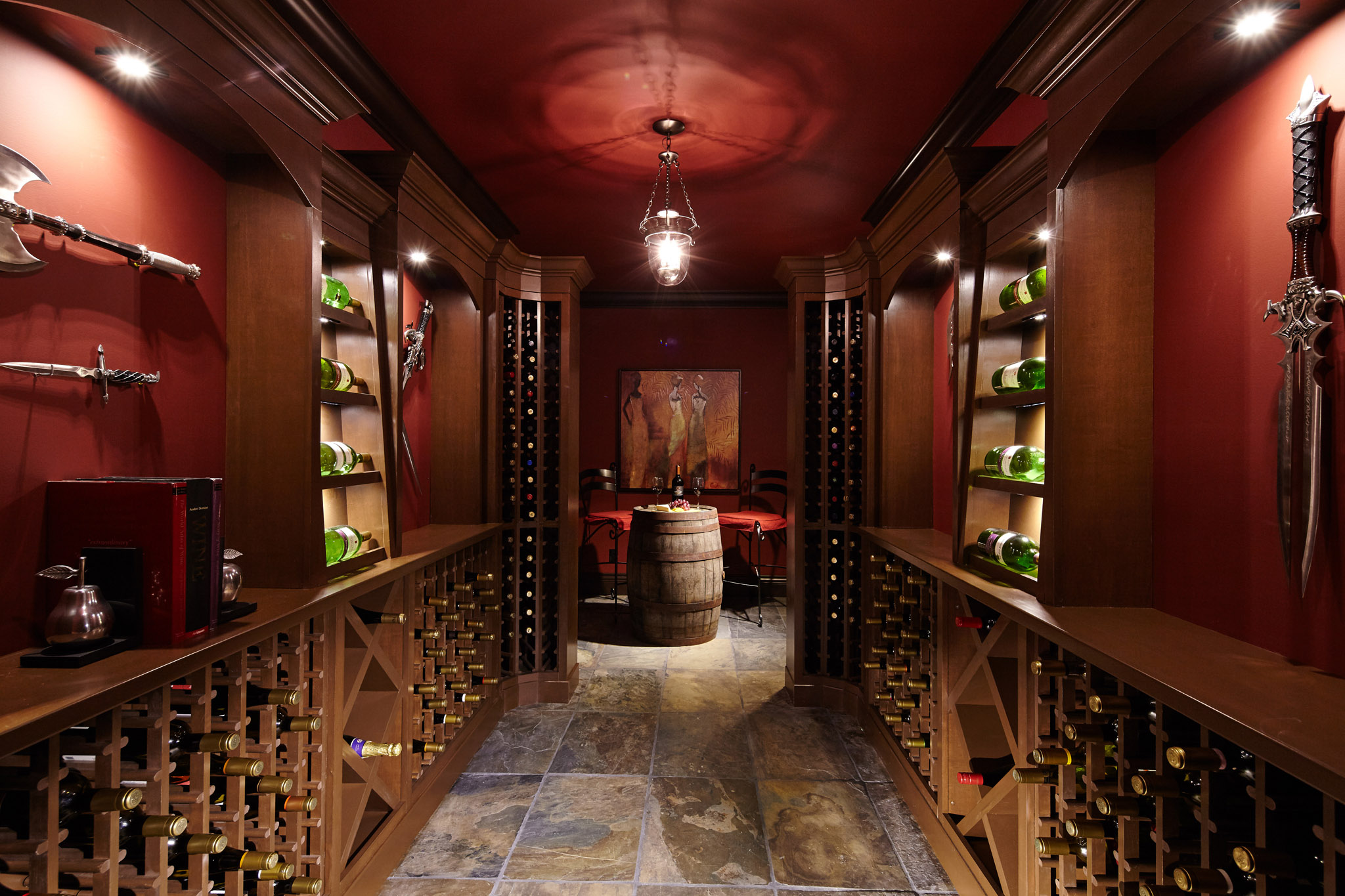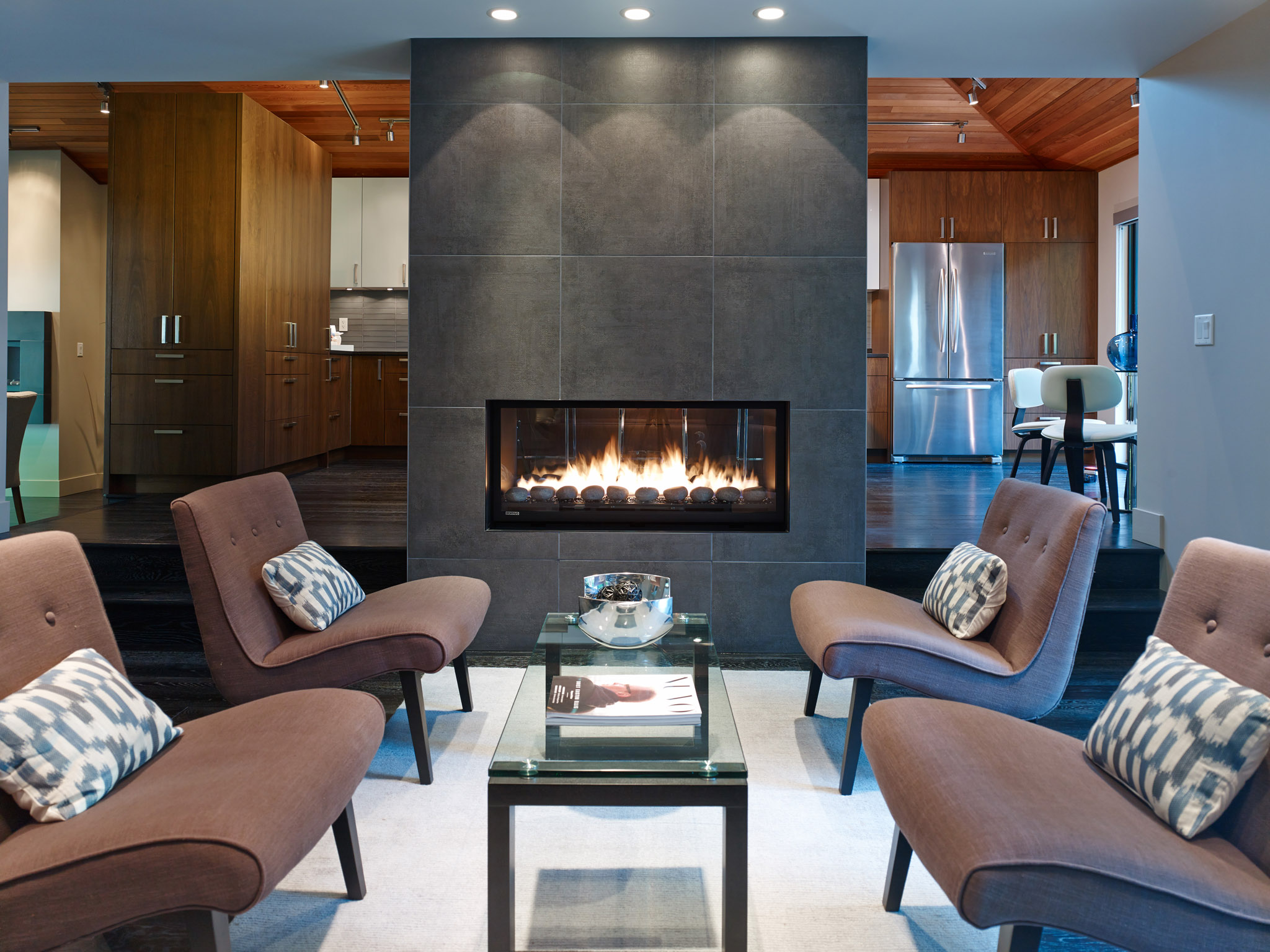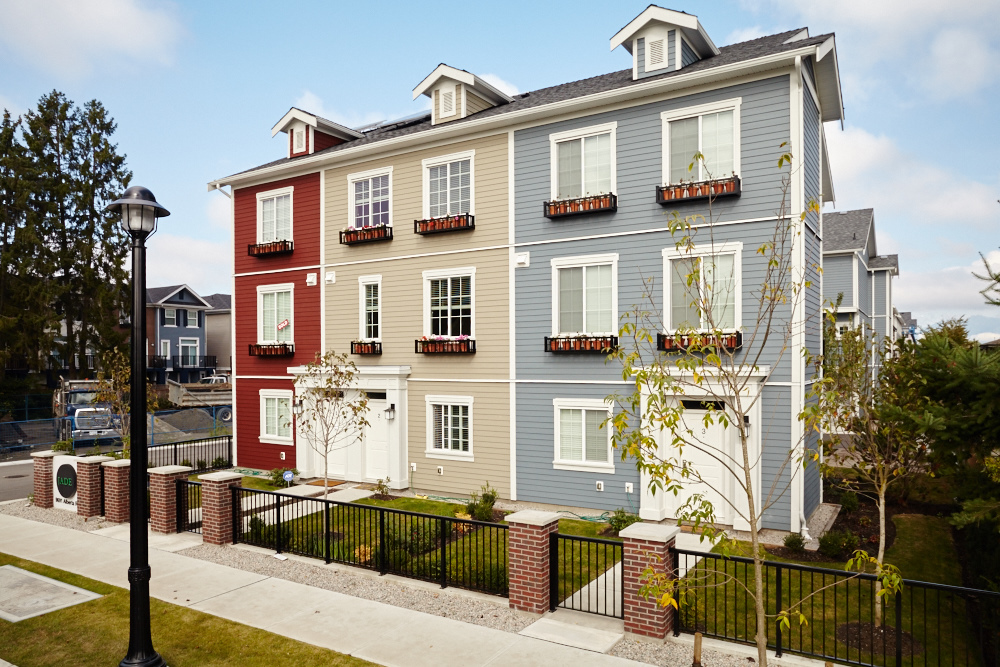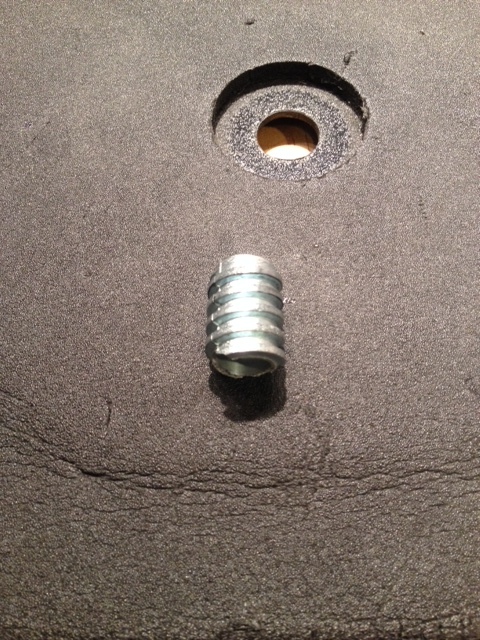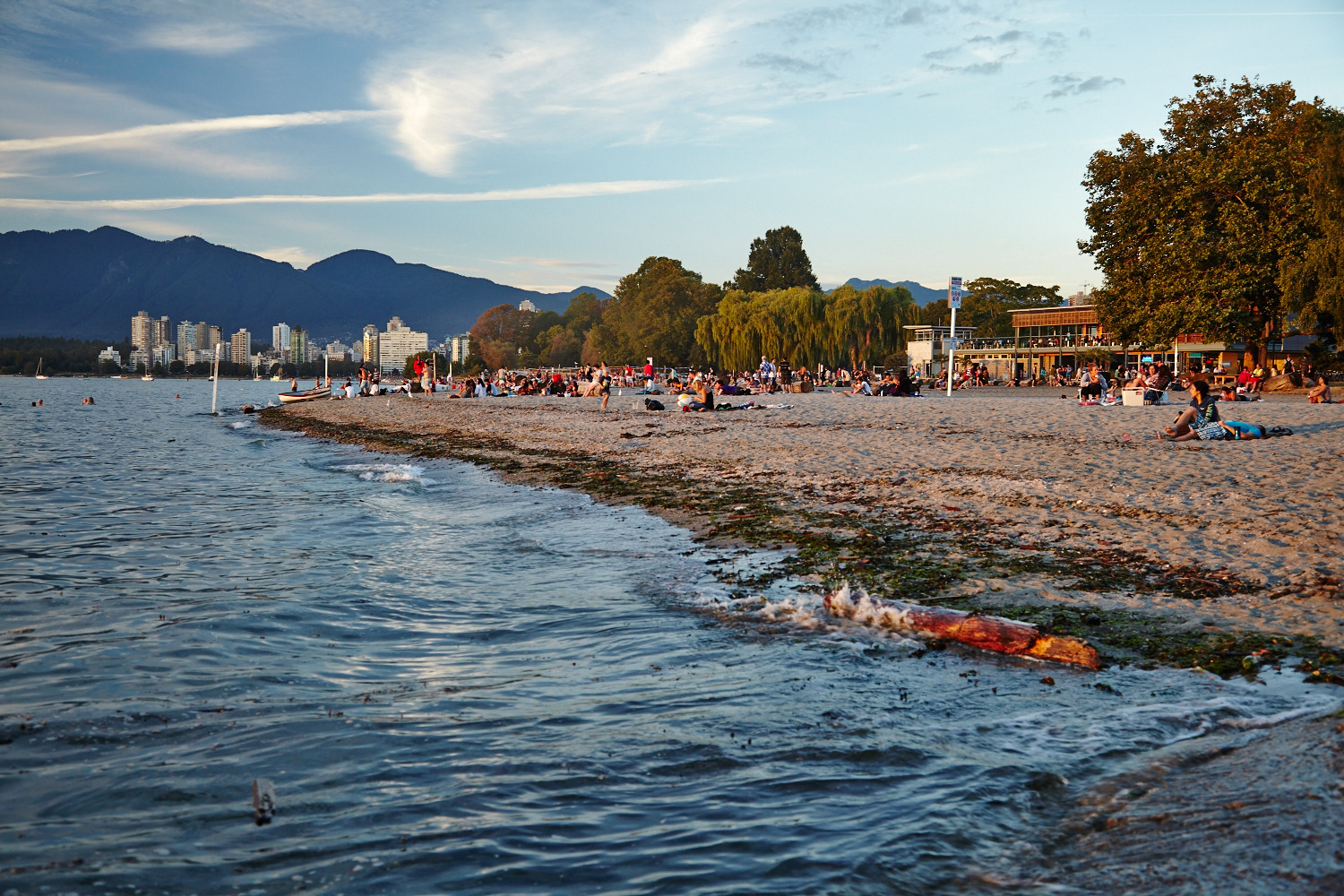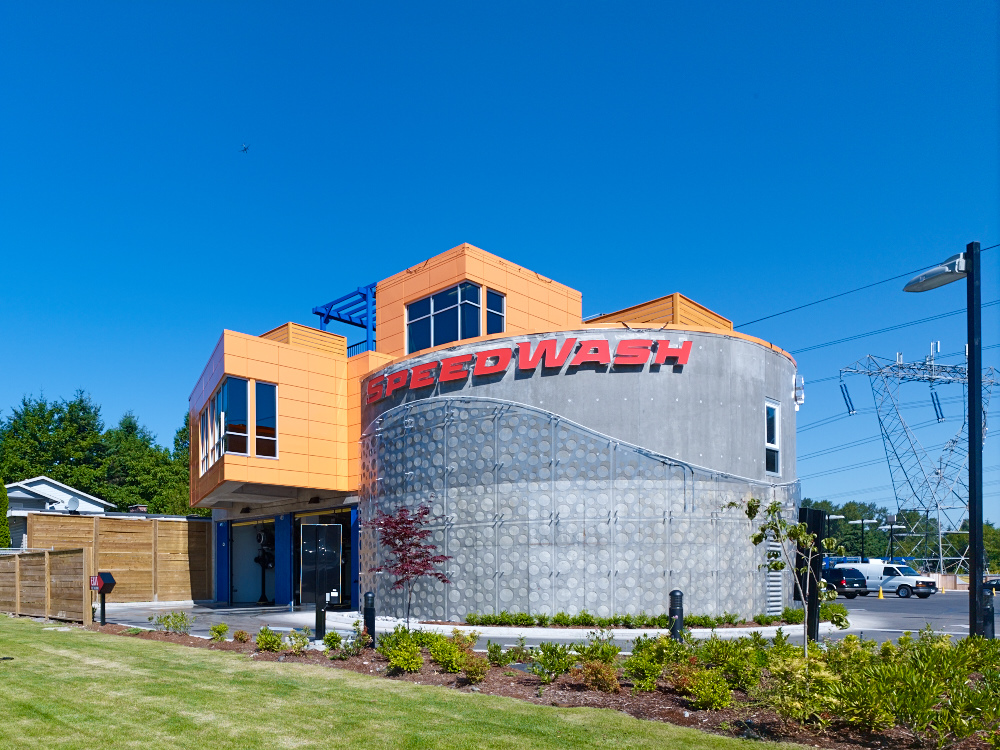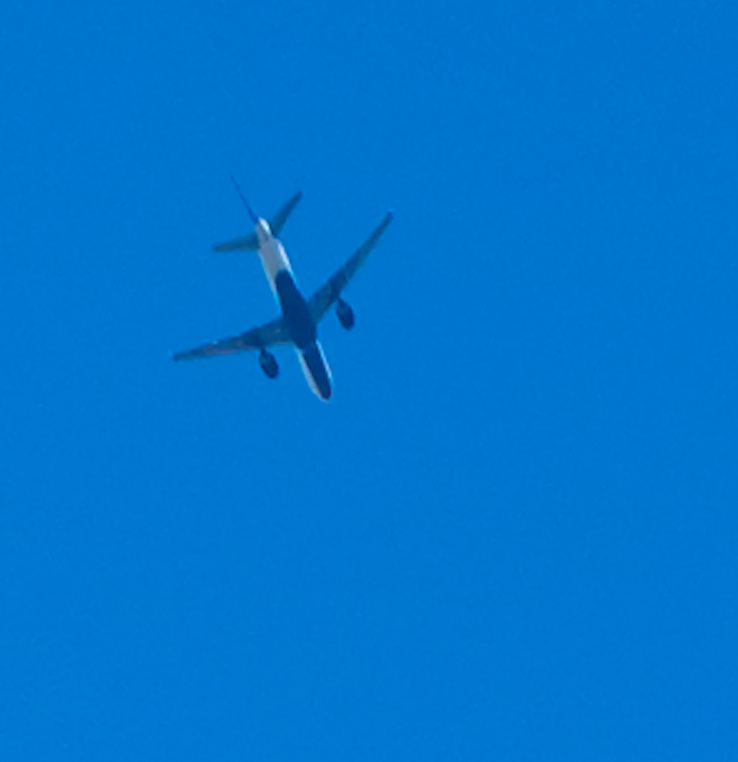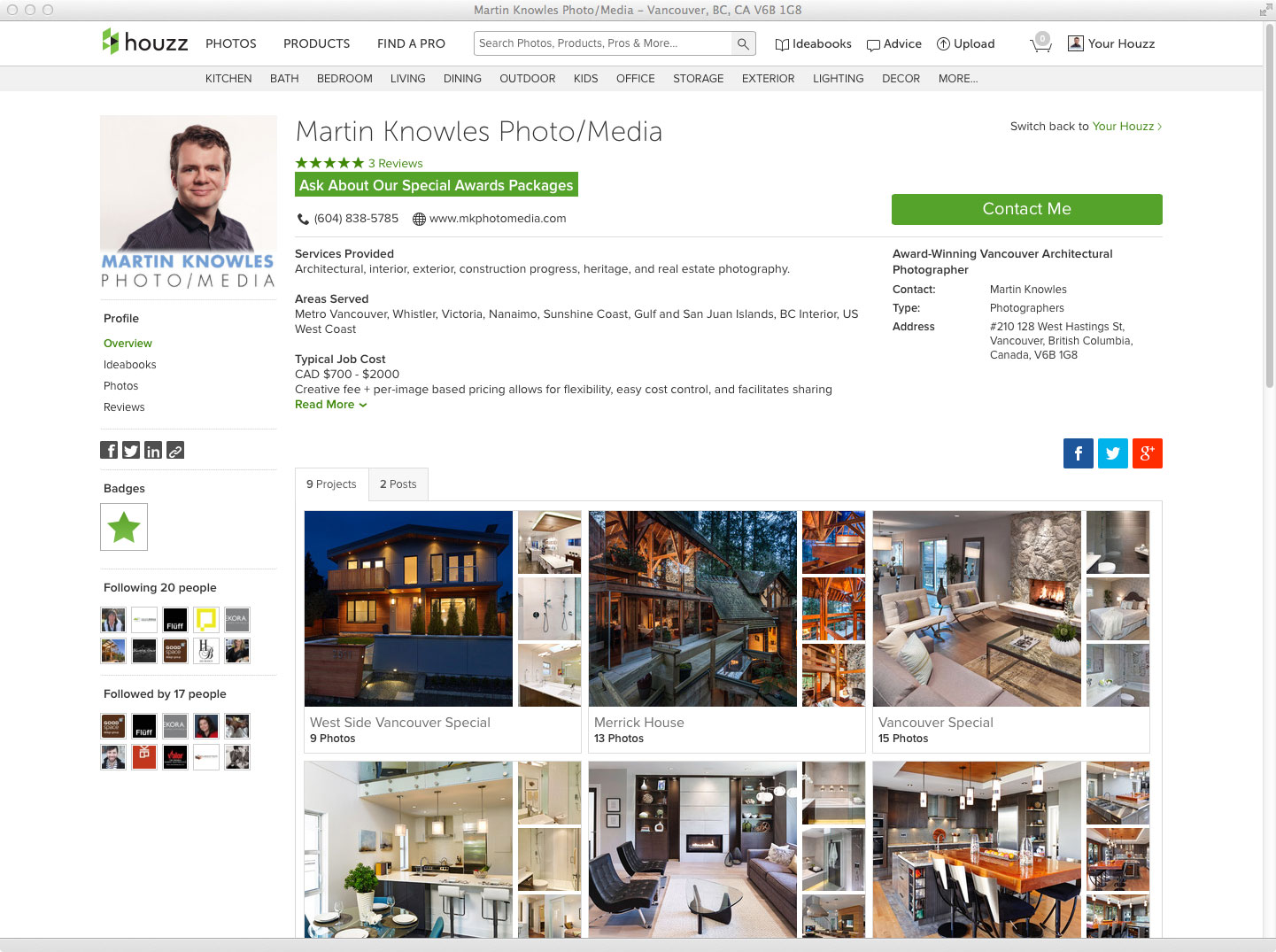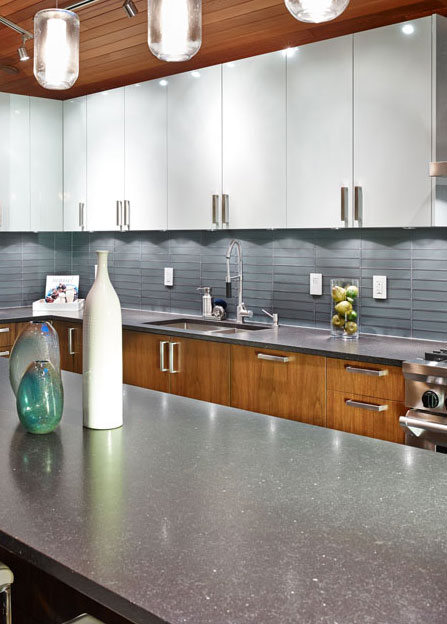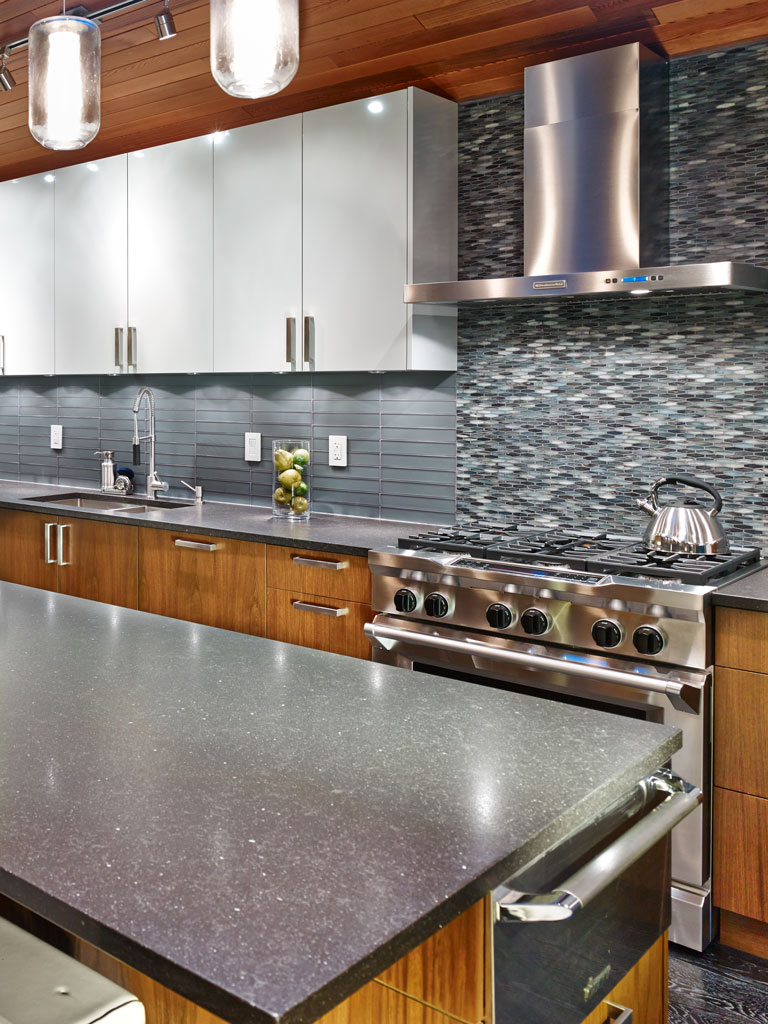How about a little ghost story in honour of Hallowe’en? Here's an architectural one, from Enon Hall, a marvellous blog that tracked the DIY rehabilitation of an old family house in Virginia. After reading the Enon Hall blog a few years back, I picked up a copy of Genghis Angus' CD 12 Days whence the track comes, and the disc contains a couple of good tracks about heritage buildings (this, and Dust of Progress). Not surprisingly, band leader Allen Kitselman is now a practising architect; he gave me permission to post a link to the song since the CD is now long out of print. Listen here.
All the souls who have lived in this house
come back for a visit
press their faces against the glass
to see what we've done with the place
Music aside, one of the most rewarding parts of being an architectural photographer is actually getting to be the “ghost that comes back for a visit” and re-visiting and re-photographing an old project. While a lot of photography gets done in the halcyon few days (or weeks, or months) between when the project is done and the client 'effs up the design…er, moves all their stuff in and personalizes the space, I relish a good opportunity to see how a building changes over time. In construction progress and heritage work, this happens very quickly: walls can be removed, things can be dug out and replaced, and entire floors built within the few weeks or so between visits.
My first really major construction progress documentation project was Christ Church Cathedral's most recent renovation project, back in 2003, co-coordinated by Proscenium Architecture + Interiors and Iredale Group. Some of you will probably remember when the place looked like this:
Yep: carpet, white donnaconna board on the ceiling, and old-style pew layout. Can't say I miss it! During renovations, that view looked like this:
And then, this:
...which got published full-page in Canadian Interiors magazine, among other places, and isn't too far off from the current view from the choir gallery.
However, for projects where a photographer’s work begins after the place is built, getting to revisit a building over time for commercial photography purposes is a rare and treasured experience.
I’ve had a couple of opportunities to do this recently. The first was another Iredale project: the Palmer-Rubin House in Anmore. I photographed this stunningly modern home in the hills above Burrard Inlet a number of years back when it was first built, and one of the notes the architect, James Emery, and I made at the time was that we'd have to come back in a good while when the landscaping had grown in. It's architecturally splendid, but as one expects, it's a little bare:
So, fast forward five years, and I had an opportunity to take advantage of late spring/early summer weather and foliage to come back up and reshoot the "all grown in" exterior:
The house has aged well, and now we see how it "pops out" from its landscape.
The next was thanks to one of my real estate clients,
Robert Crowe. On a fine Sunday afternoon, he called me up with a listing at Origin at UniverCity that, of course, had to be shot on an evening that would highlight the view. This building seems to have a theme of "tight weather windows" for me. The first time I photographed this building was in December 2012. Porte Development had me photograph it at the last possible minute for the GVHBA Ovation Awards that year. The show suite was all done, but we had to wait out a run of nasty December weather, and had a tiny weather window where we might just have half a chance at getting a few shots. We ended up indeed getting a weather window...of about 15 minutes. Which was just enough to run outside from shooting the show suite, snag a boom lift and an operator from the construction crew, suit up with a harness and get several elevated 'hero shots' of the full development. For those of us with absolutely no fear of heights, it's always a good day when you get to ride a boom lift. This image is the "raw" pre-crop-and-edit version, where you can still see the lift machinery in the bottom corner.

After the project won a couple of Ovation Awards that year, writer Lynn Harrison (who coordinated the written parts of their entry) and I had a quick talk at the awards gala, and we thought that it would be a great run for a Georgie Award and recommended to the good folks at Porte that we should reshoot it when done and enter it in a few categories it wouldn't have qualified for at the time of the Ovation Awards.Which gave me another opportunity to rephotograph the place with the landscaping grown in and fences removed. The problem? We wanted to highlight the north-east face of the building, and the only time you get light on that side of the building is first thing in the morning, and from my experience as an SFU graduate, I happen to know that the SFU Burnaby Mountain campus is often up in the clouds and fog at the hours you would be getting the best light. So, another weather crap shoot.
Having soft light and big clouds actually flattered the building well. We got images like this:
The project ended up being a finalist in three Georgie Award categories that year, just as we hoped!
So, fast forward to a few days ago. Robert called me with a unit up at Origin to shoot, and after he gave me the unit number, it turns out that it was the unit next to the show suite. I'd probably been in that unit under construction, and since it faces south, I knew its rough layout and that it would have to highlight its window view. Sunsets, magic hour, the whole bit. This time, I could completely ignore the exterior and common areas, since I'd already photographed them for Porte's Georgie awards submission and could just re-license them out of my stock library. I checked the weather forecast, and the only day we could possibly shoot in the next week was...that day. So, it was time to carpe diem, grab the gear, and blast up the hill to take advantage of yet another weather window at Origin!

One of the great things about rephotographing a building is that you have a very good idea of what gear and what shots you need, so you can "travel light" and move very quickly. This was indeed the case, although there was one critical set of lights out in the kitchen that I had to fill in with flash instead. One of Robert's associates got to work as my 'voice activated boom' for the evening and got her upper body workout for the day holding the flash on a stand as far up as possible!


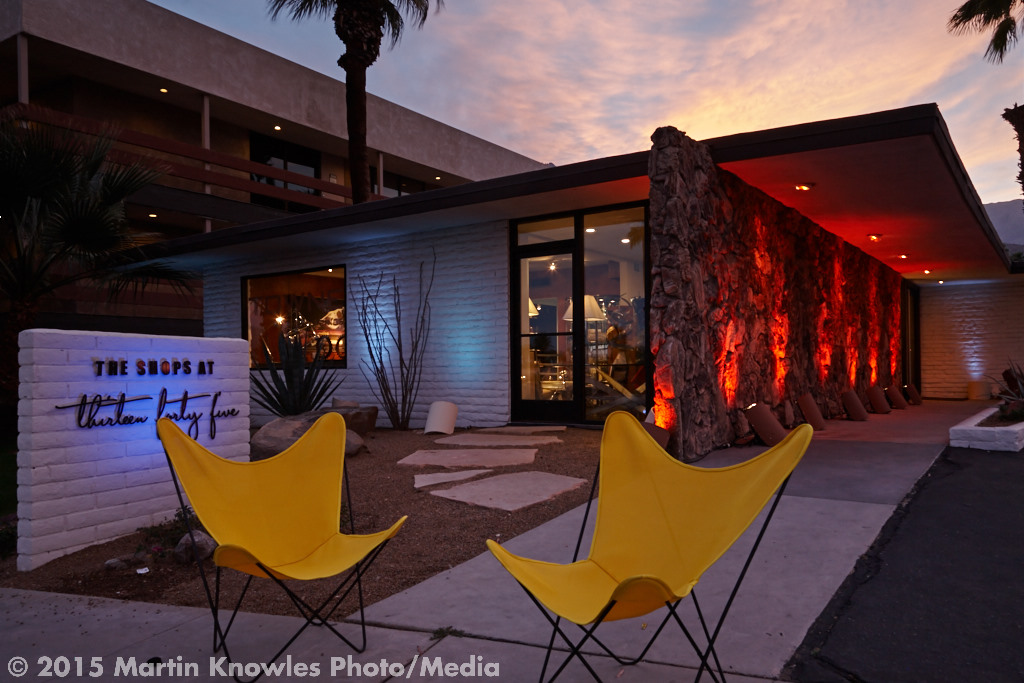
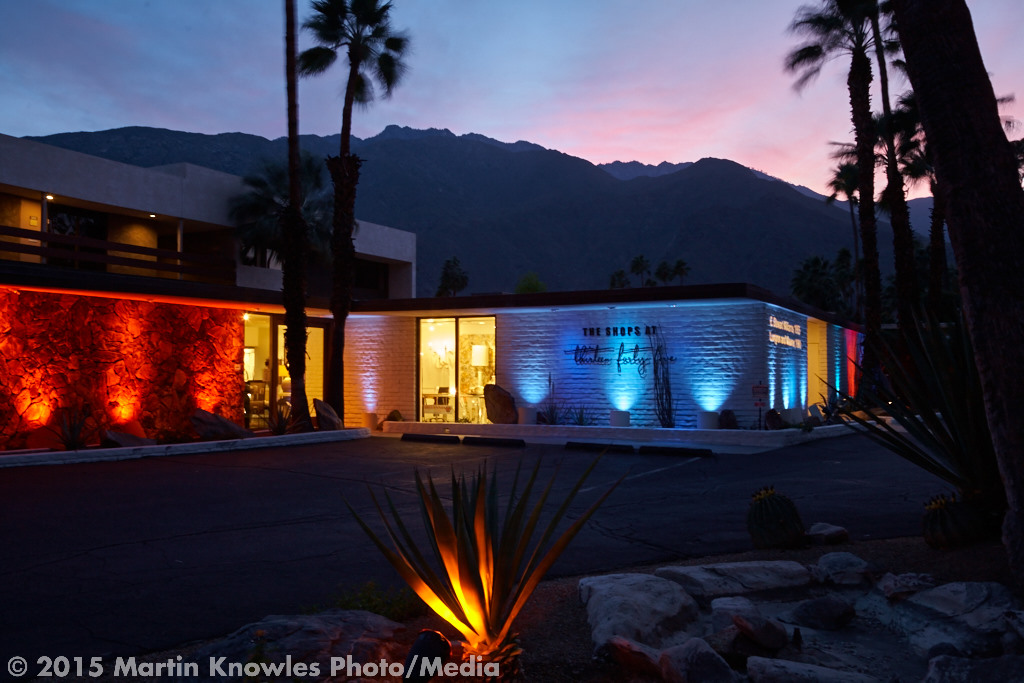
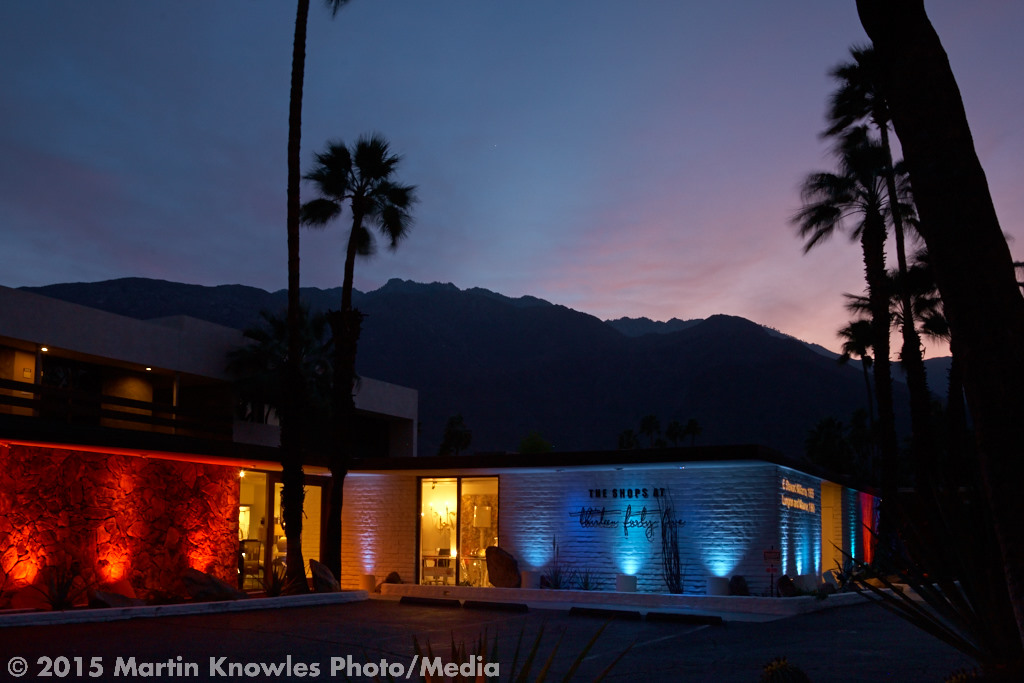

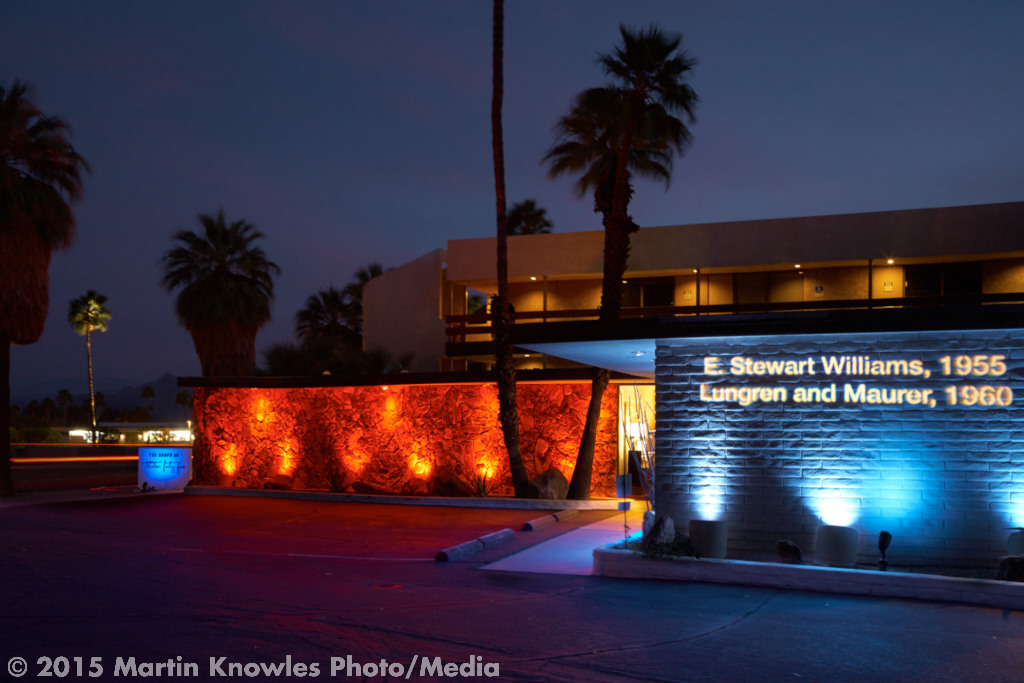
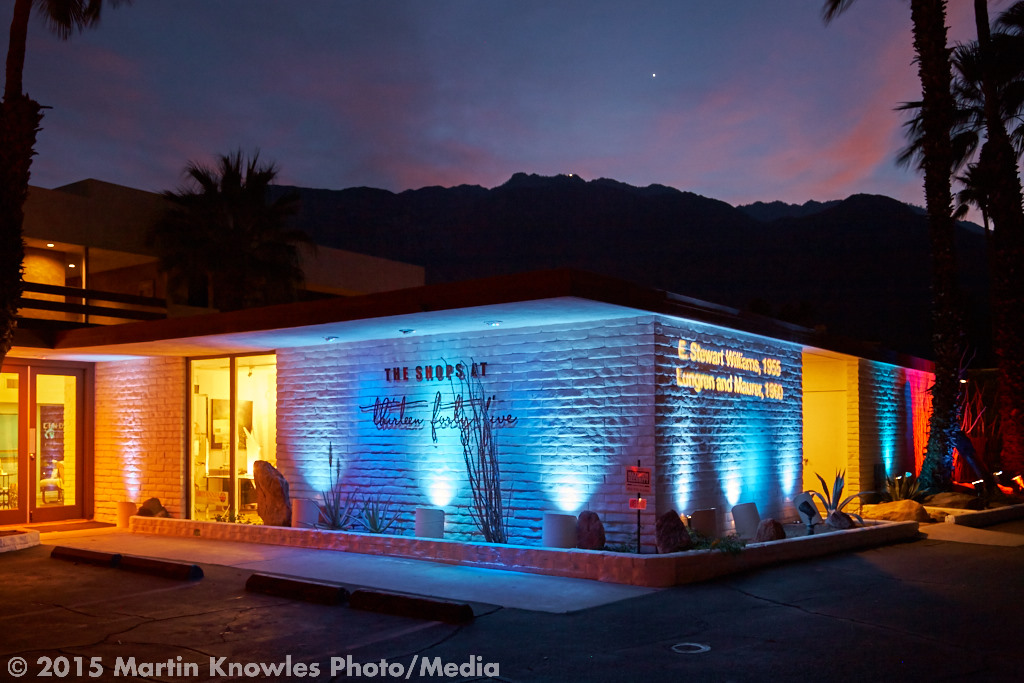
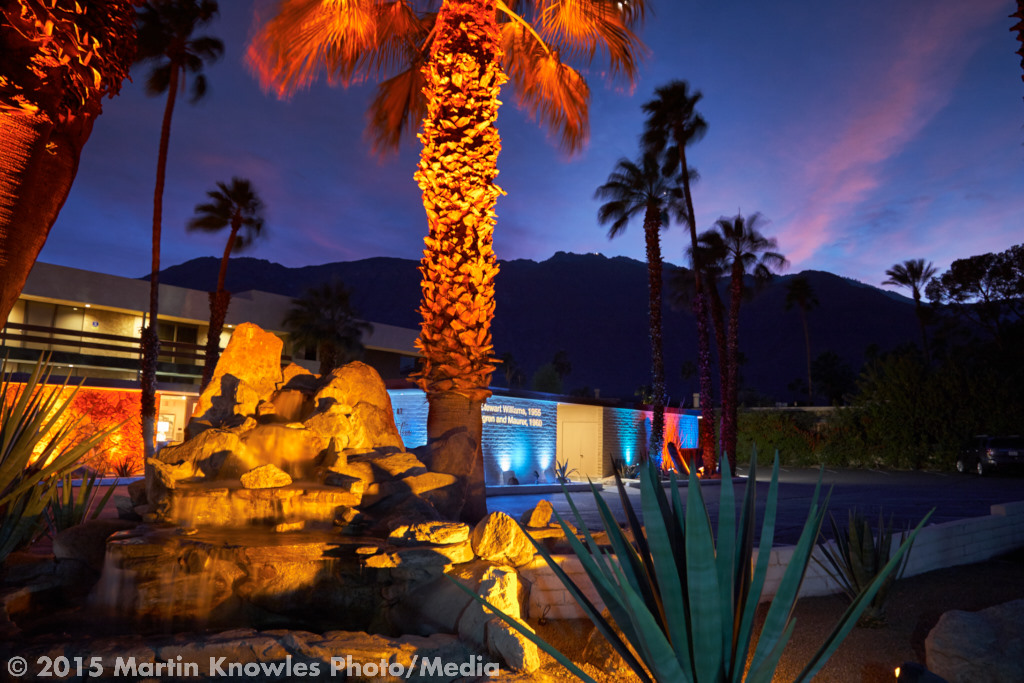
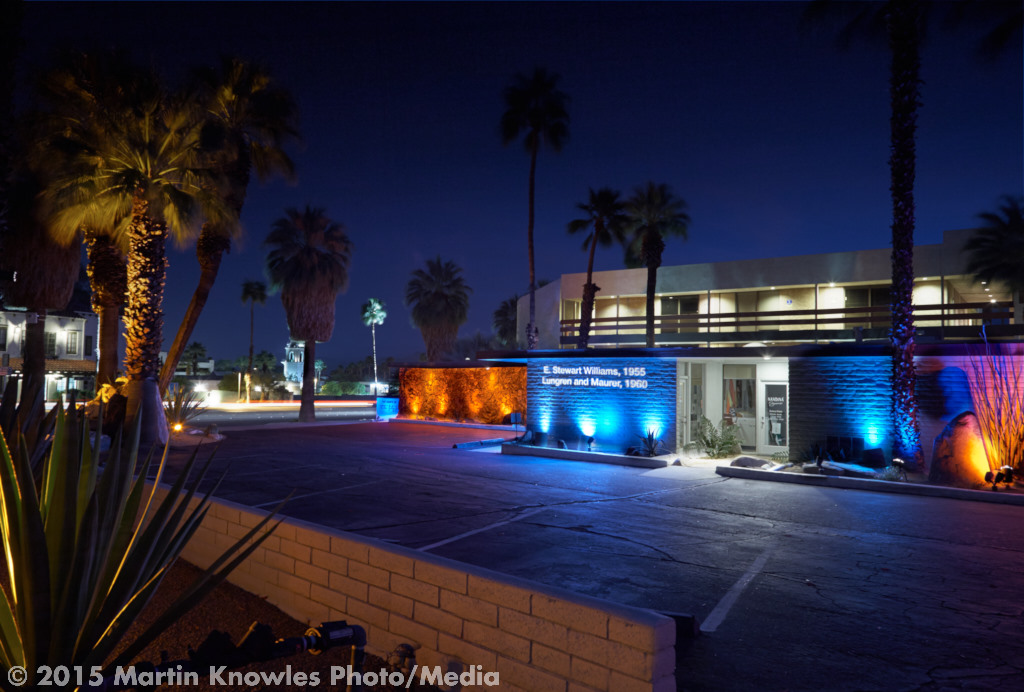
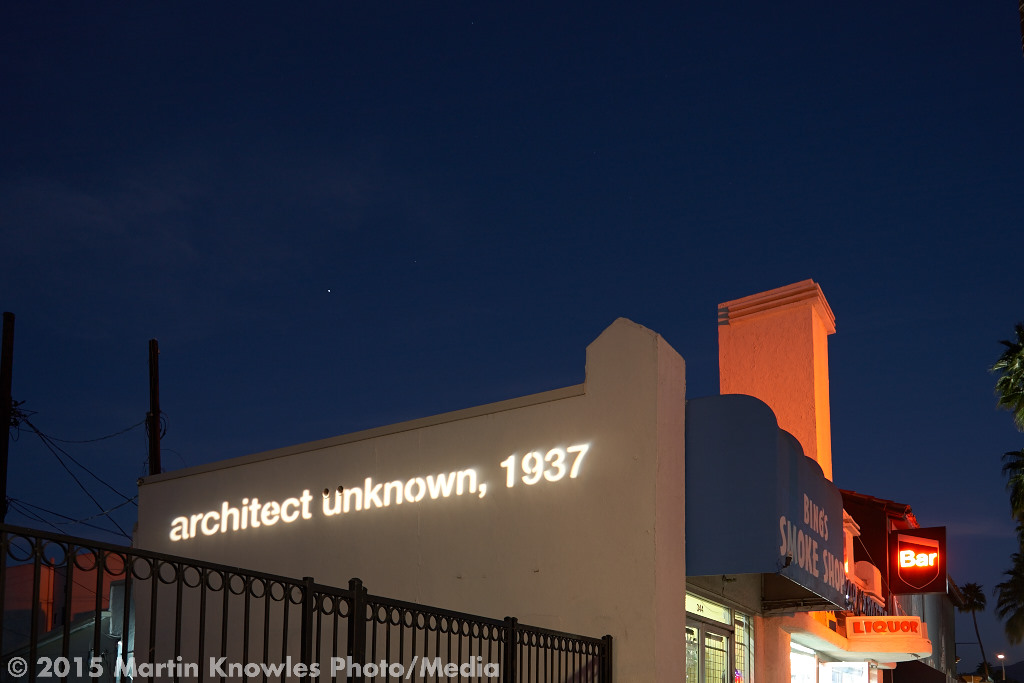
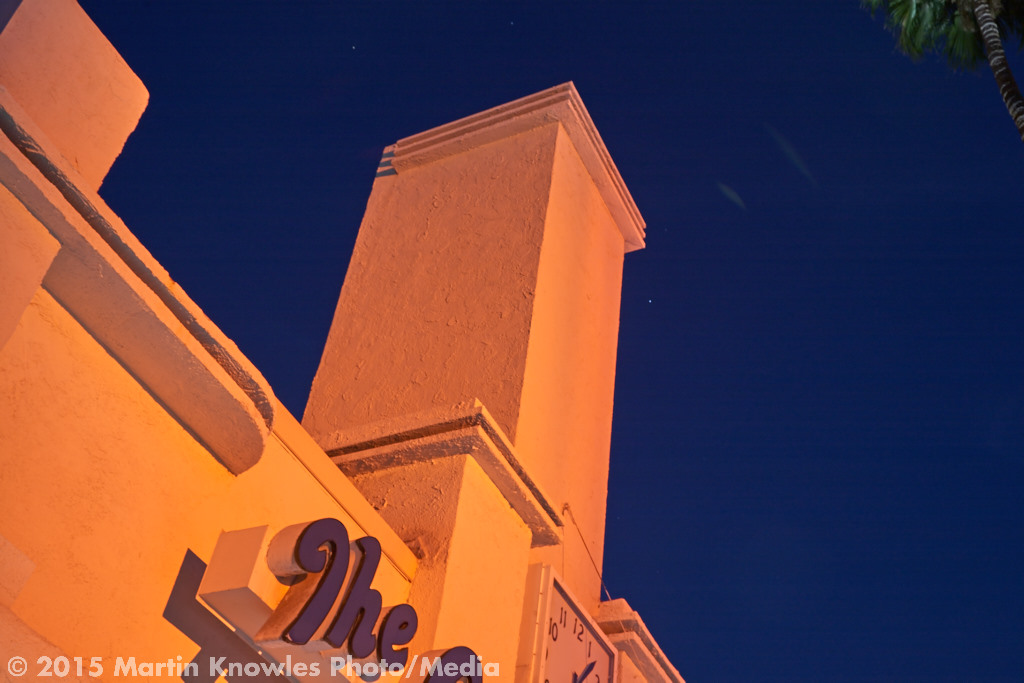
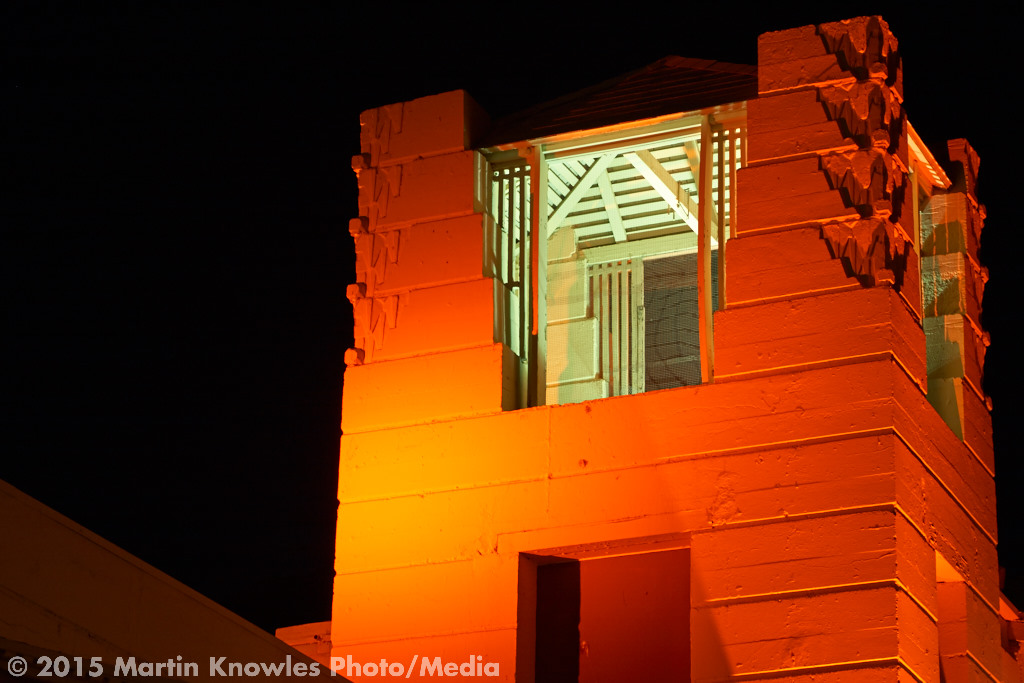
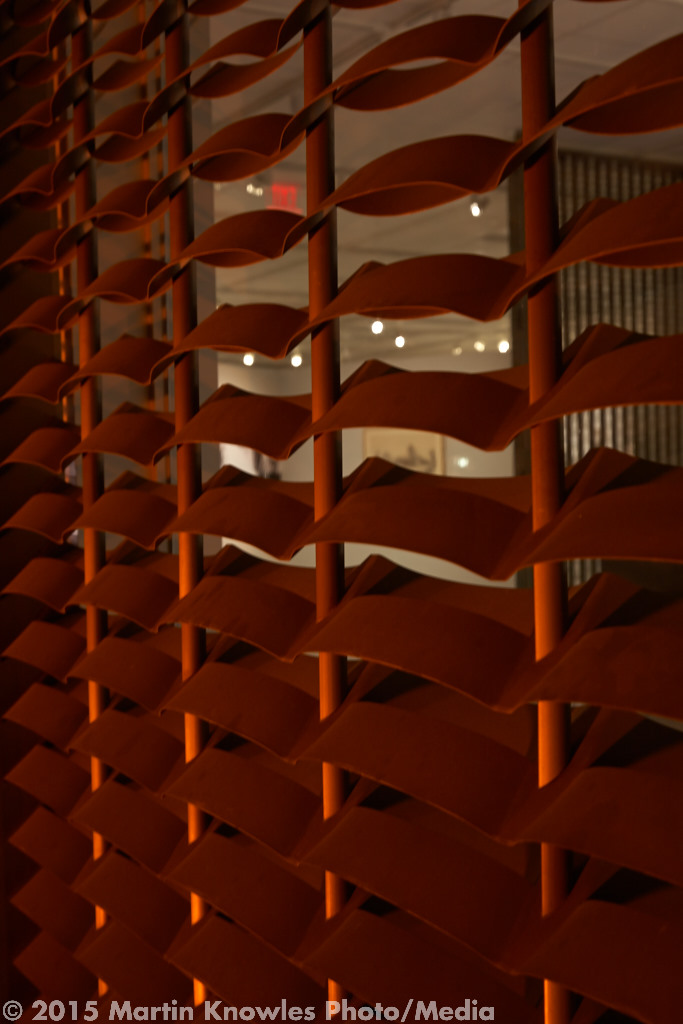


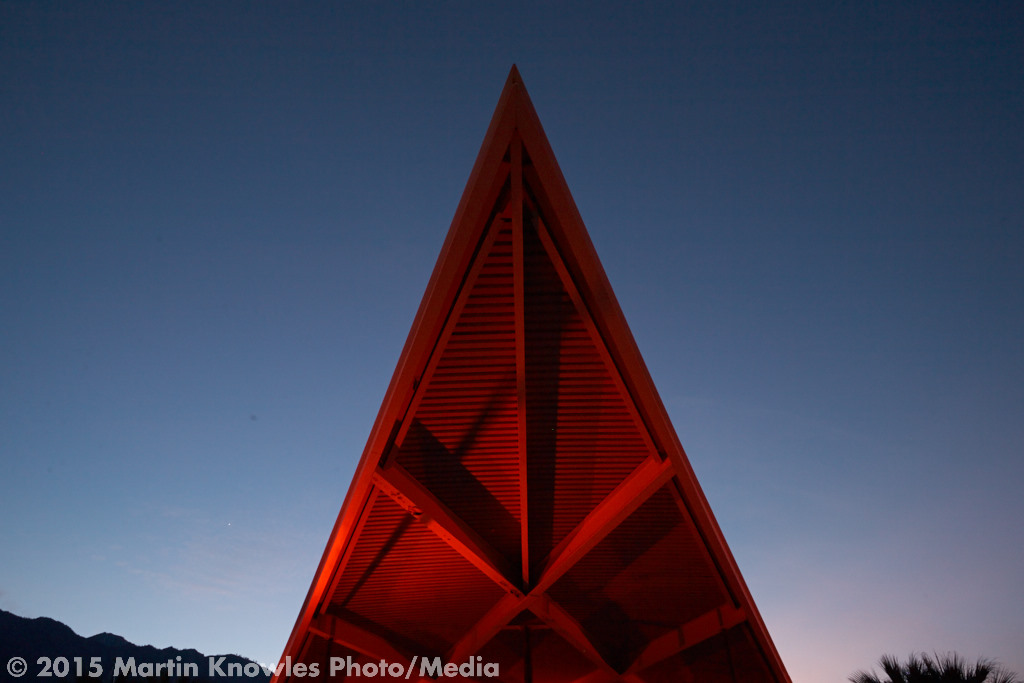

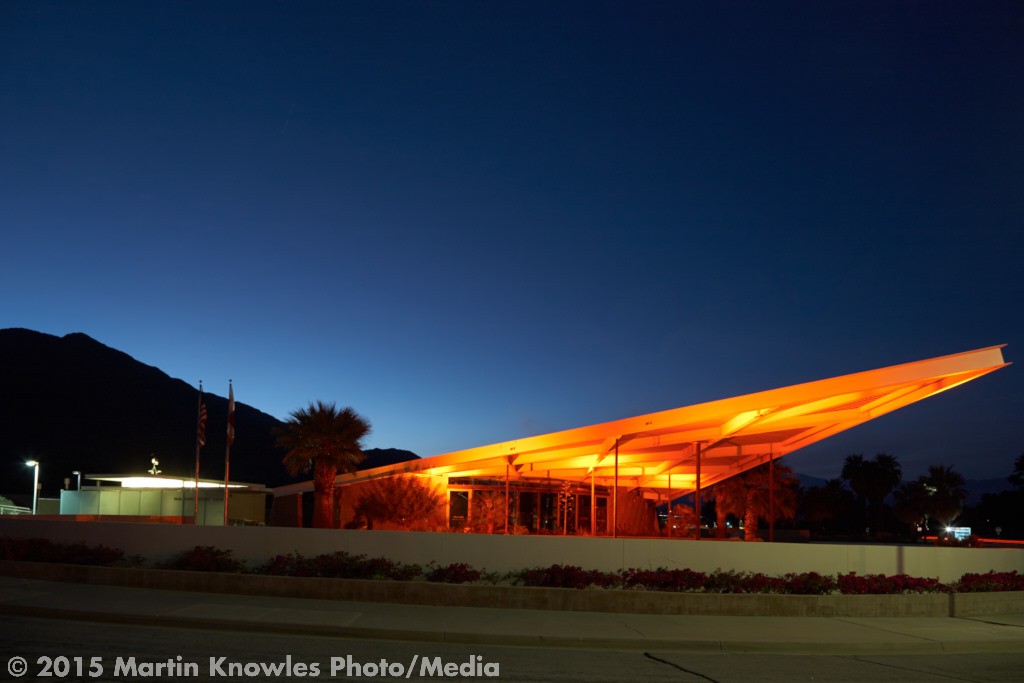
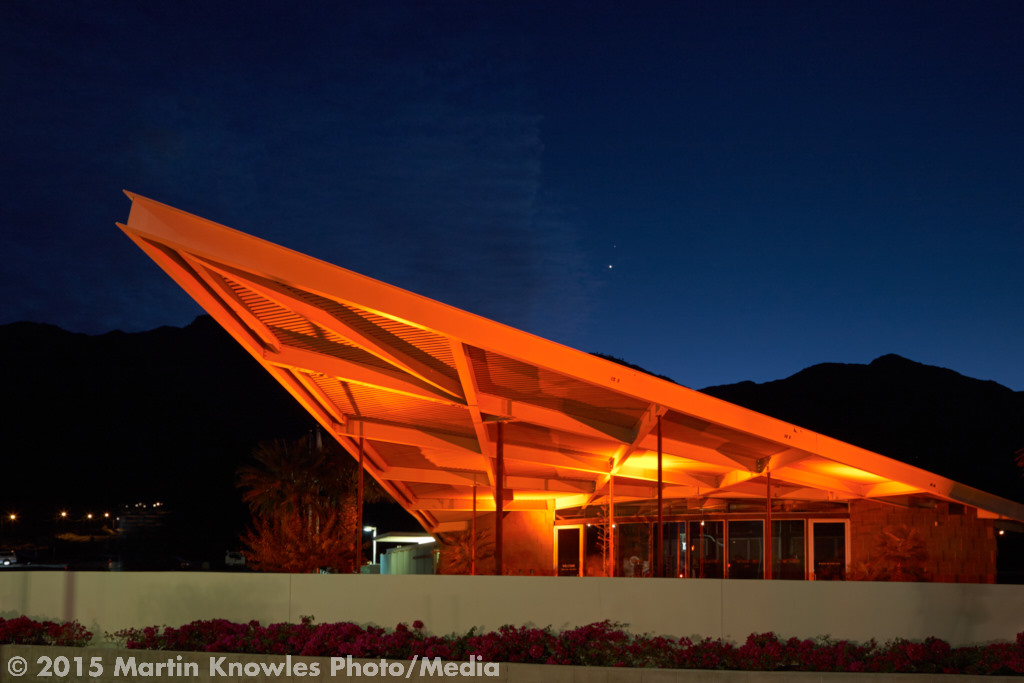
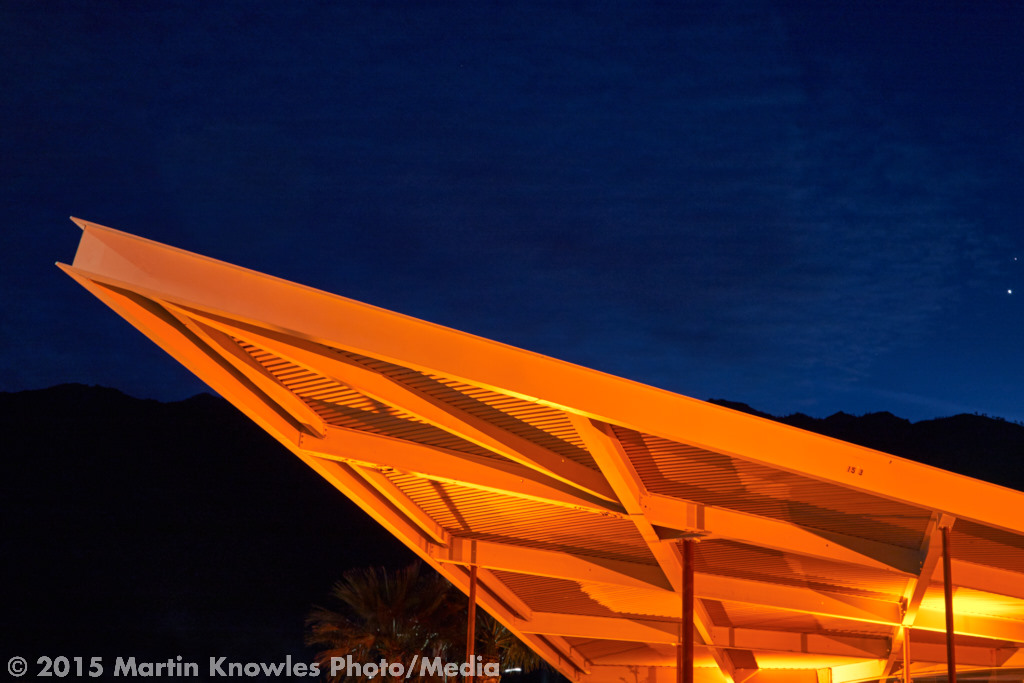
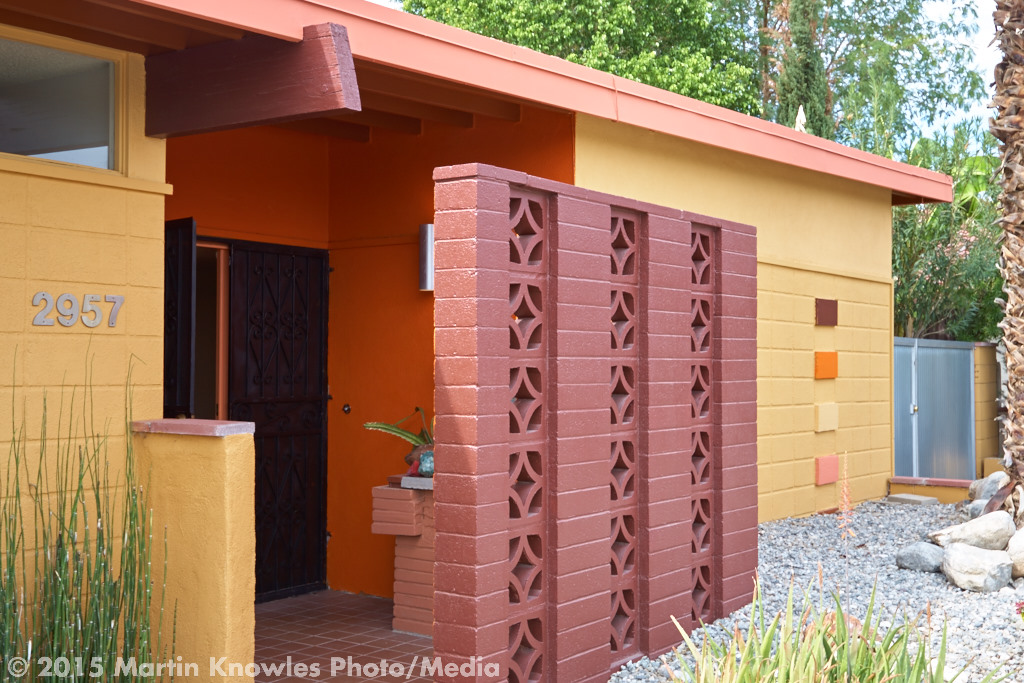
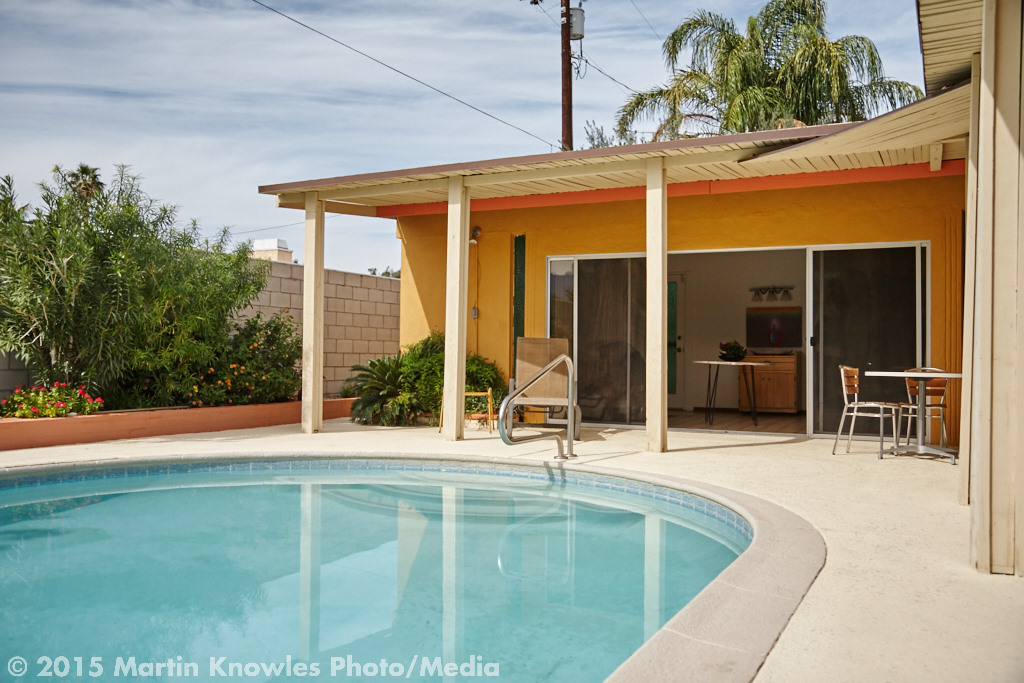

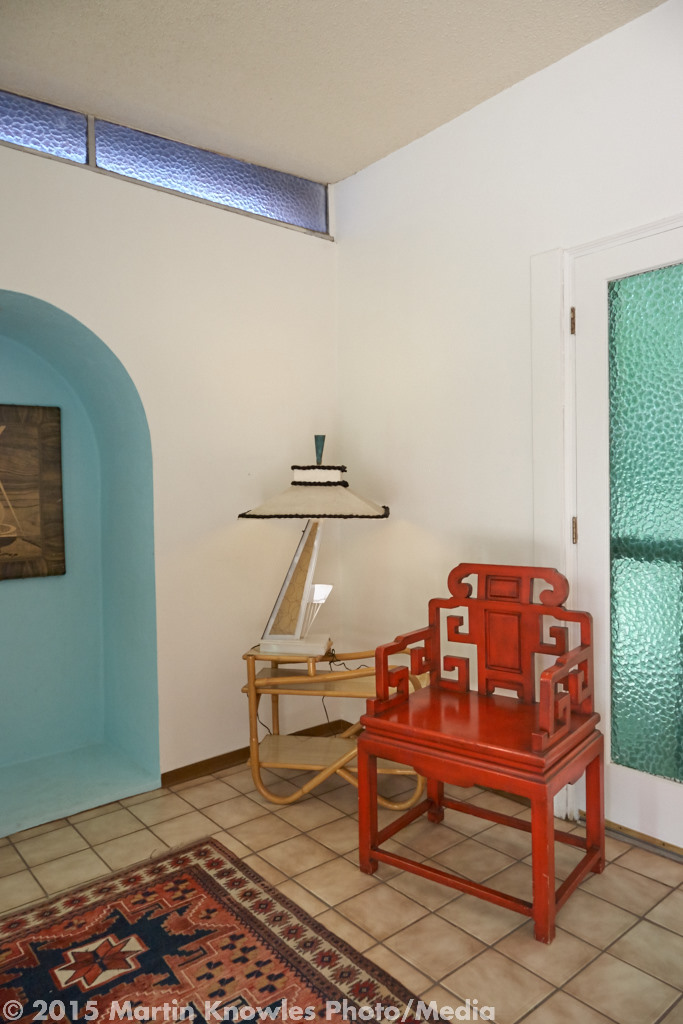


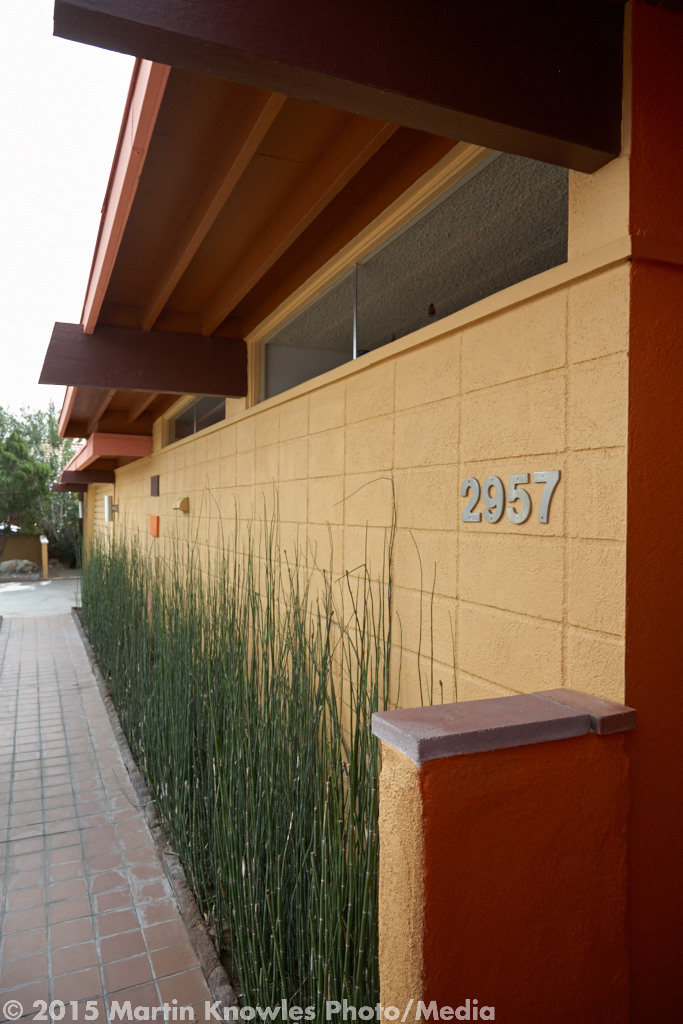
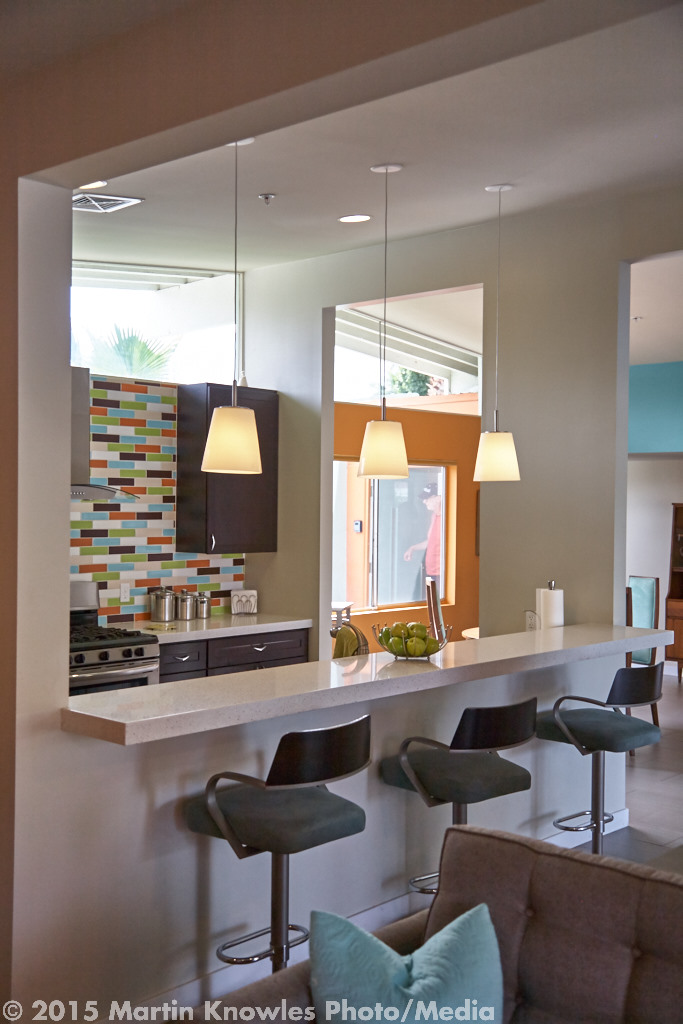

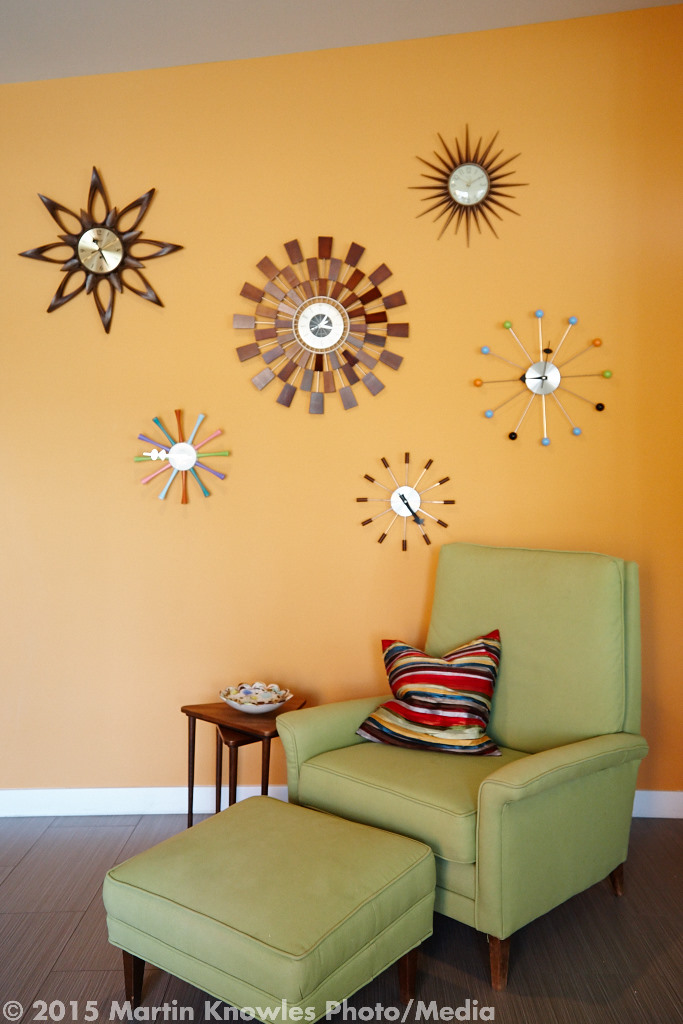


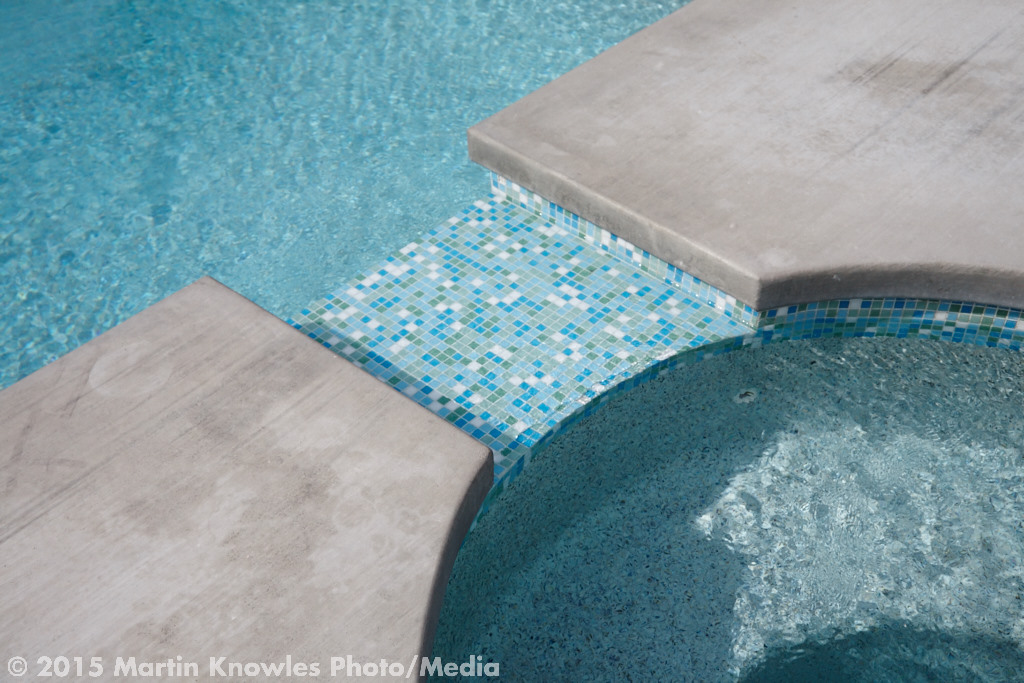
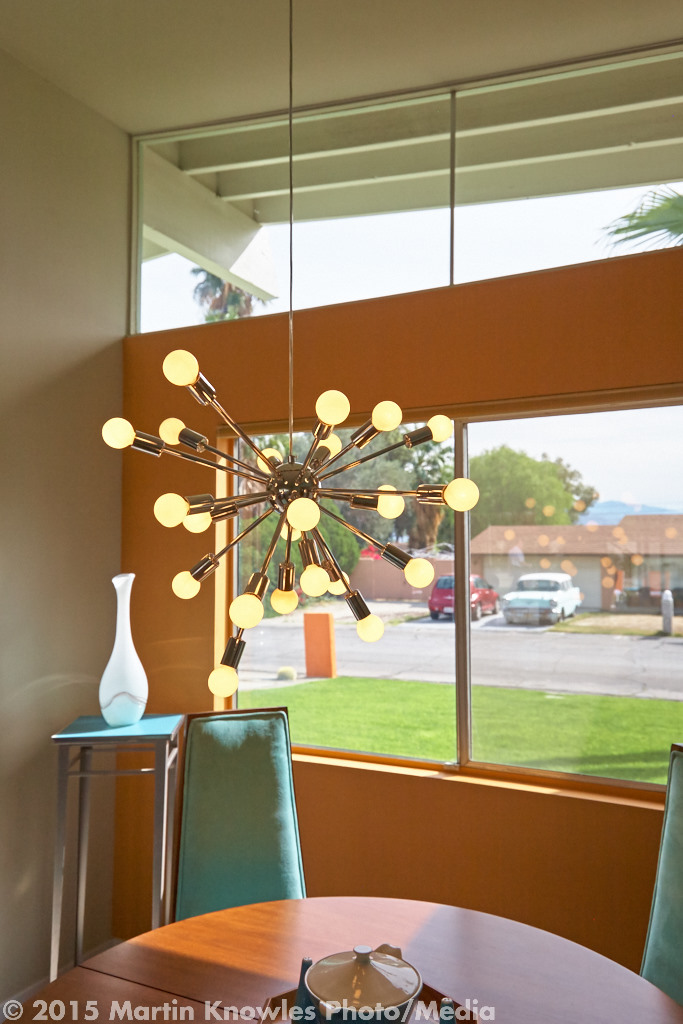
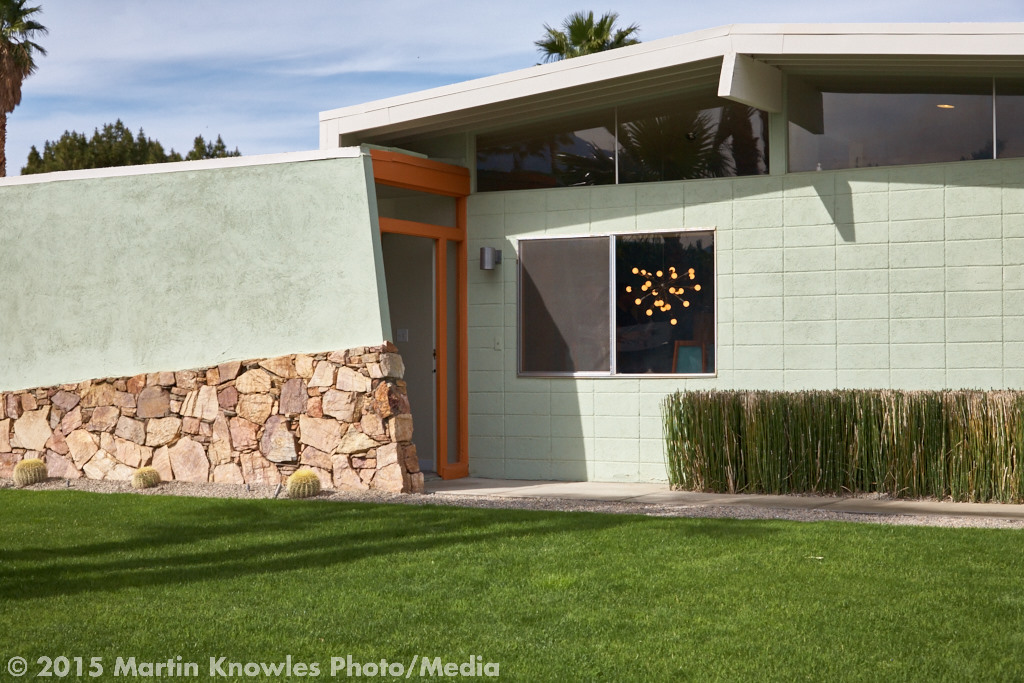
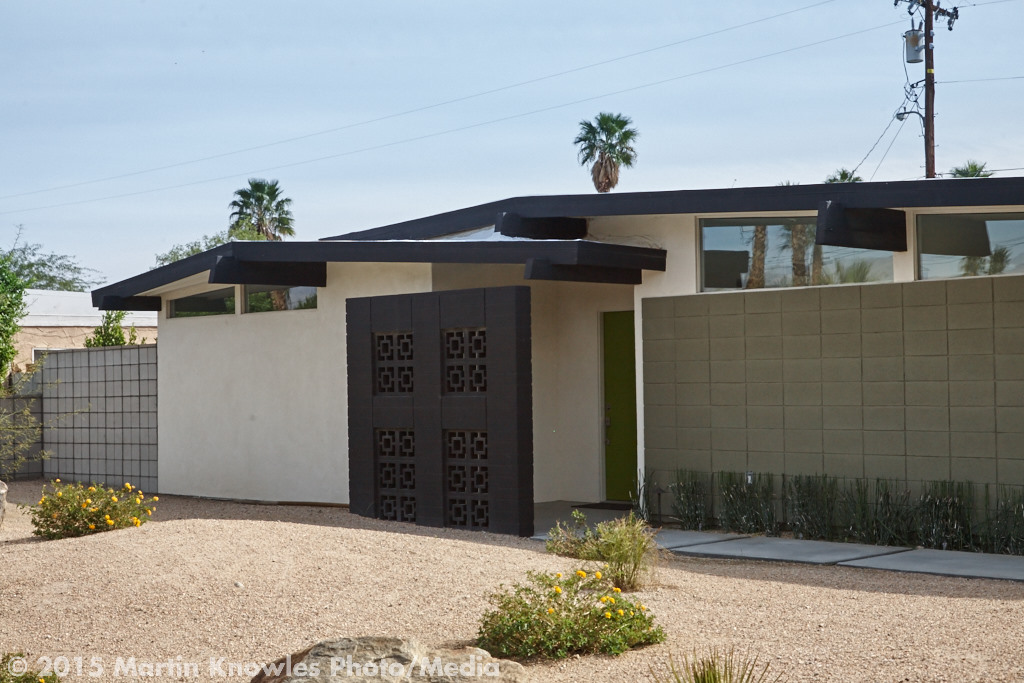
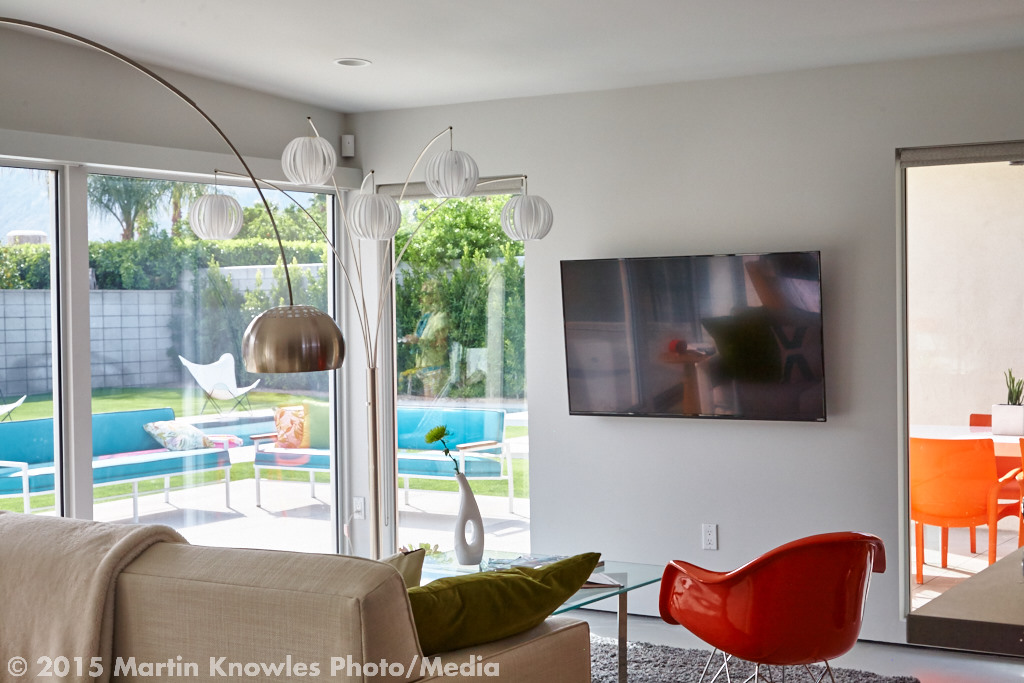
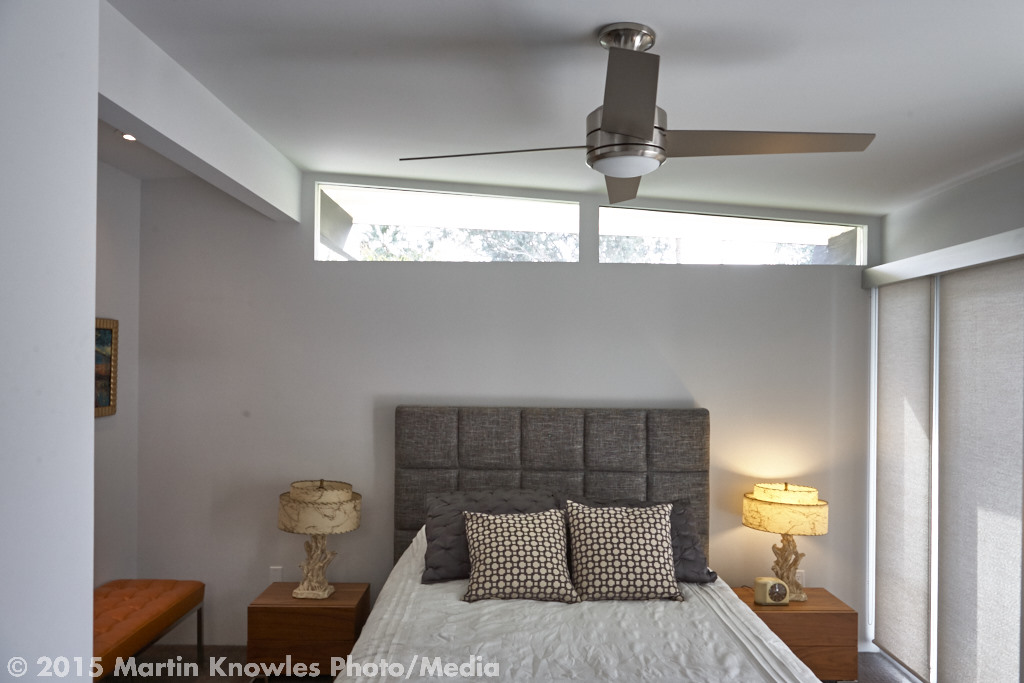
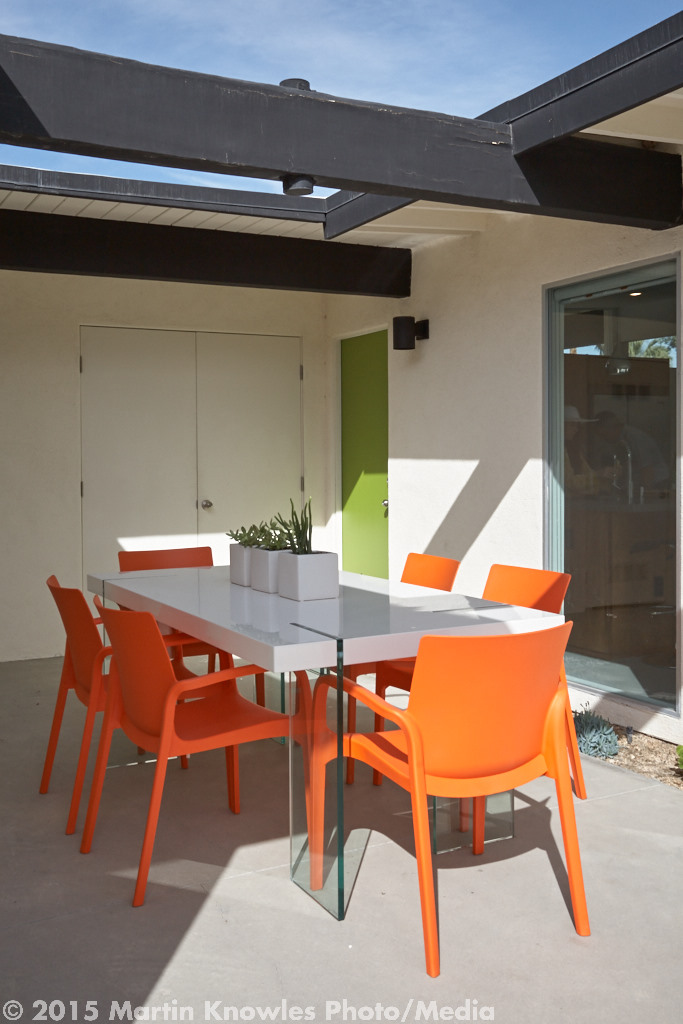
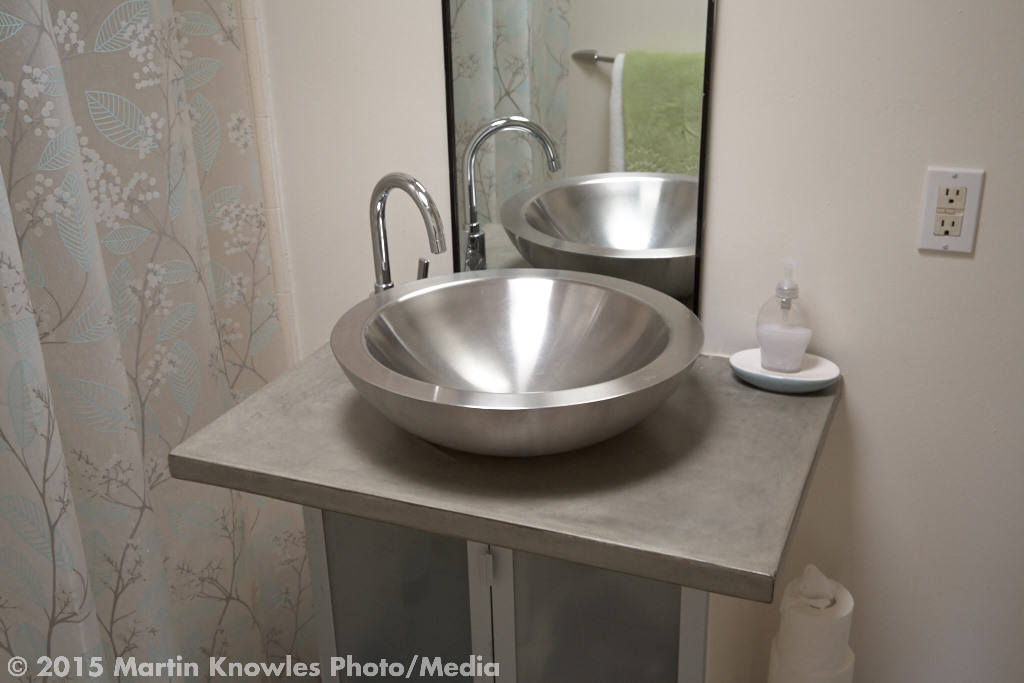

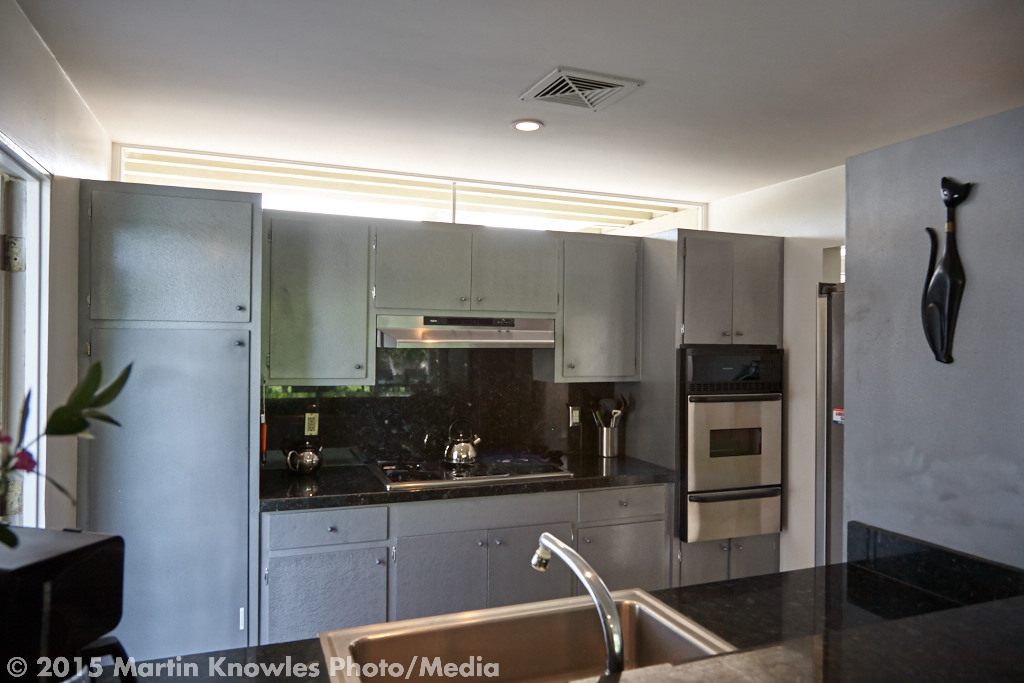
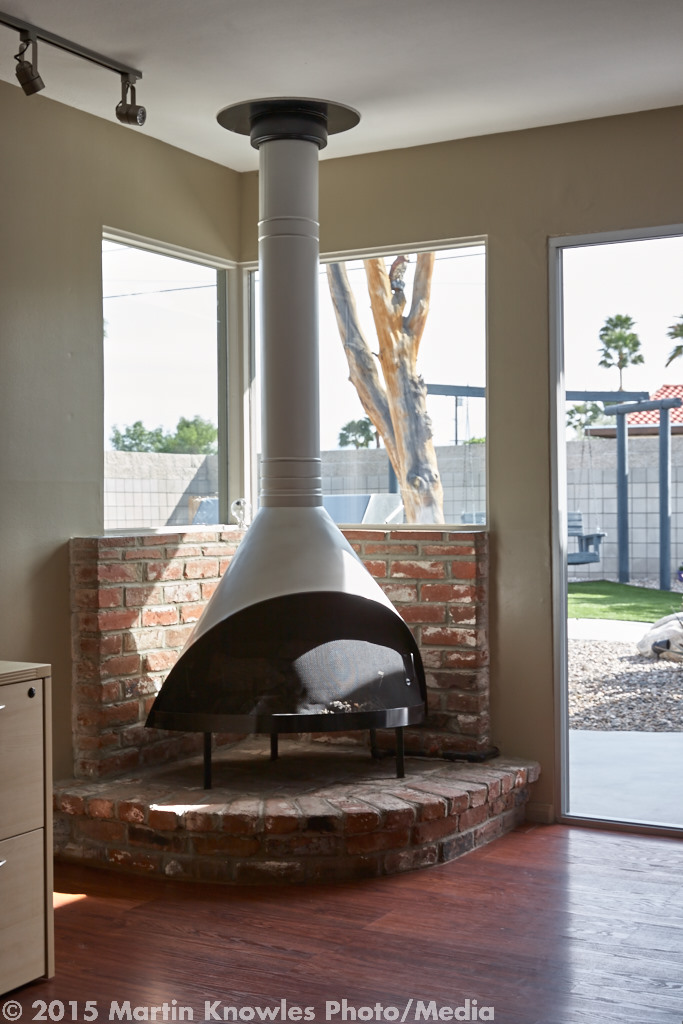
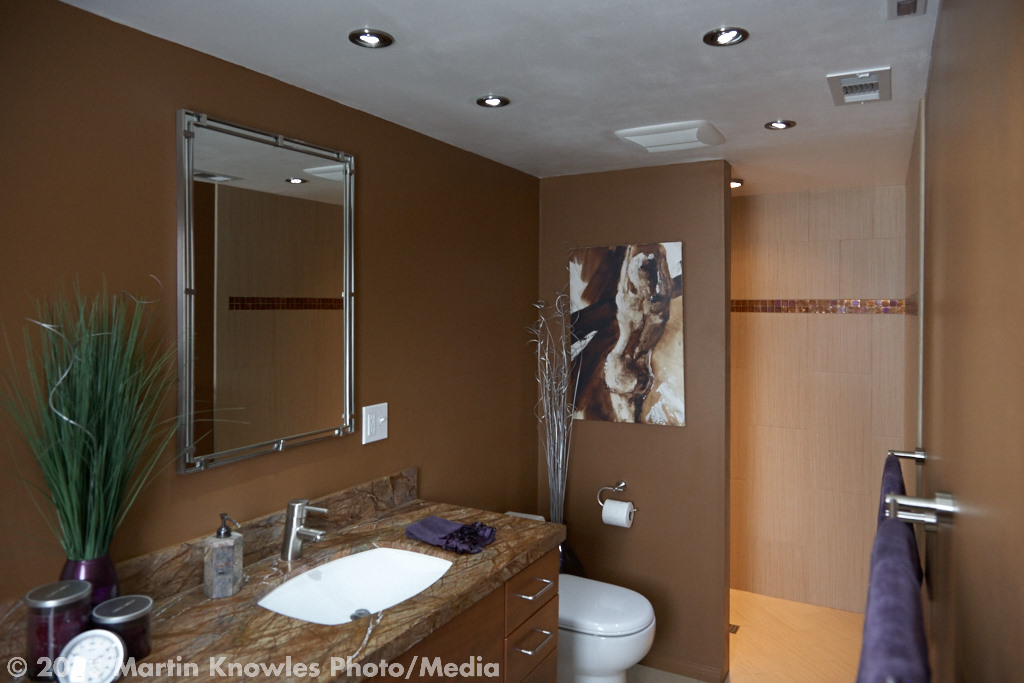
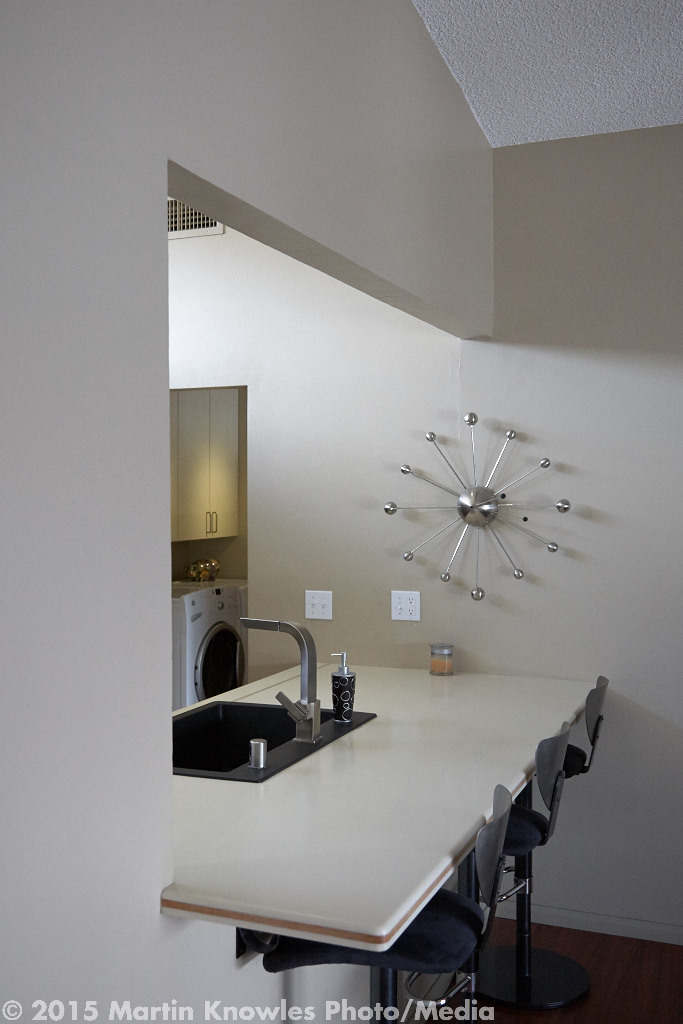
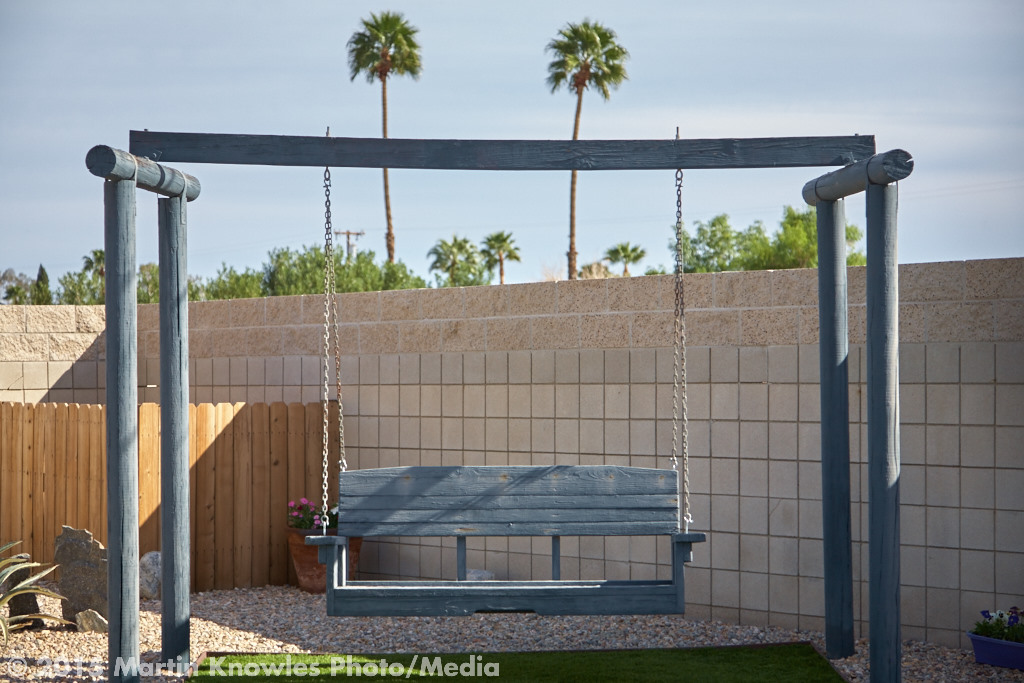
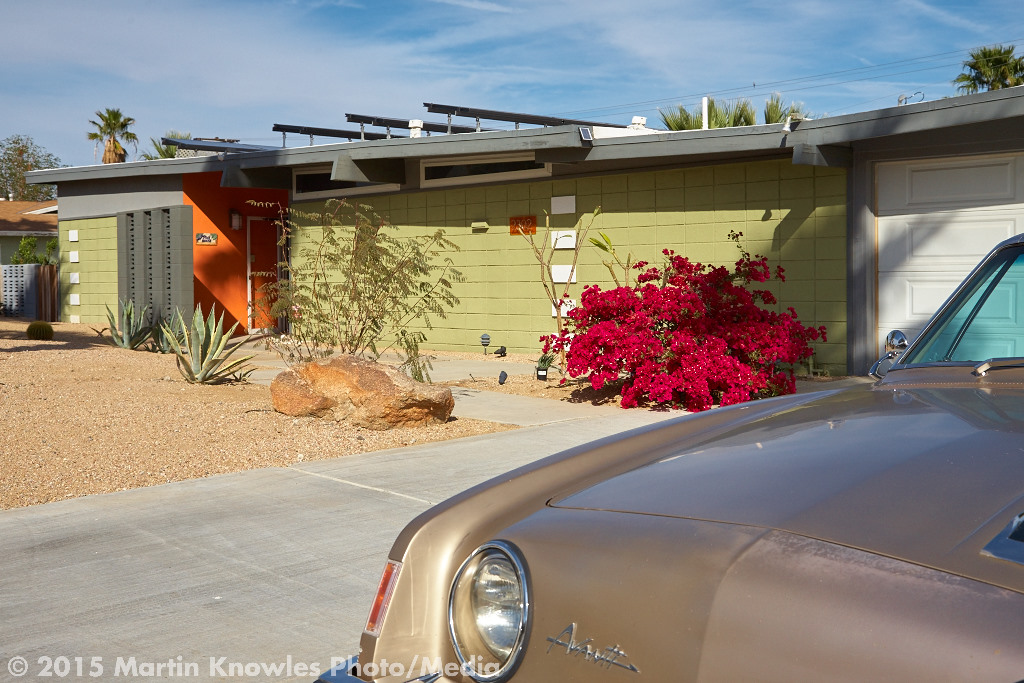
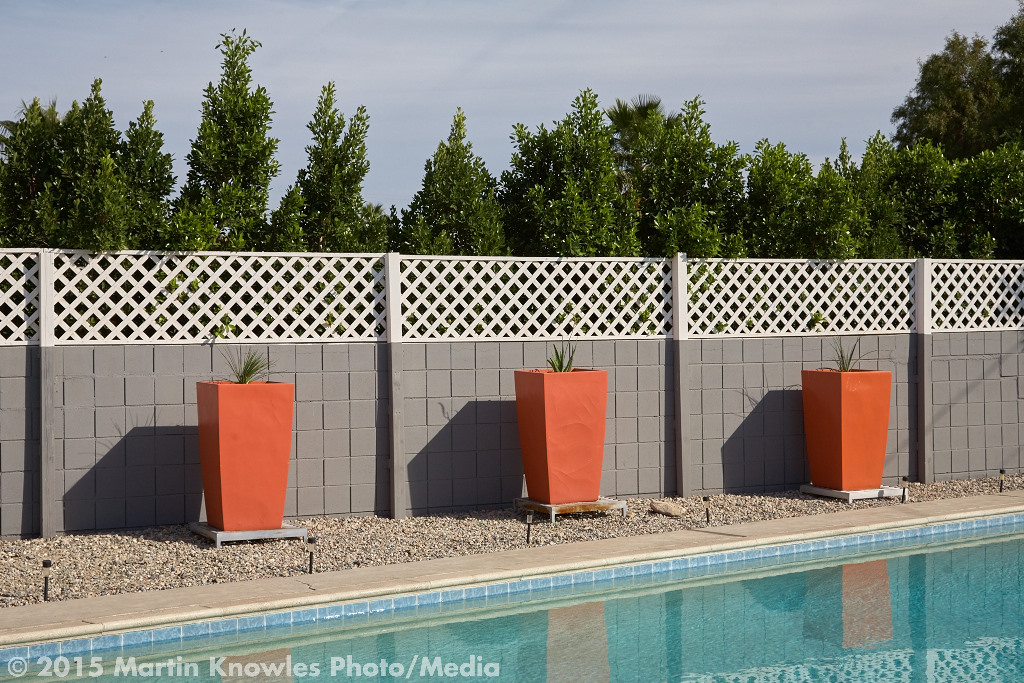
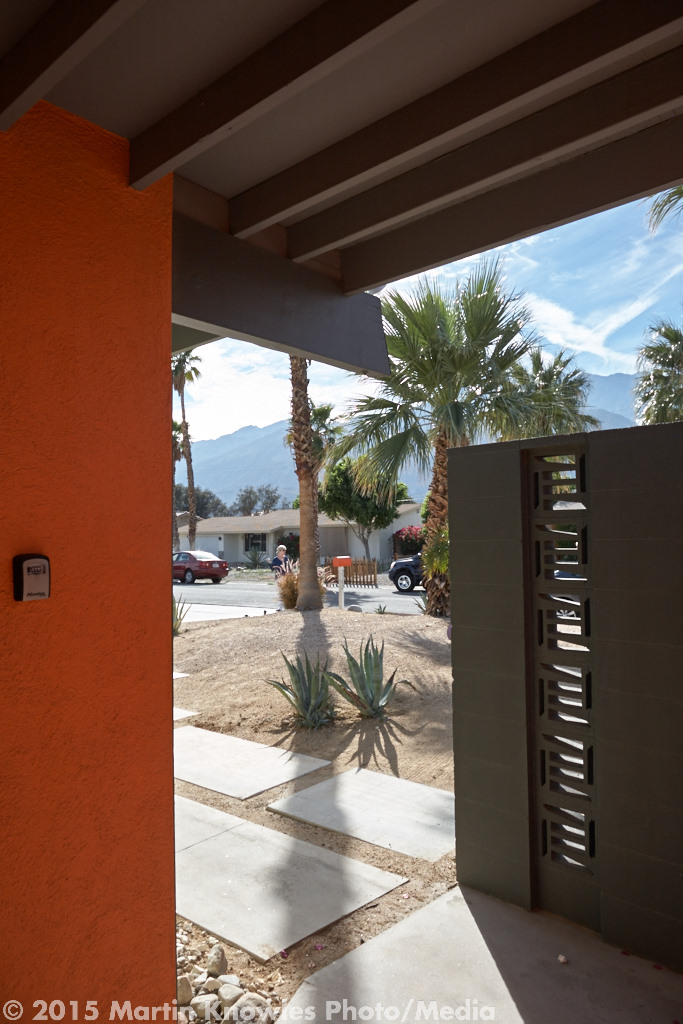
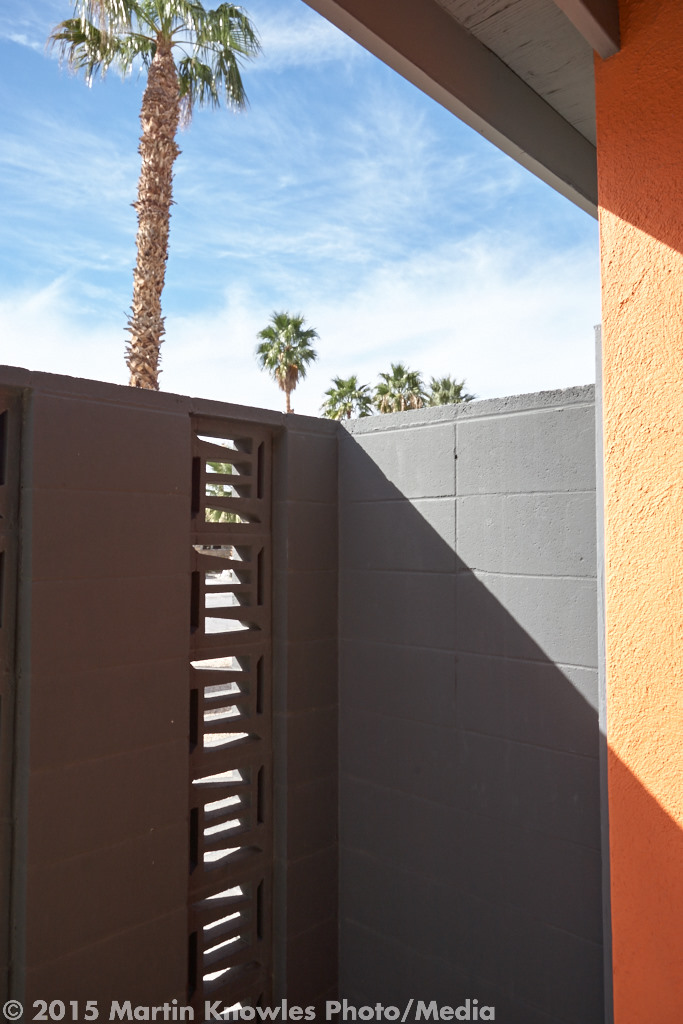
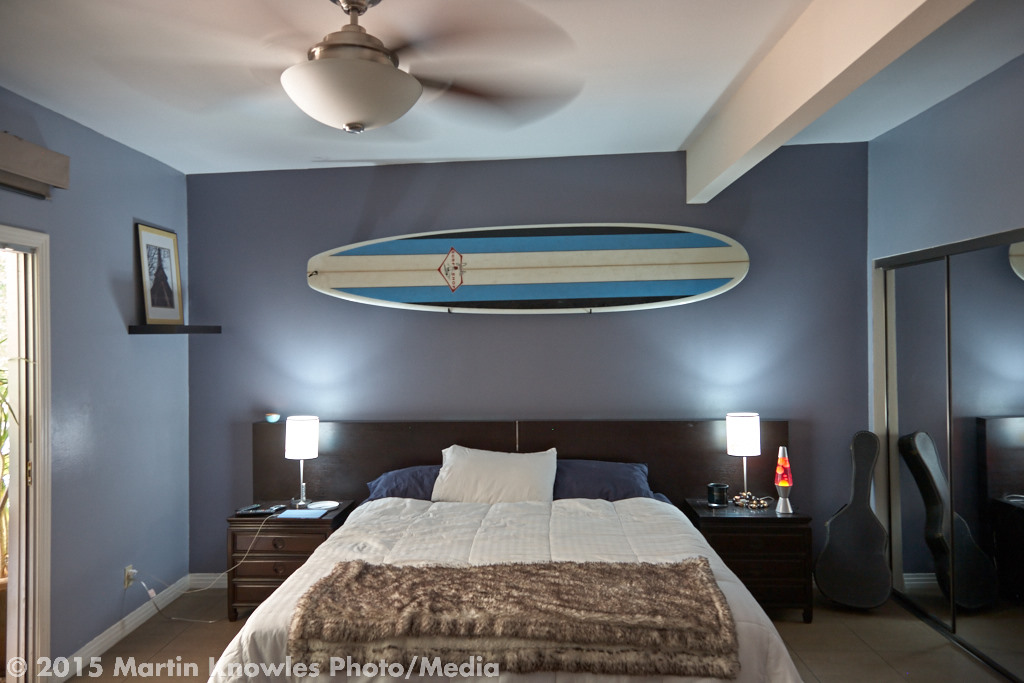
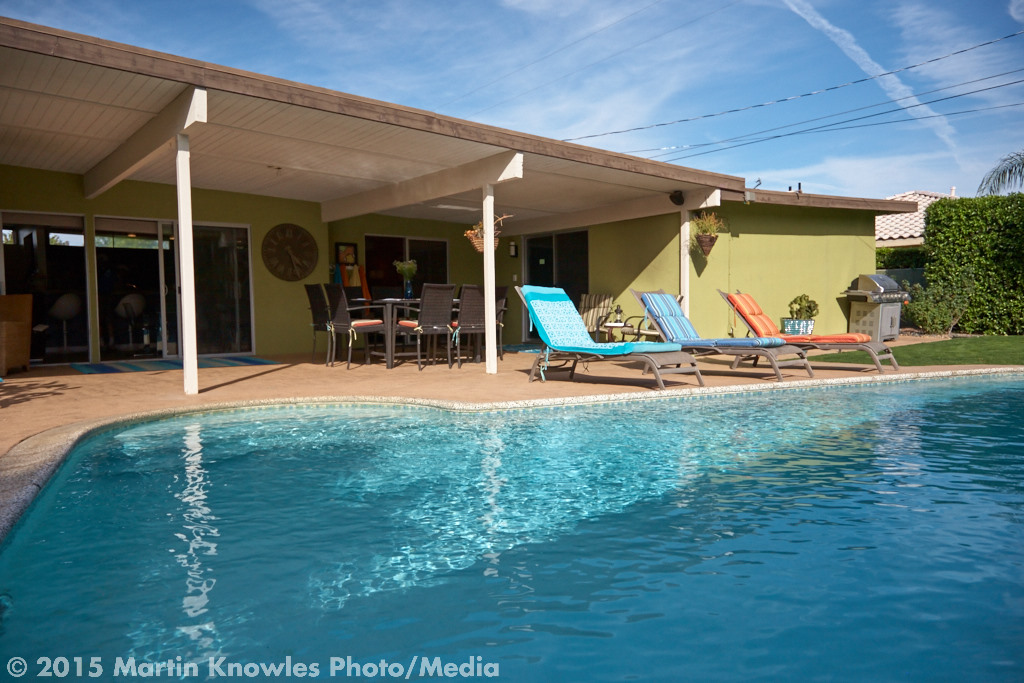
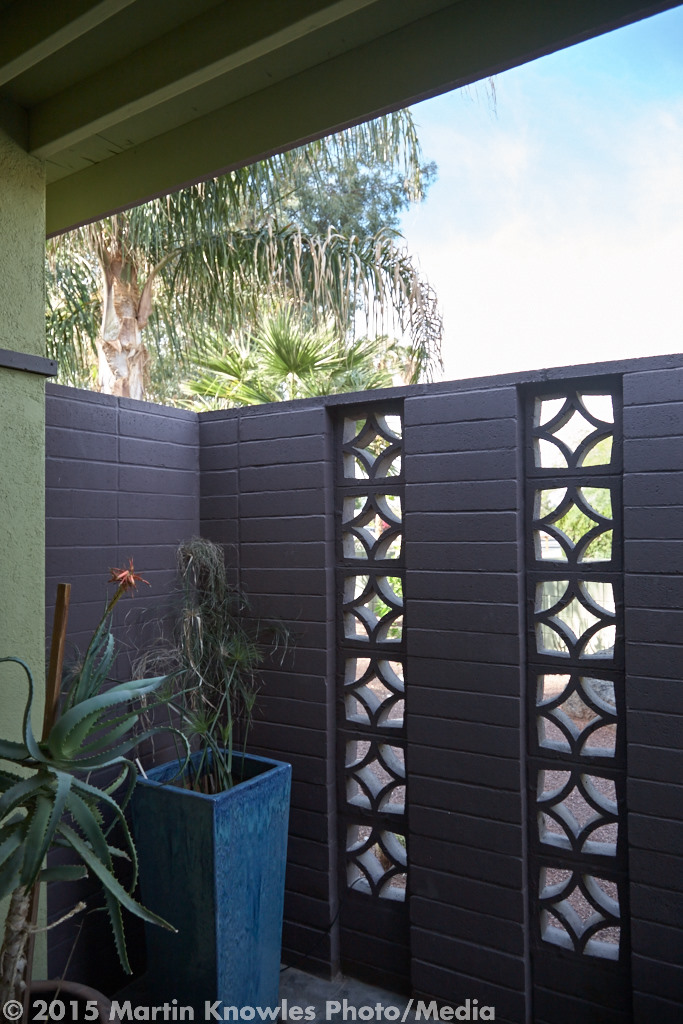
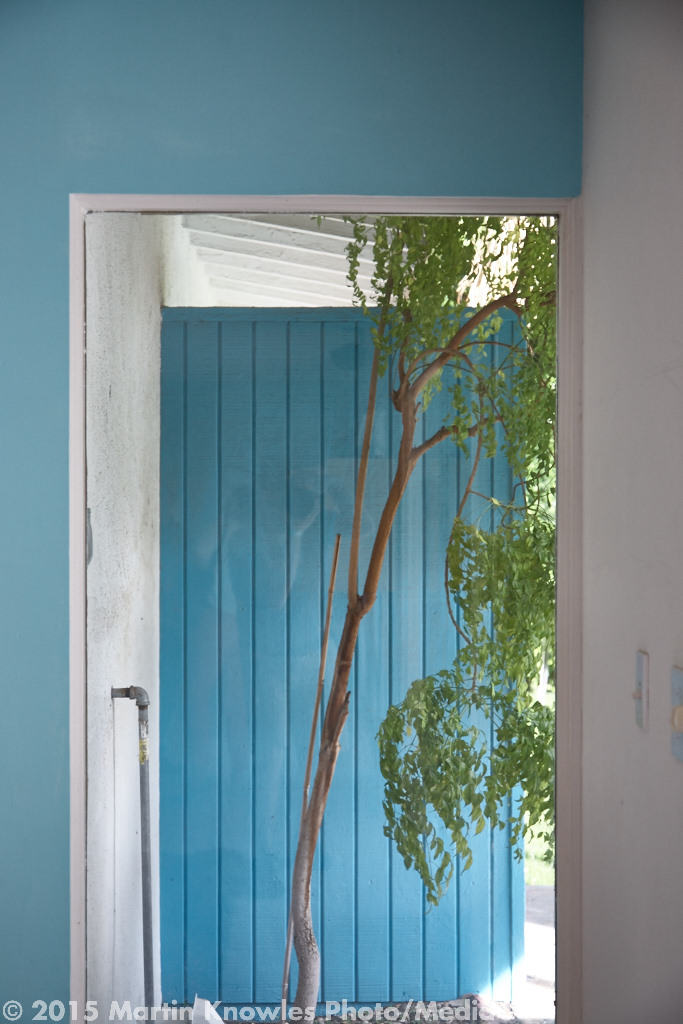
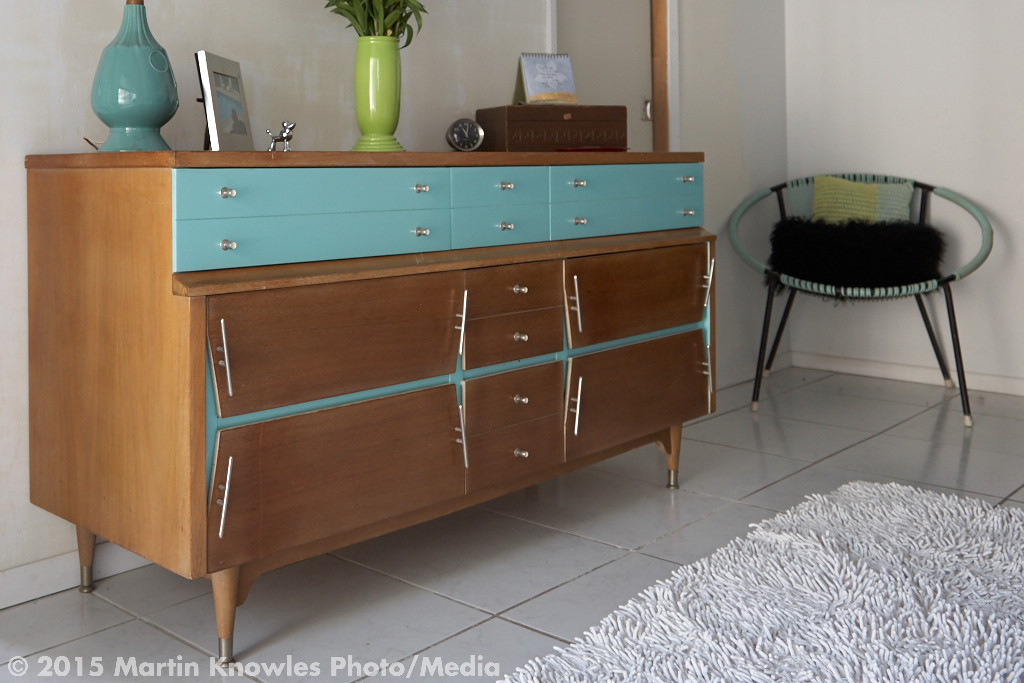

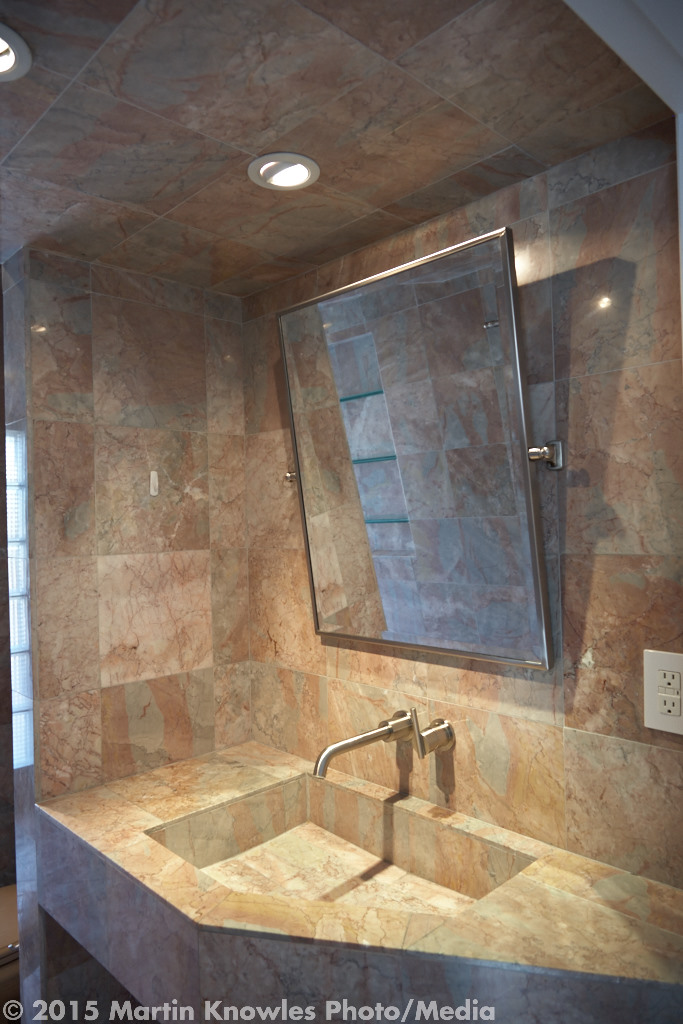

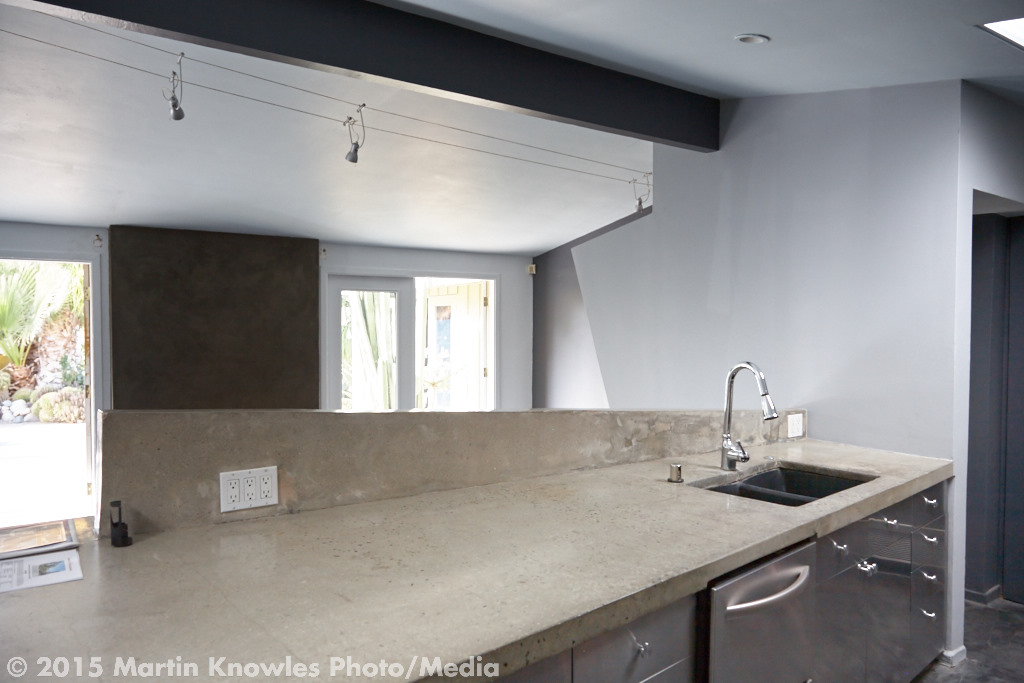
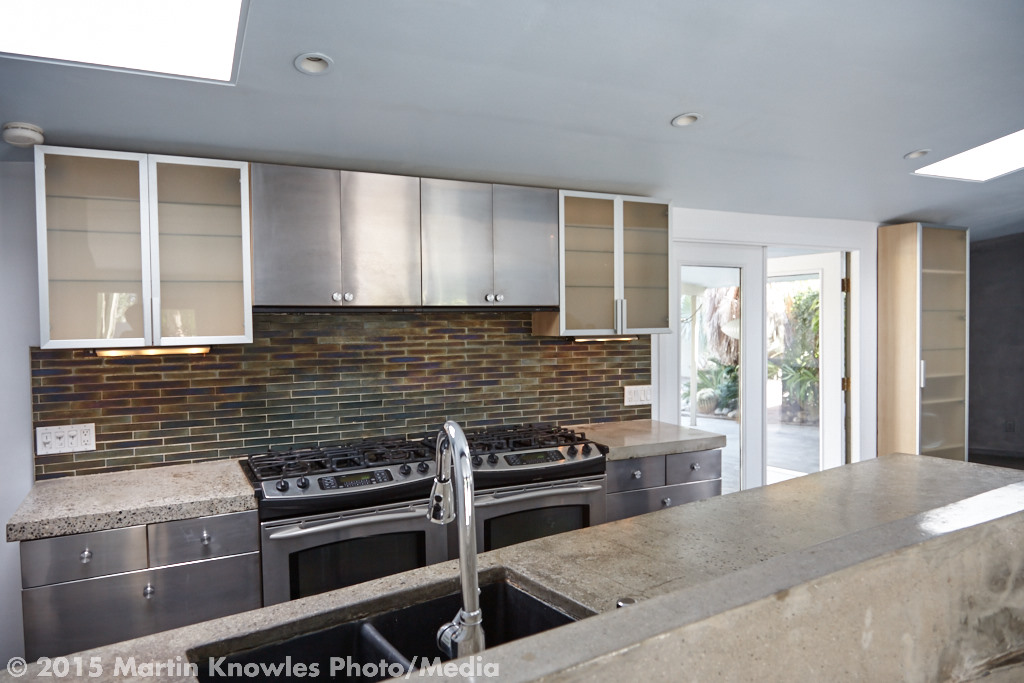

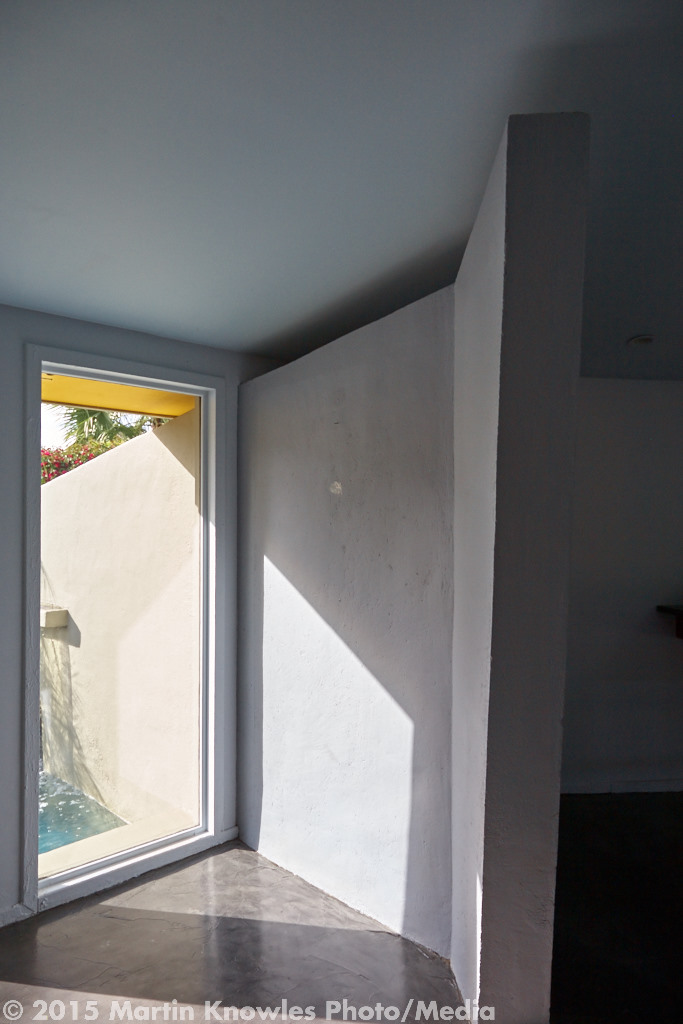
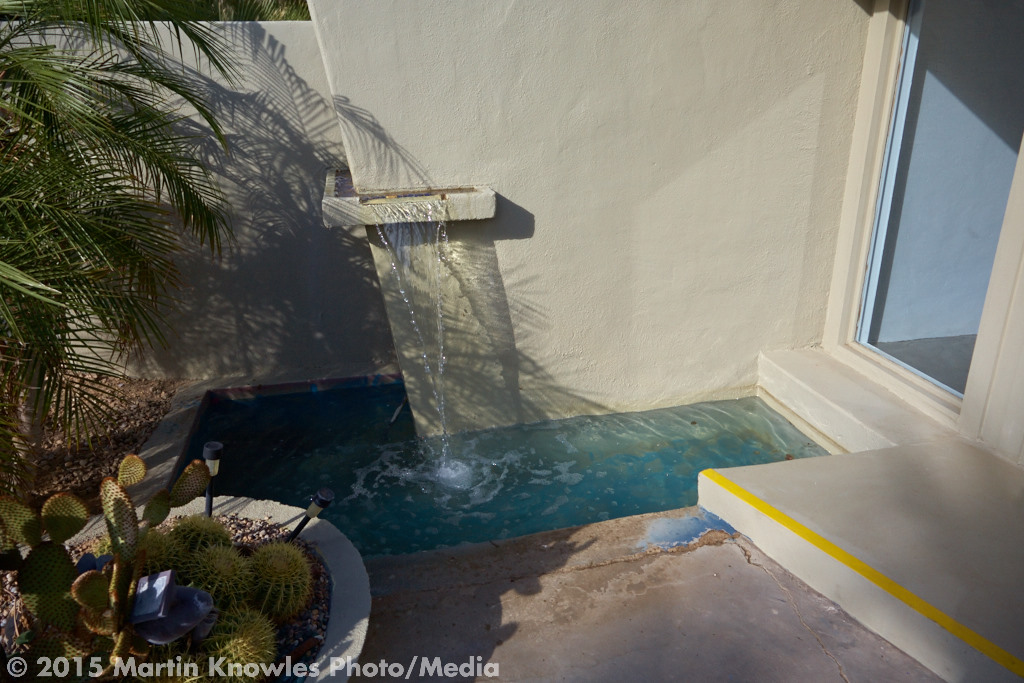

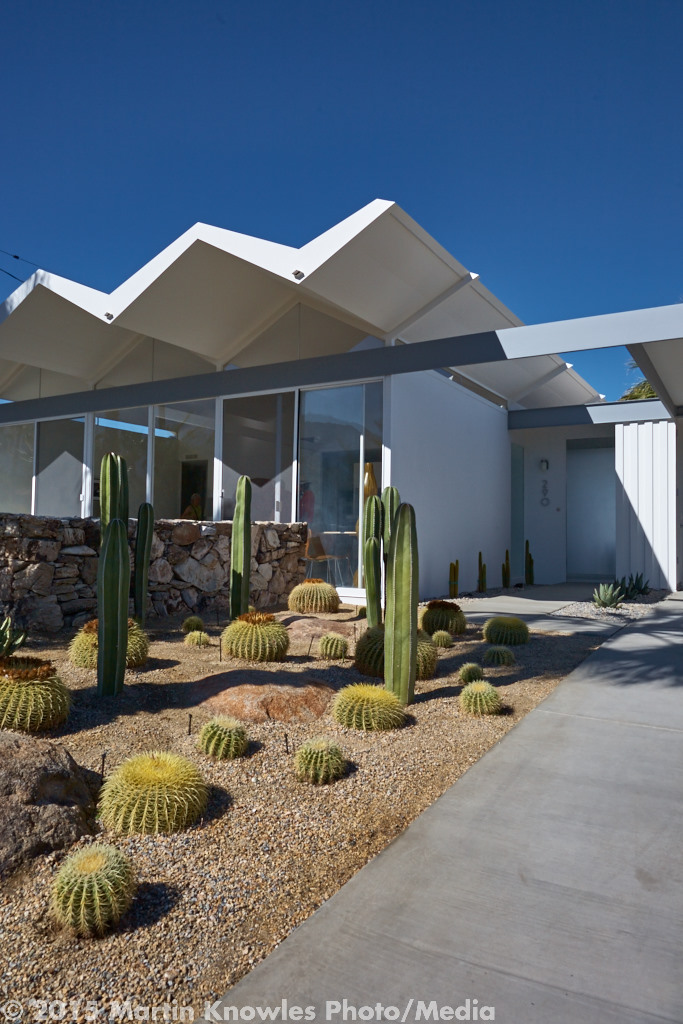
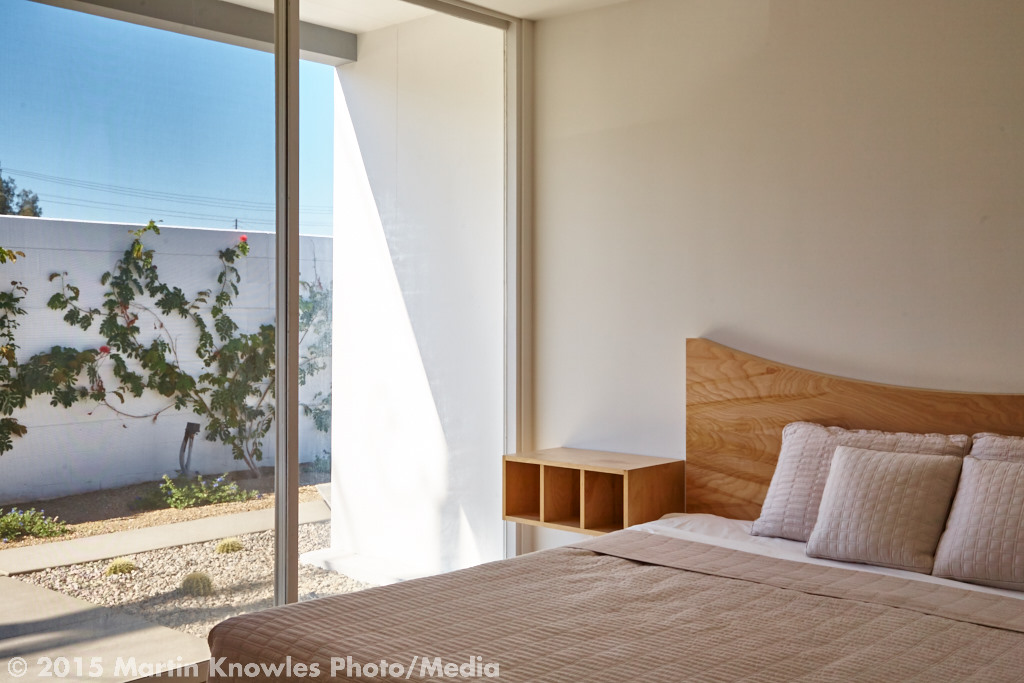
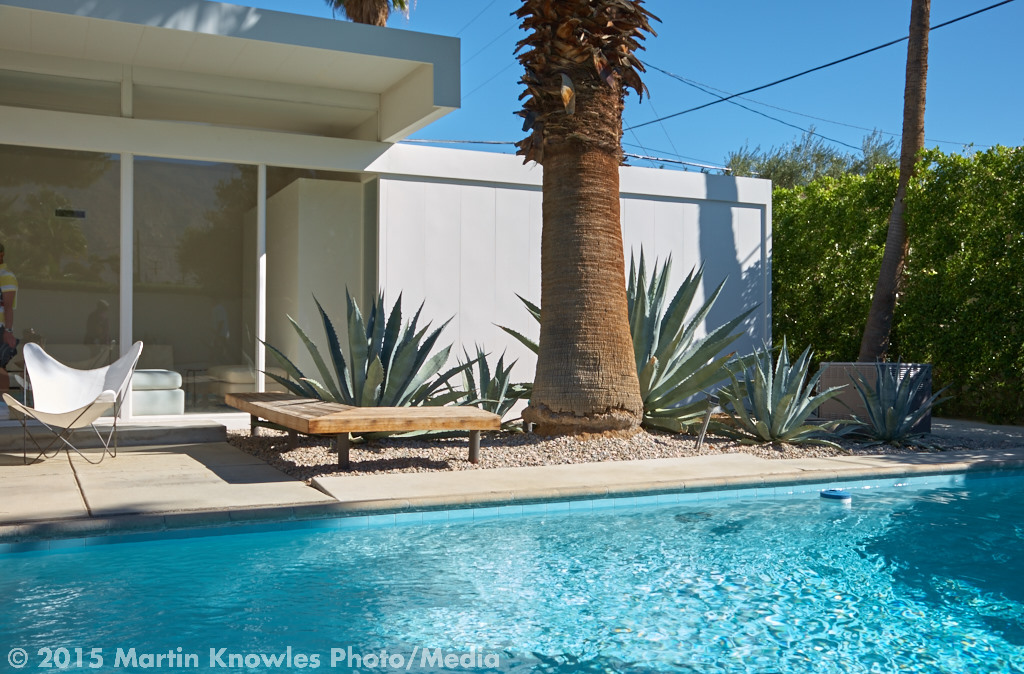
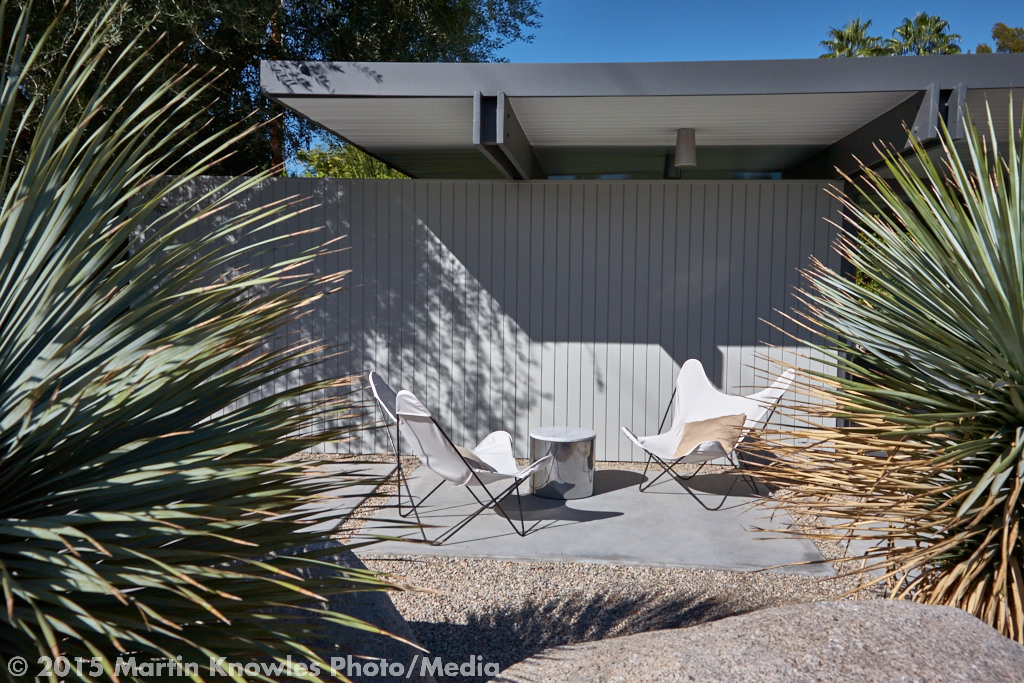
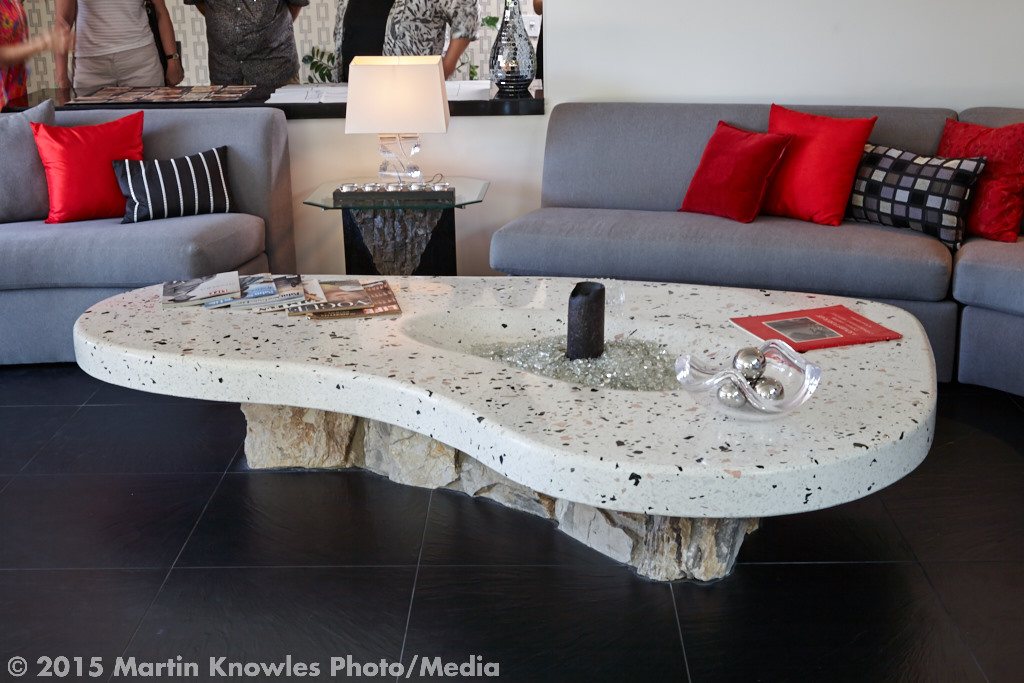
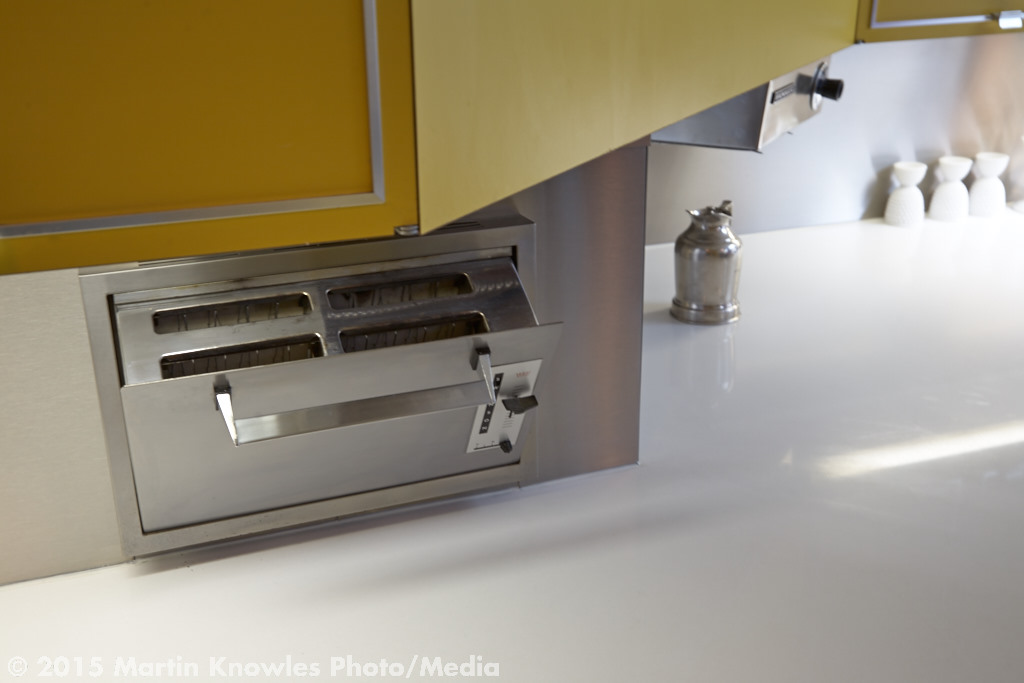
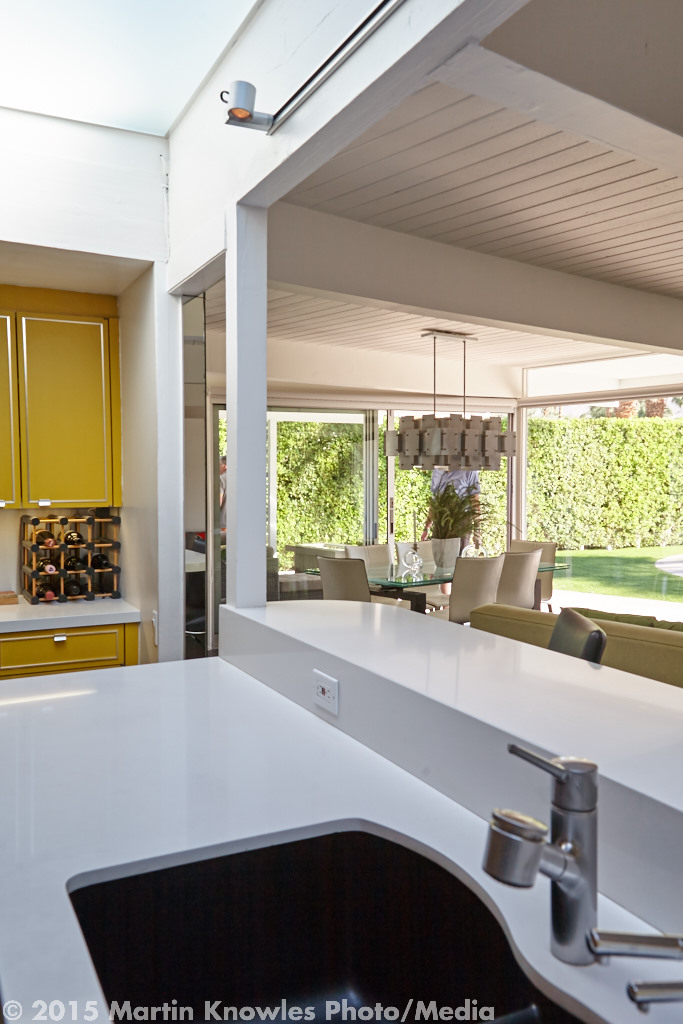
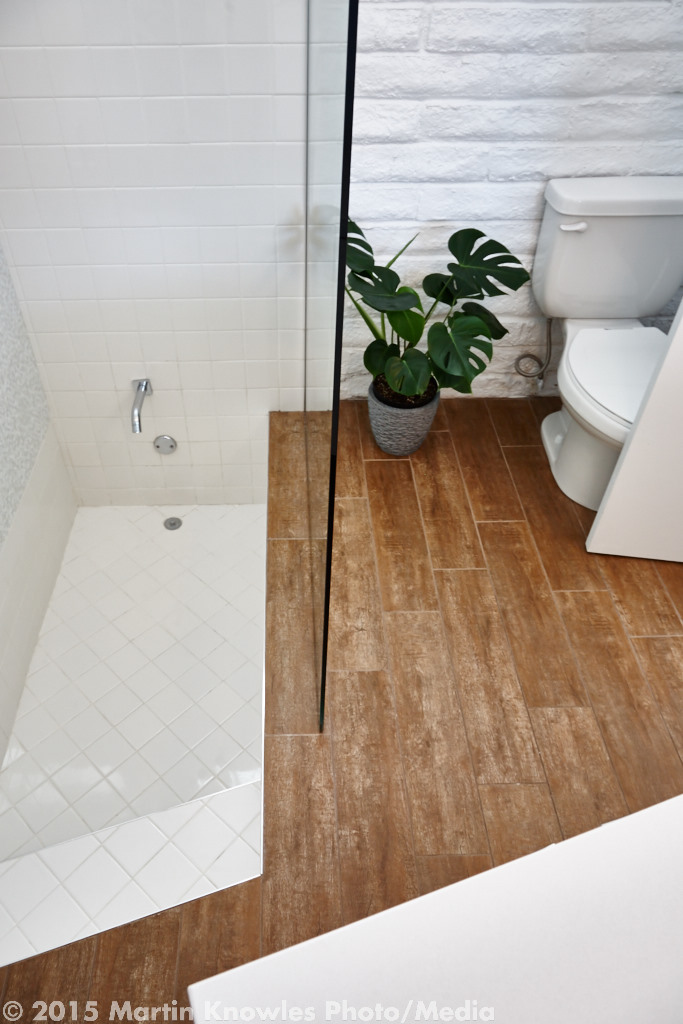
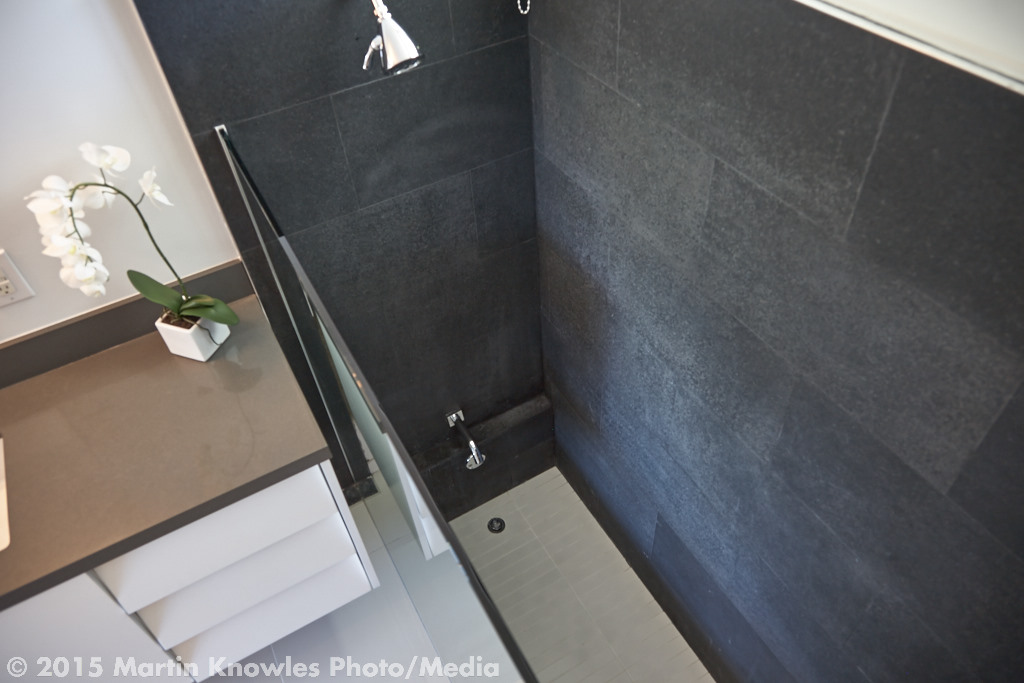
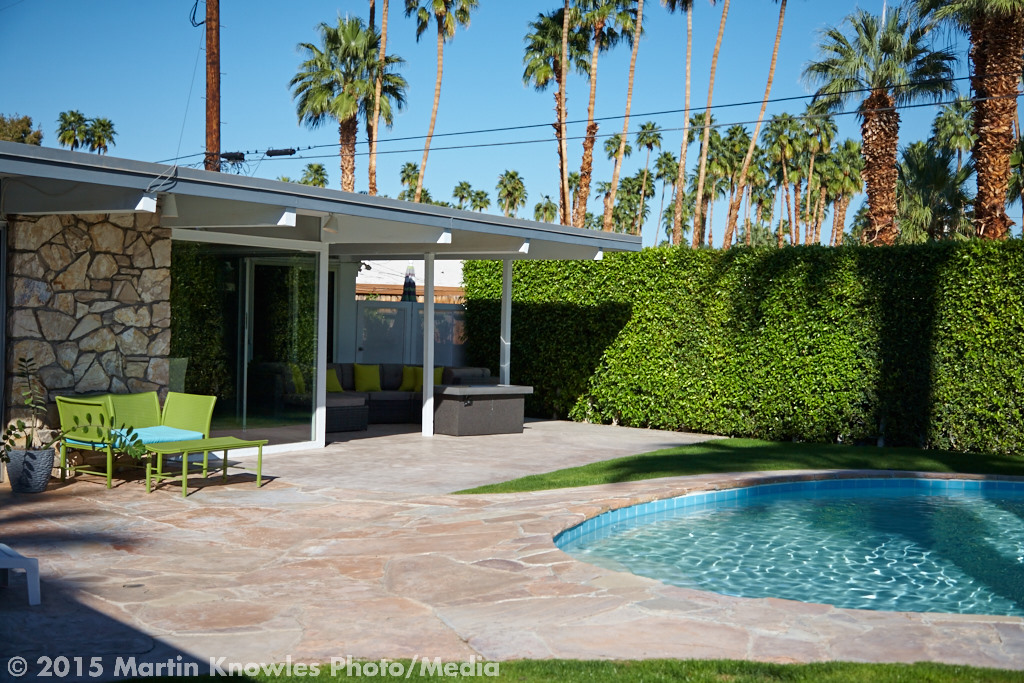


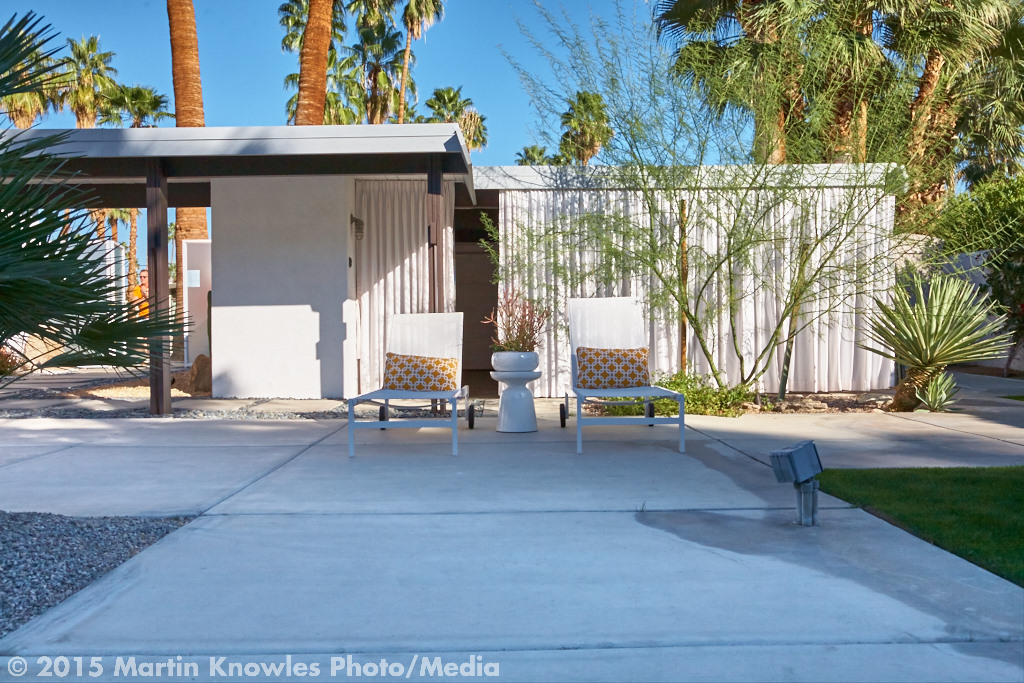
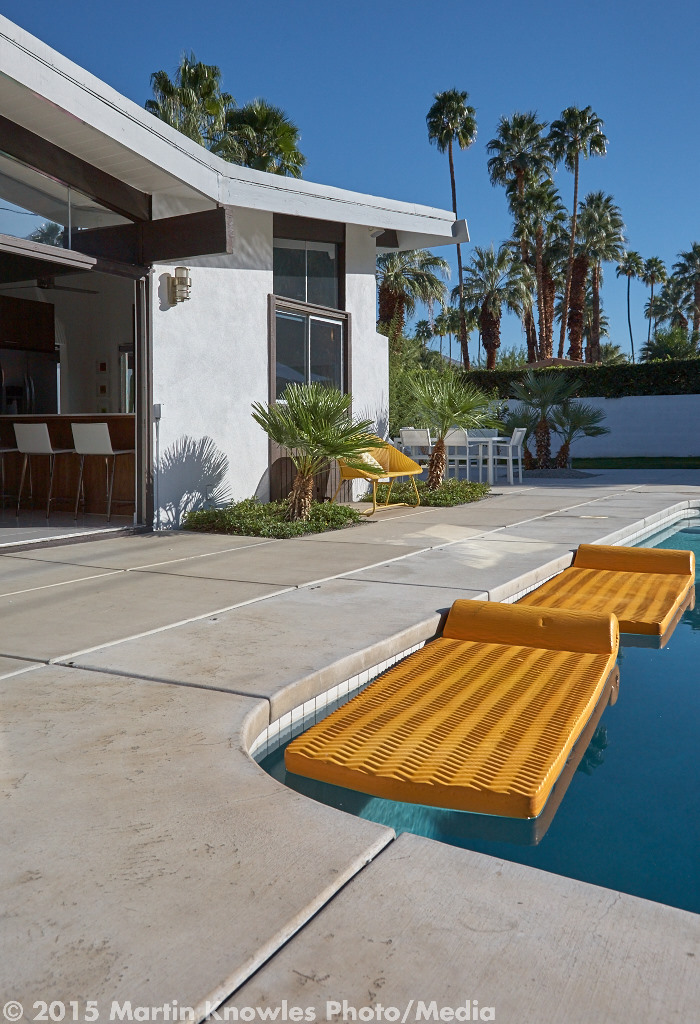
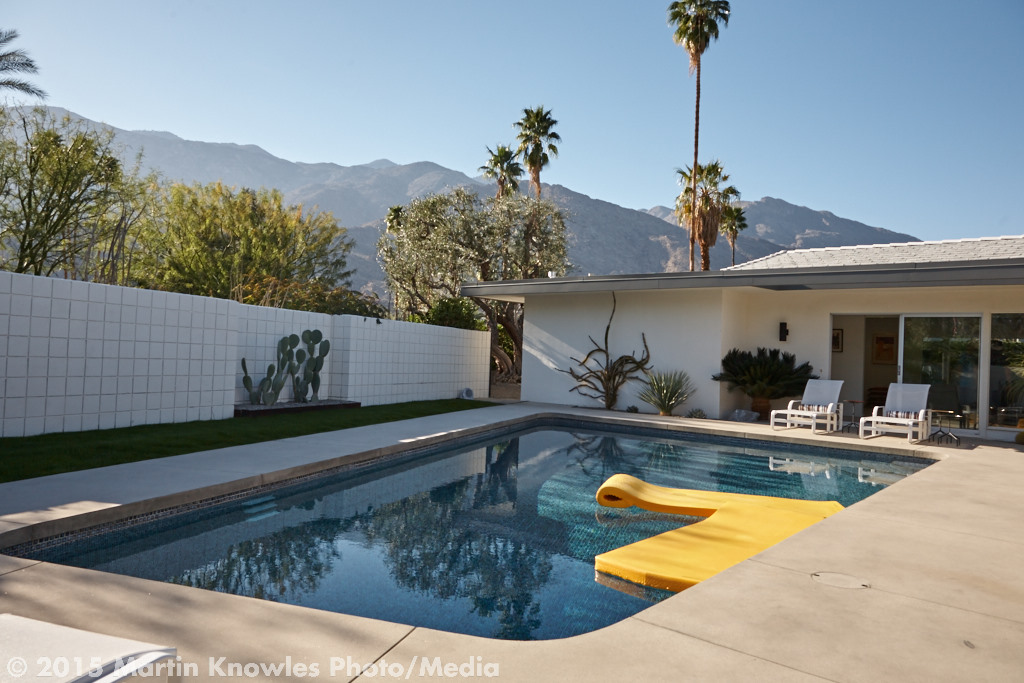

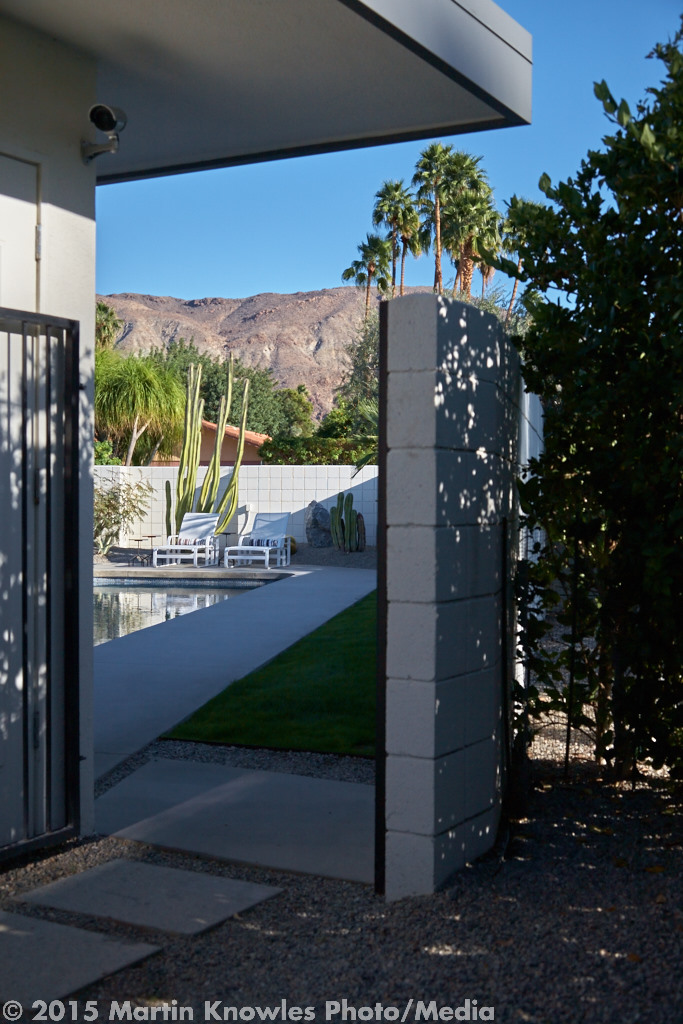
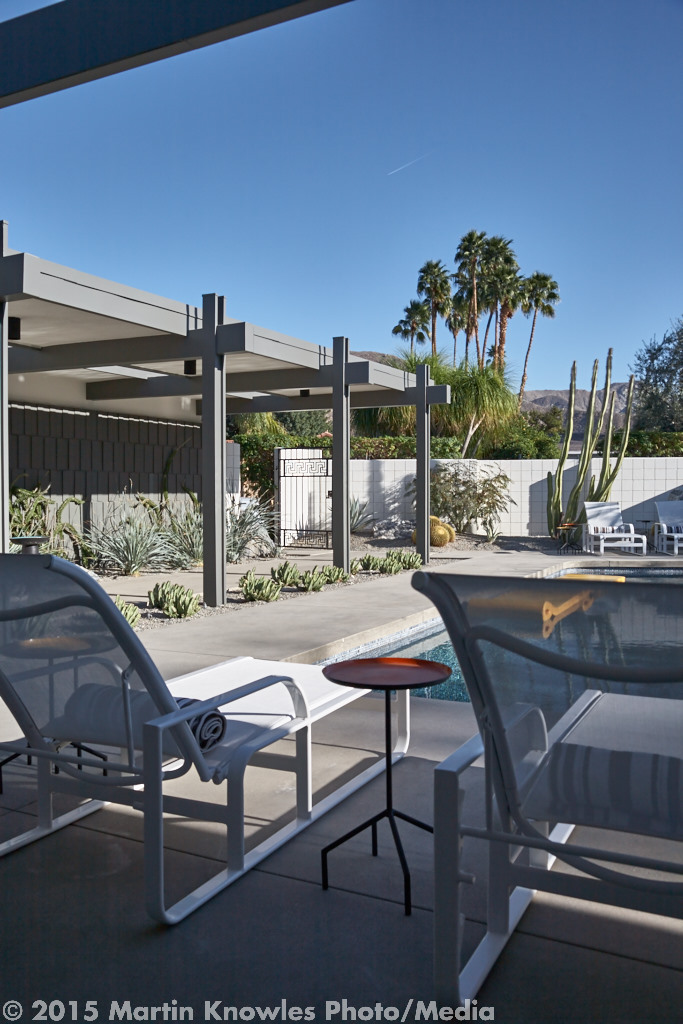


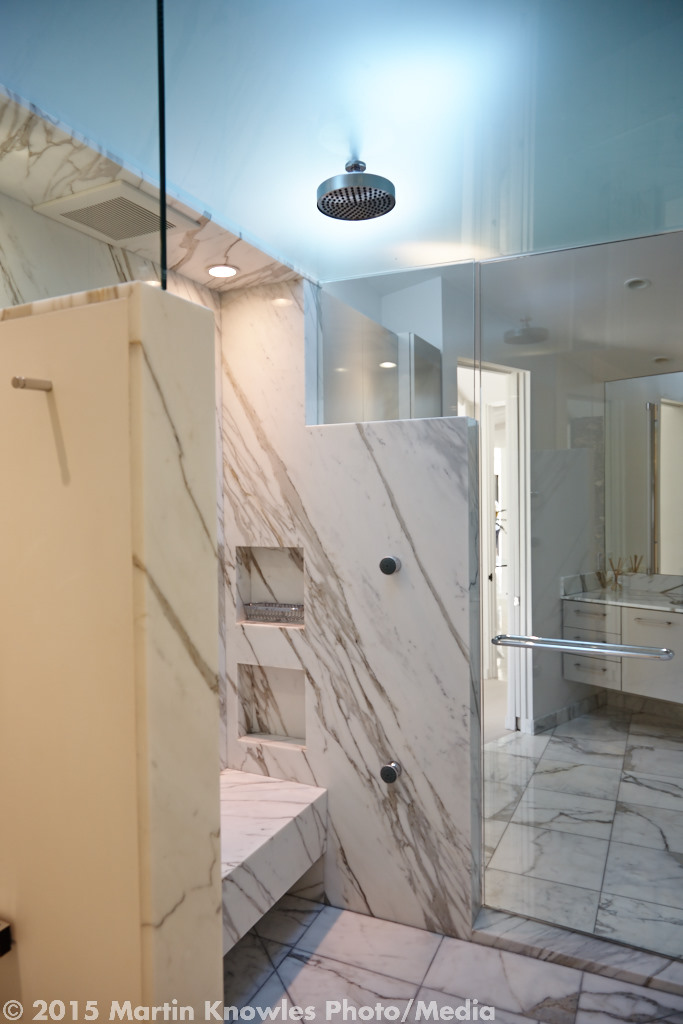

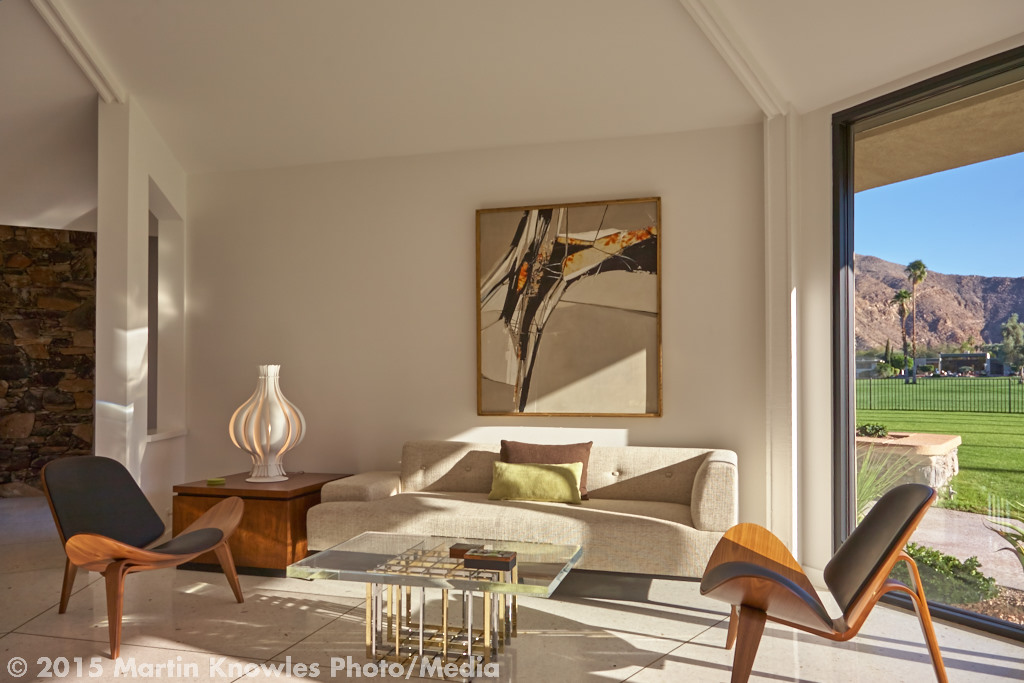
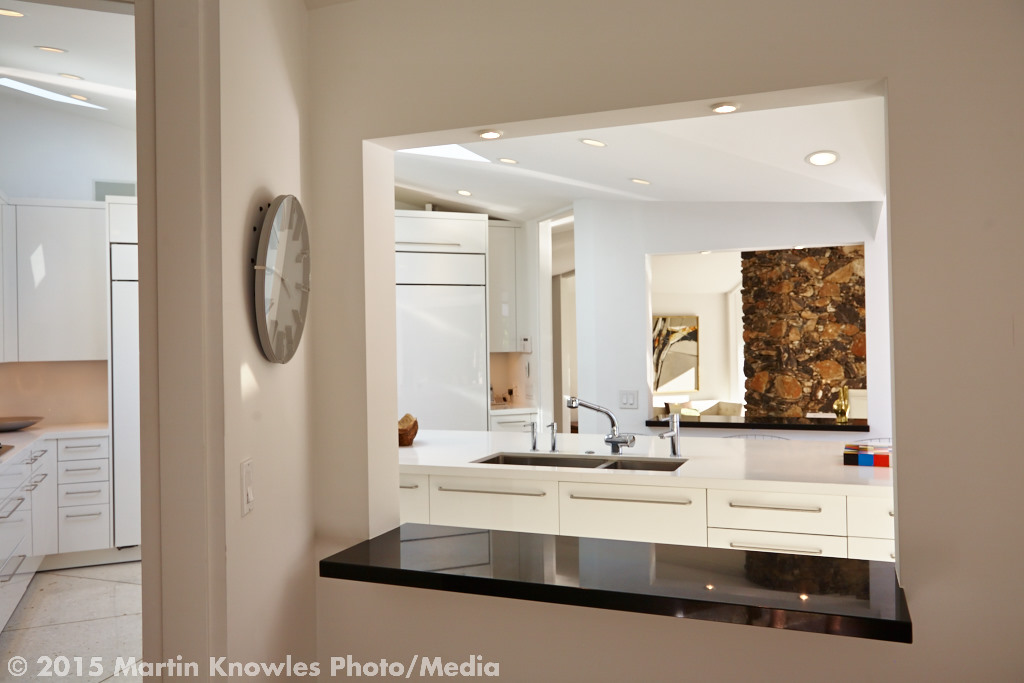
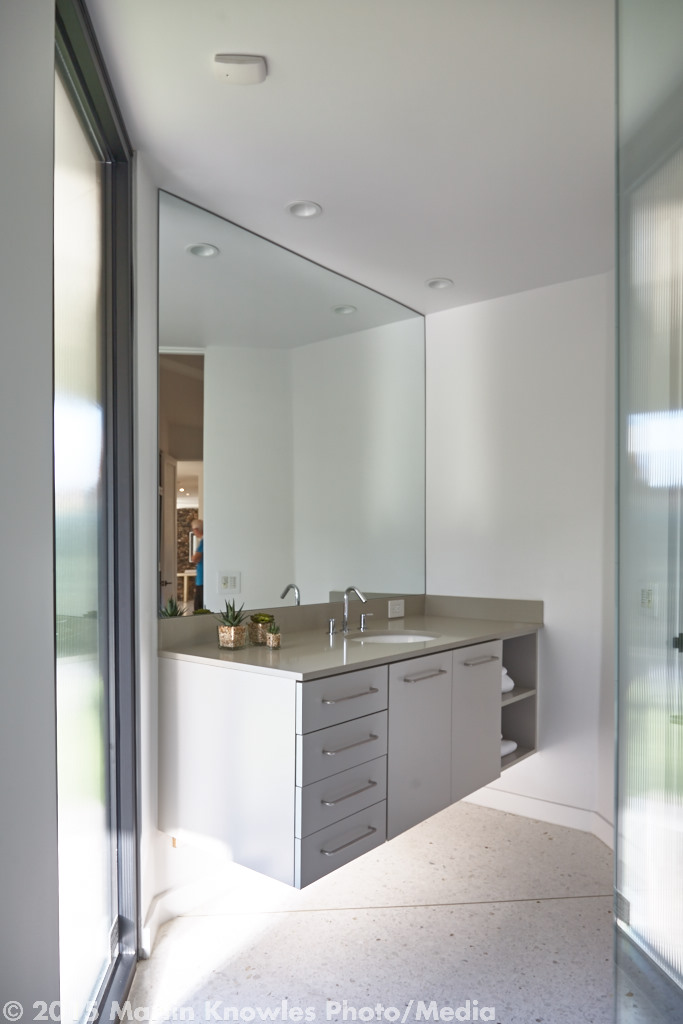



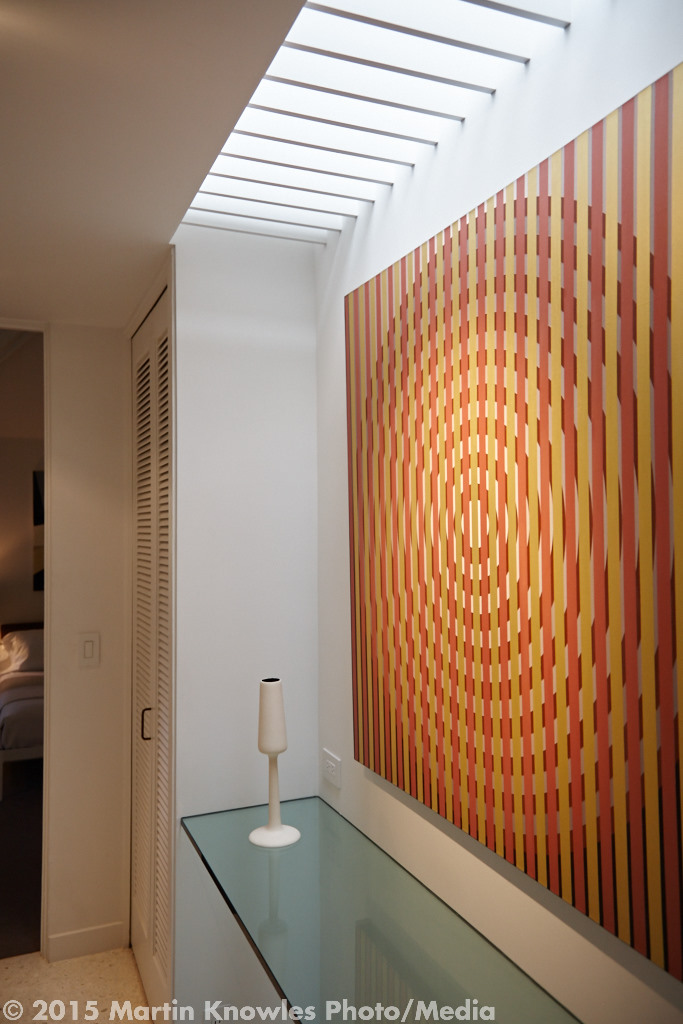
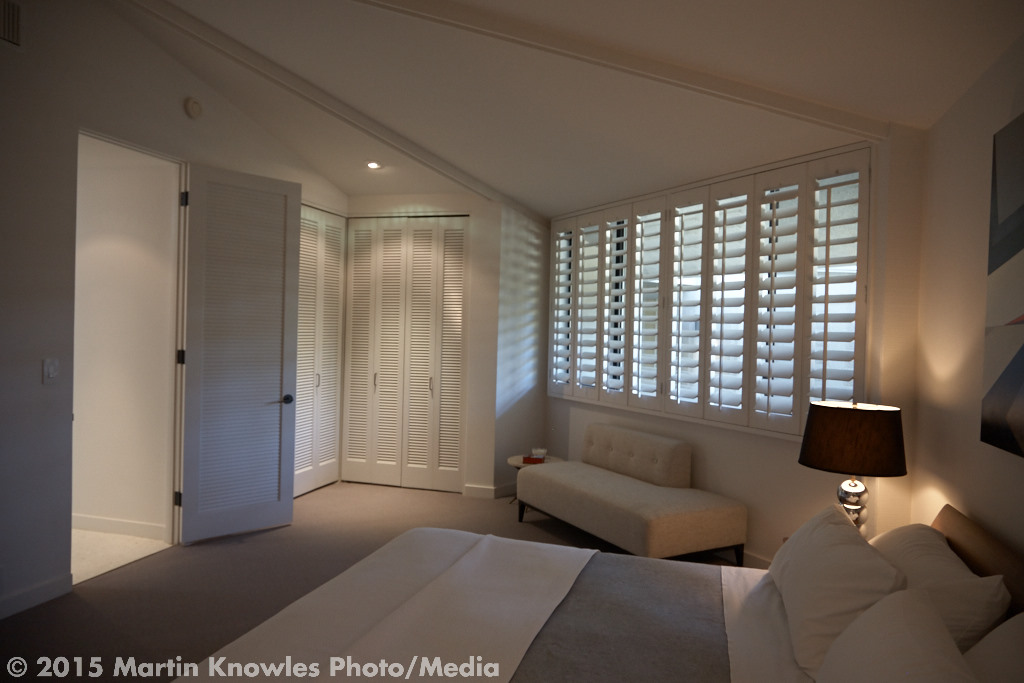

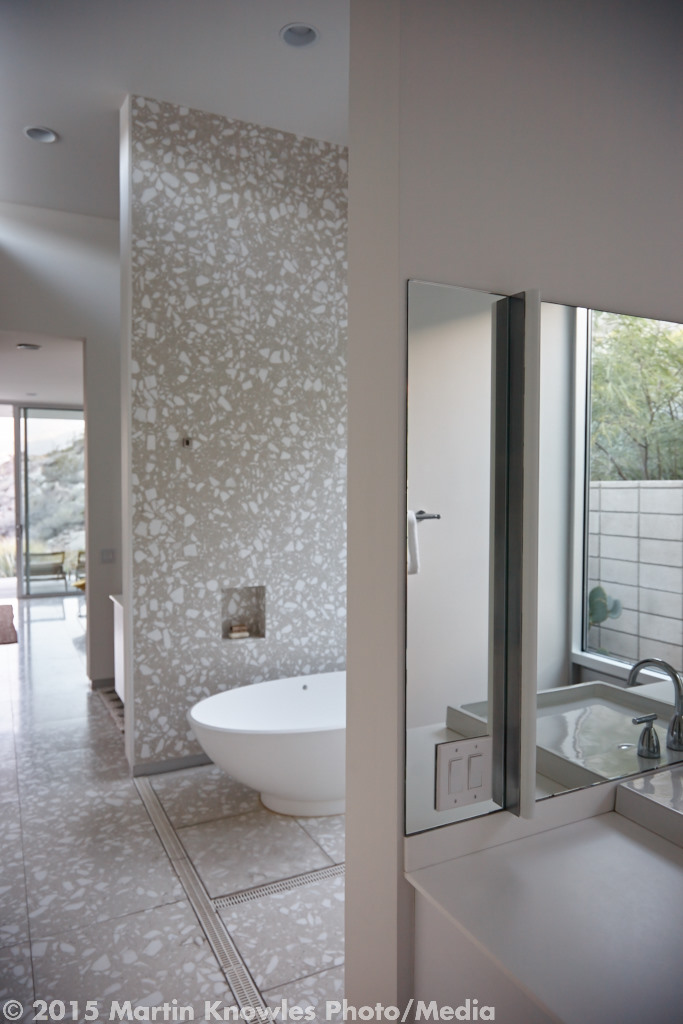

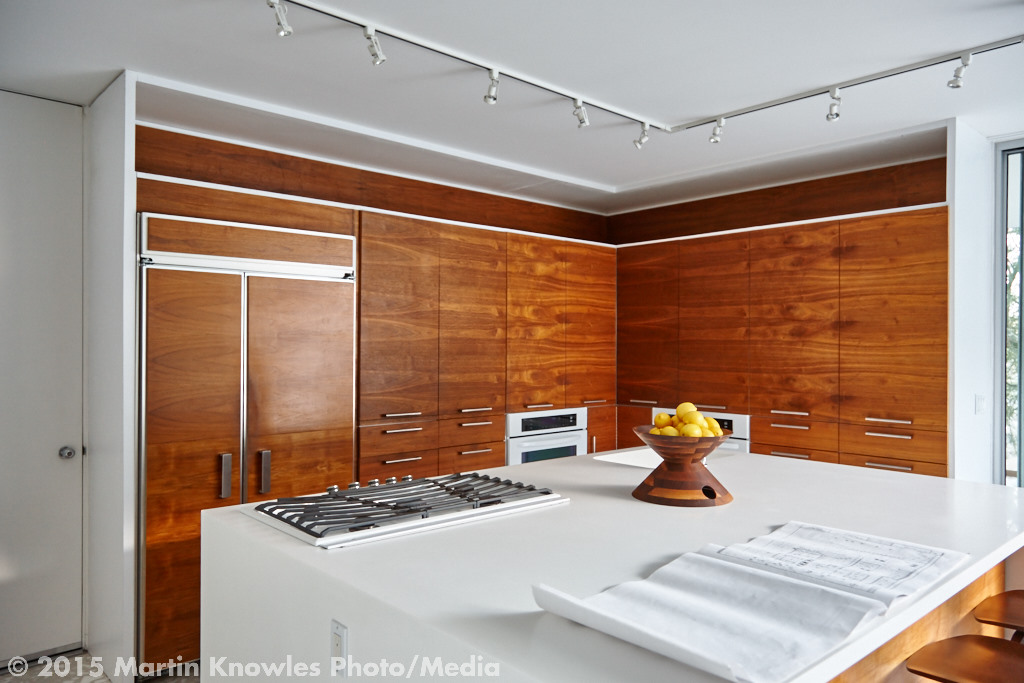
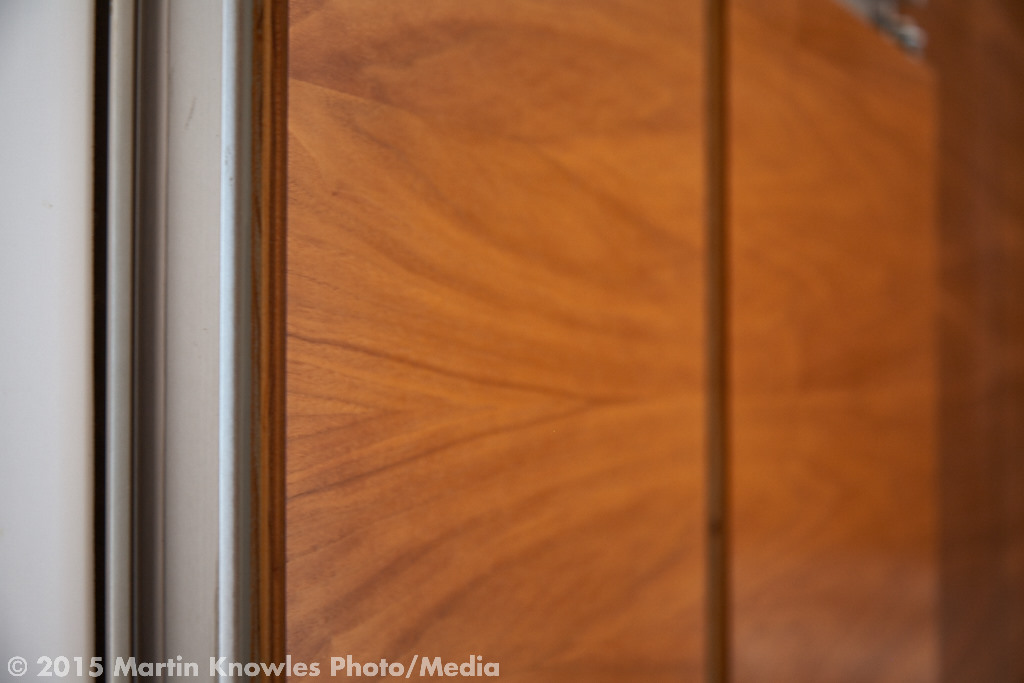
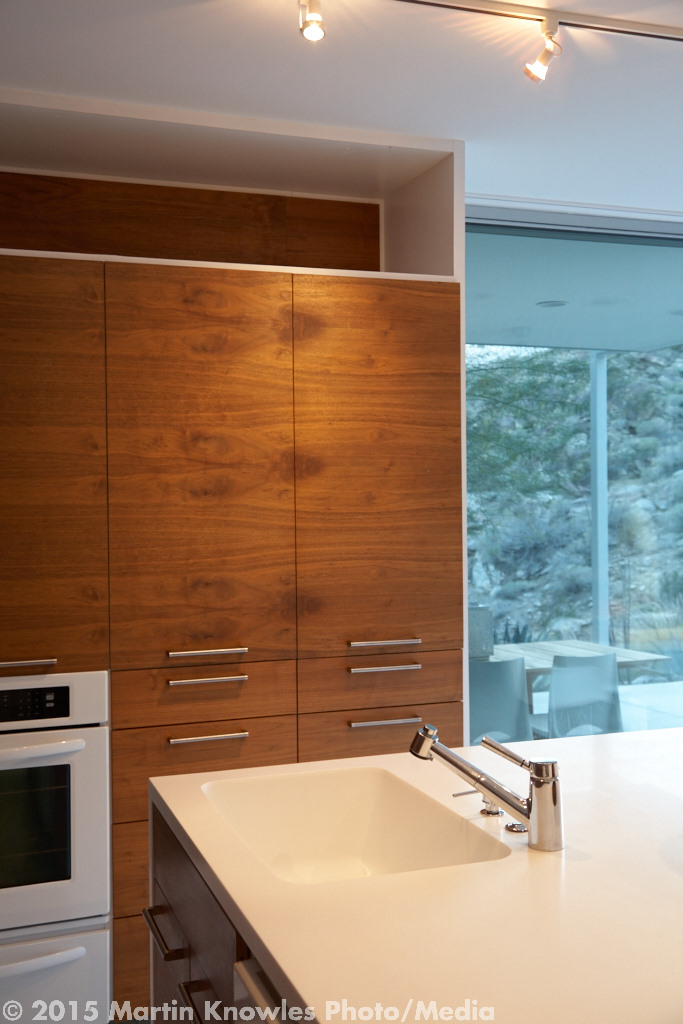
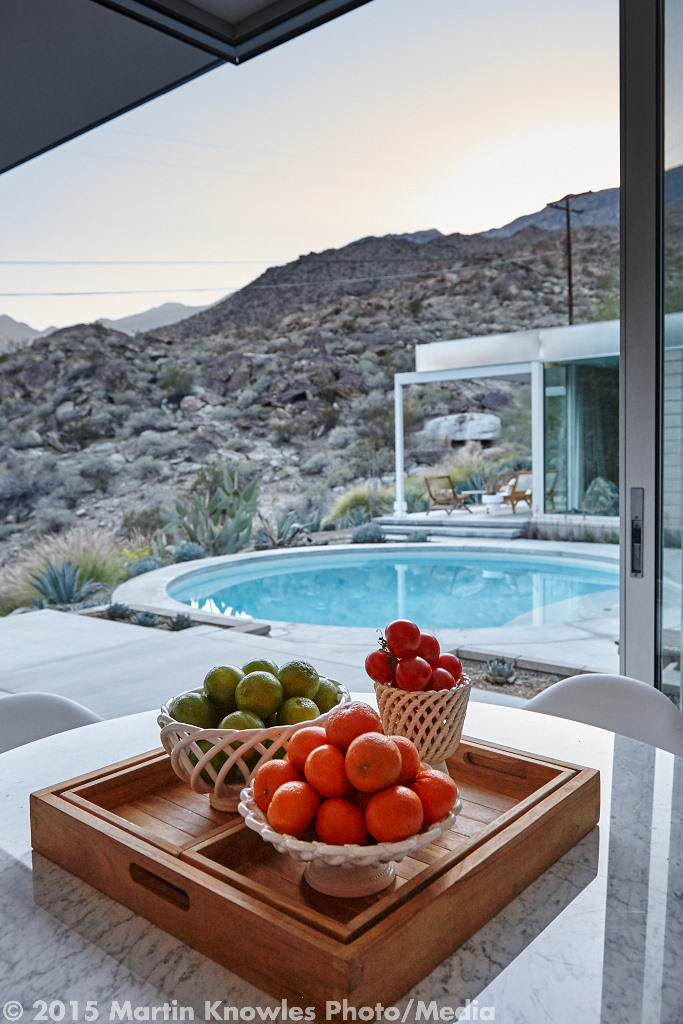

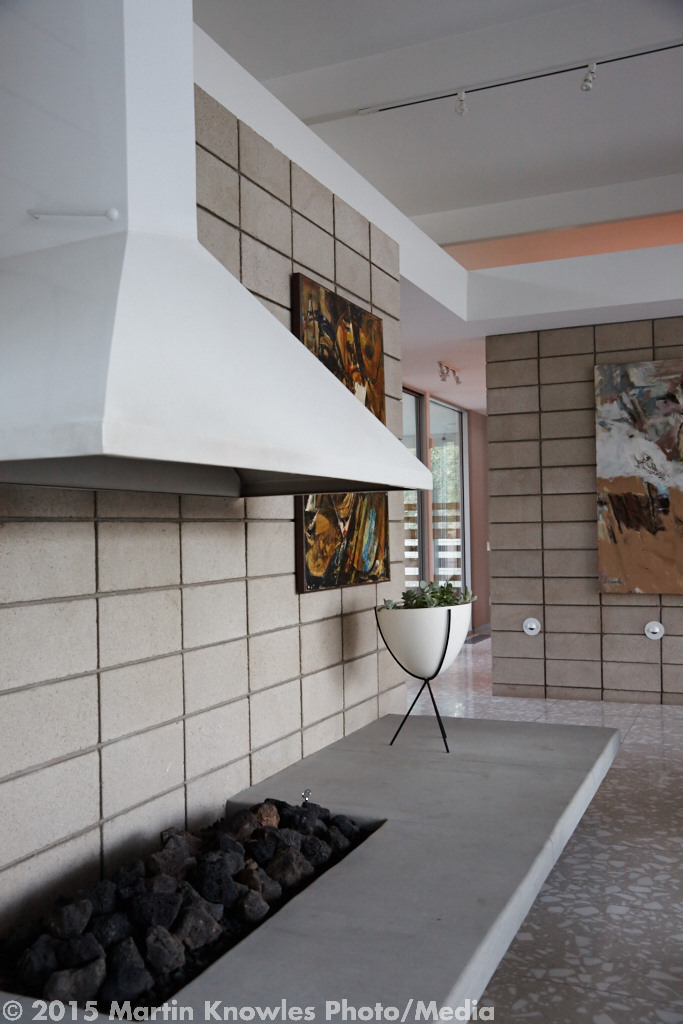
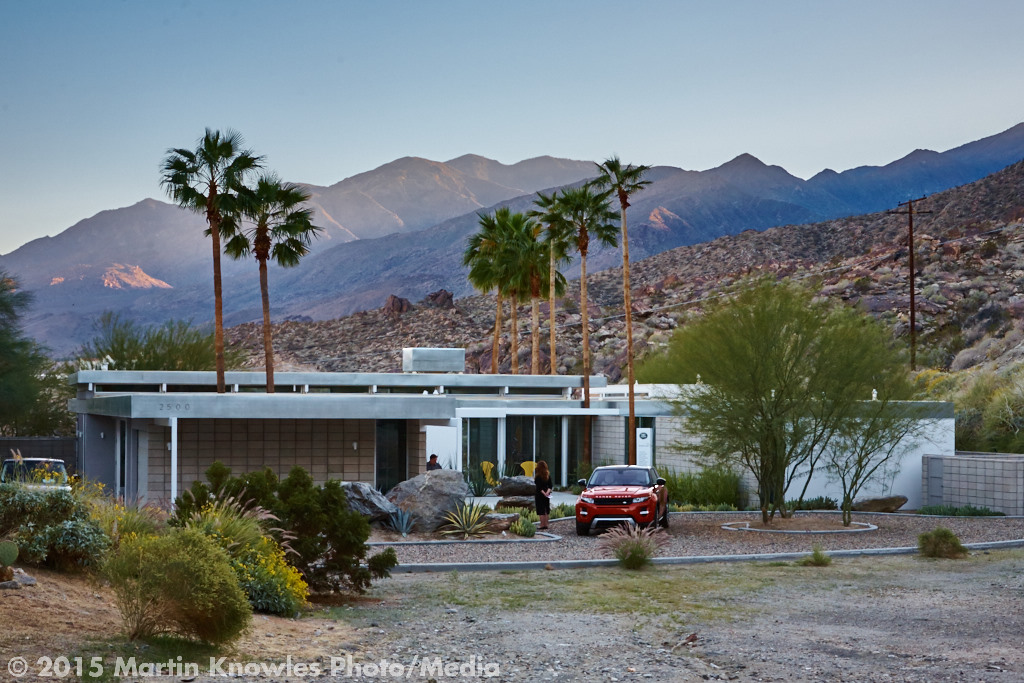
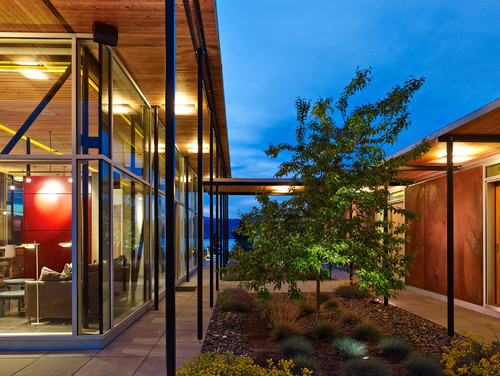




 I got universally positive reviews on this format: it was small enough to fit in a notebook, and thin enough that it would fit on the end of a 2x4 wall or on the A-pillar of a pickup truck--and that's important when you have a lot of builder clients!
I got universally positive reviews on this format: it was small enough to fit in a notebook, and thin enough that it would fit on the end of a 2x4 wall or on the A-pillar of a pickup truck--and that's important when you have a lot of builder clients!